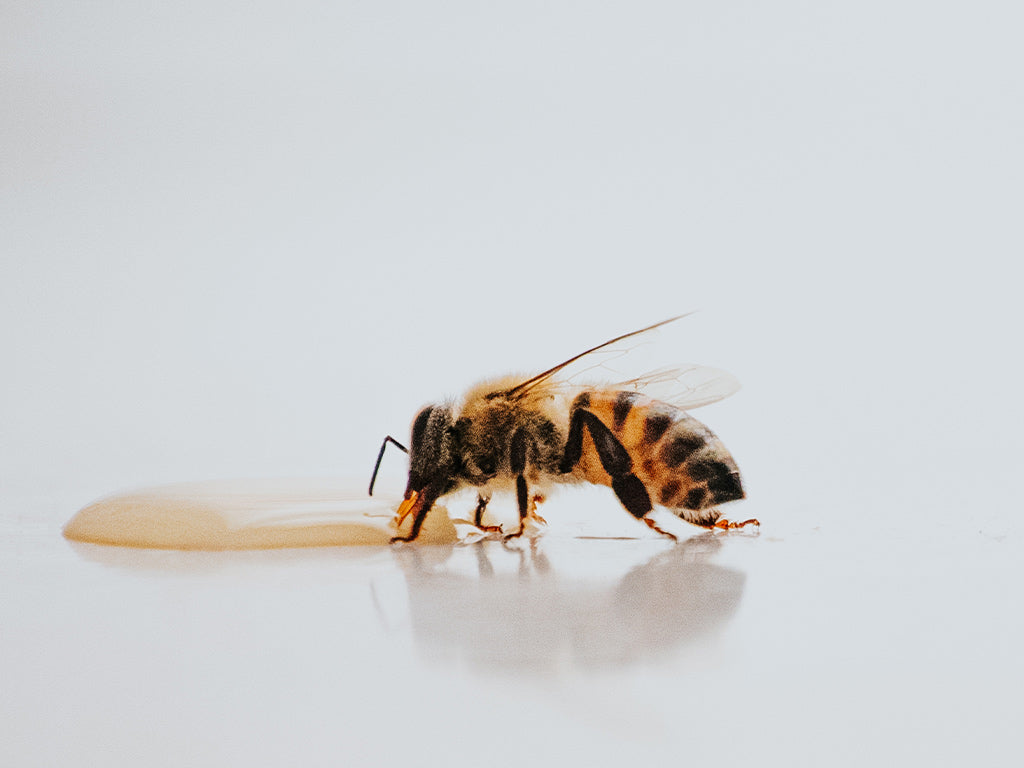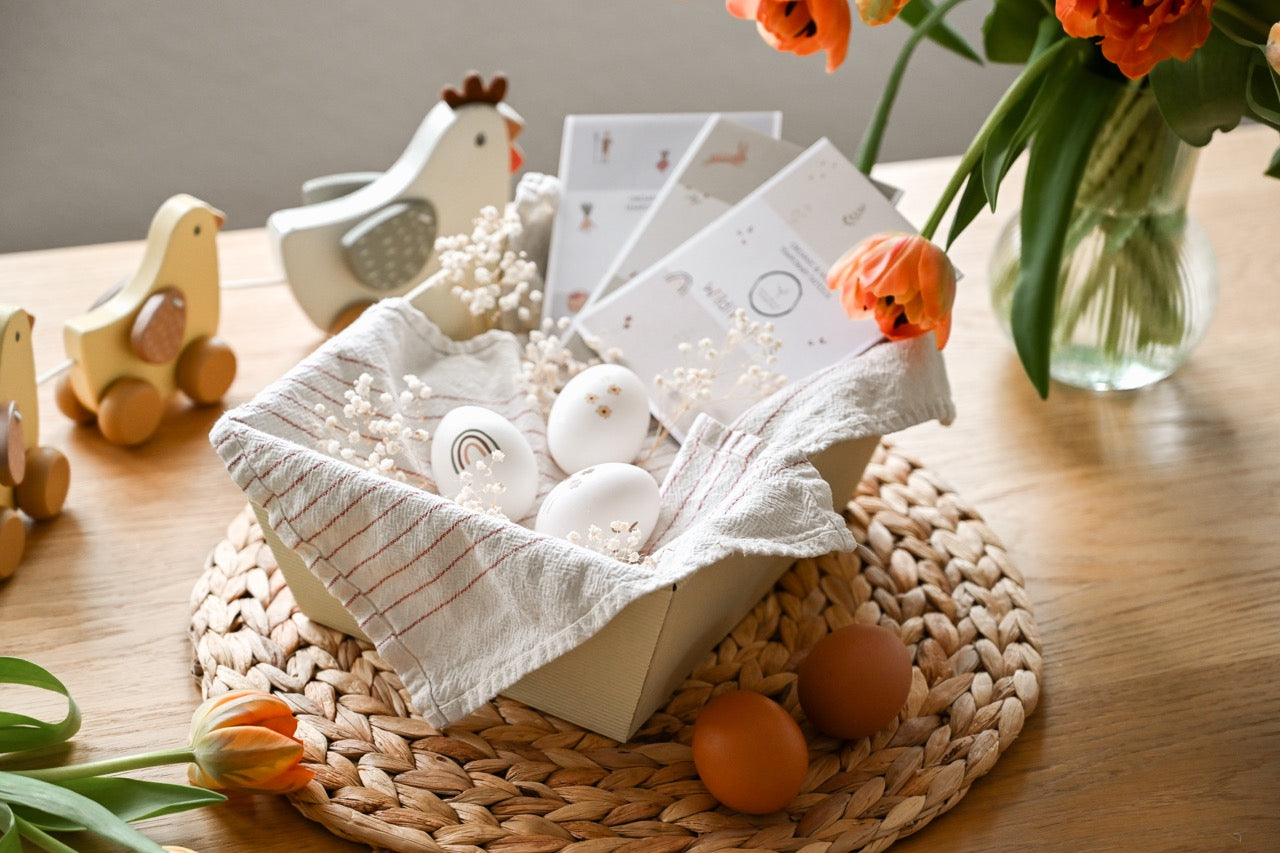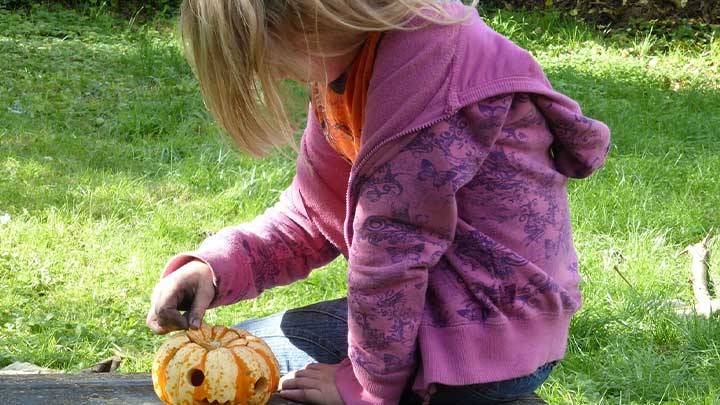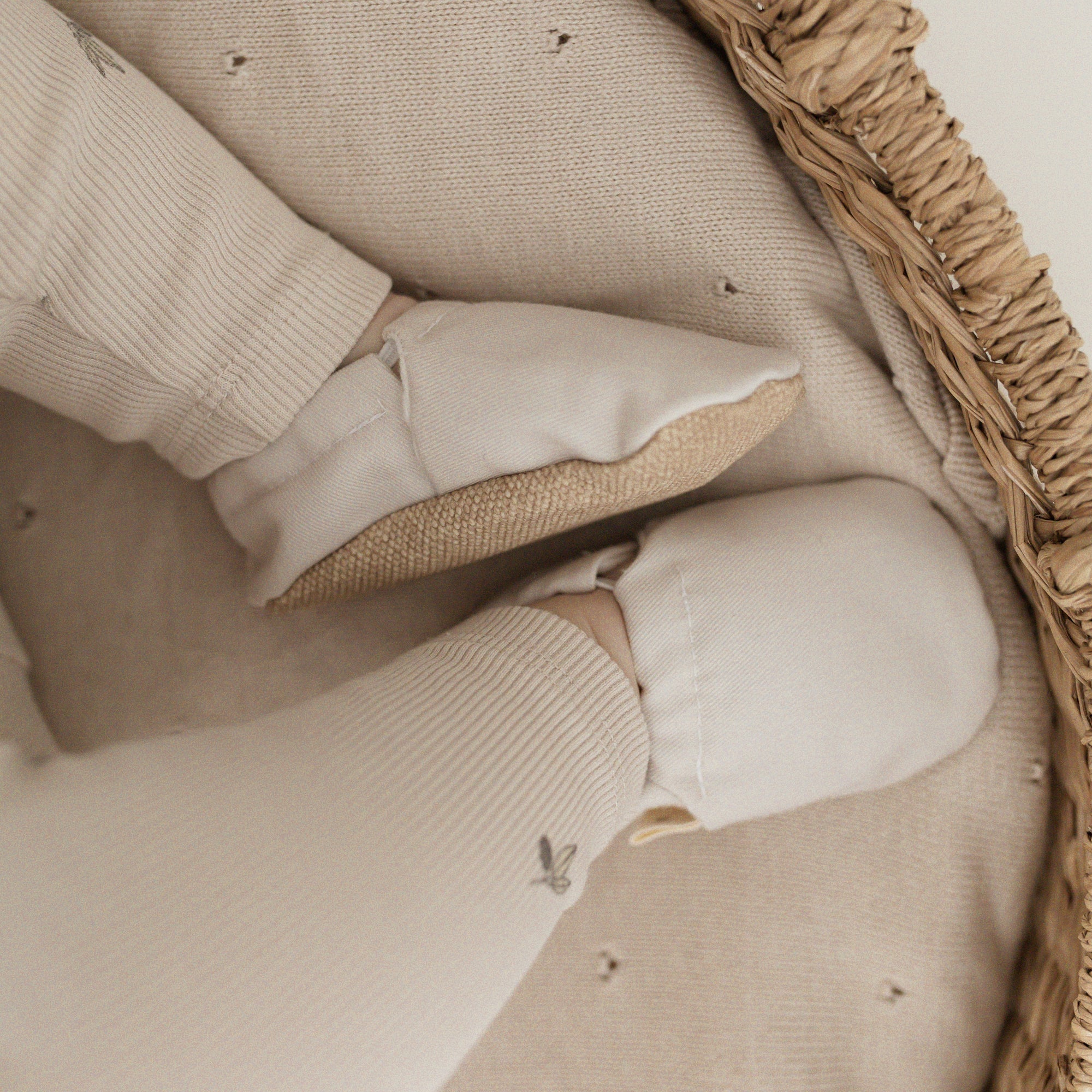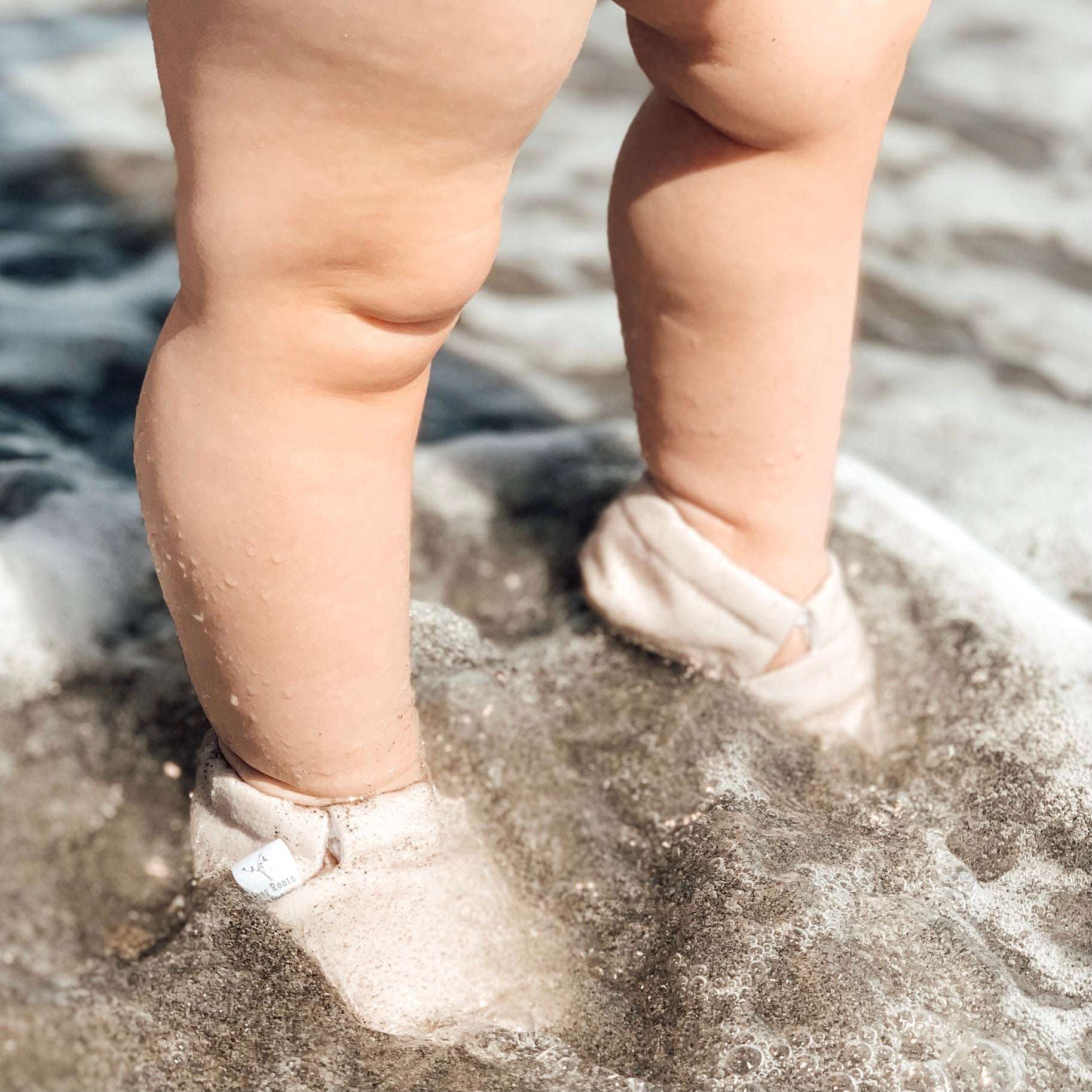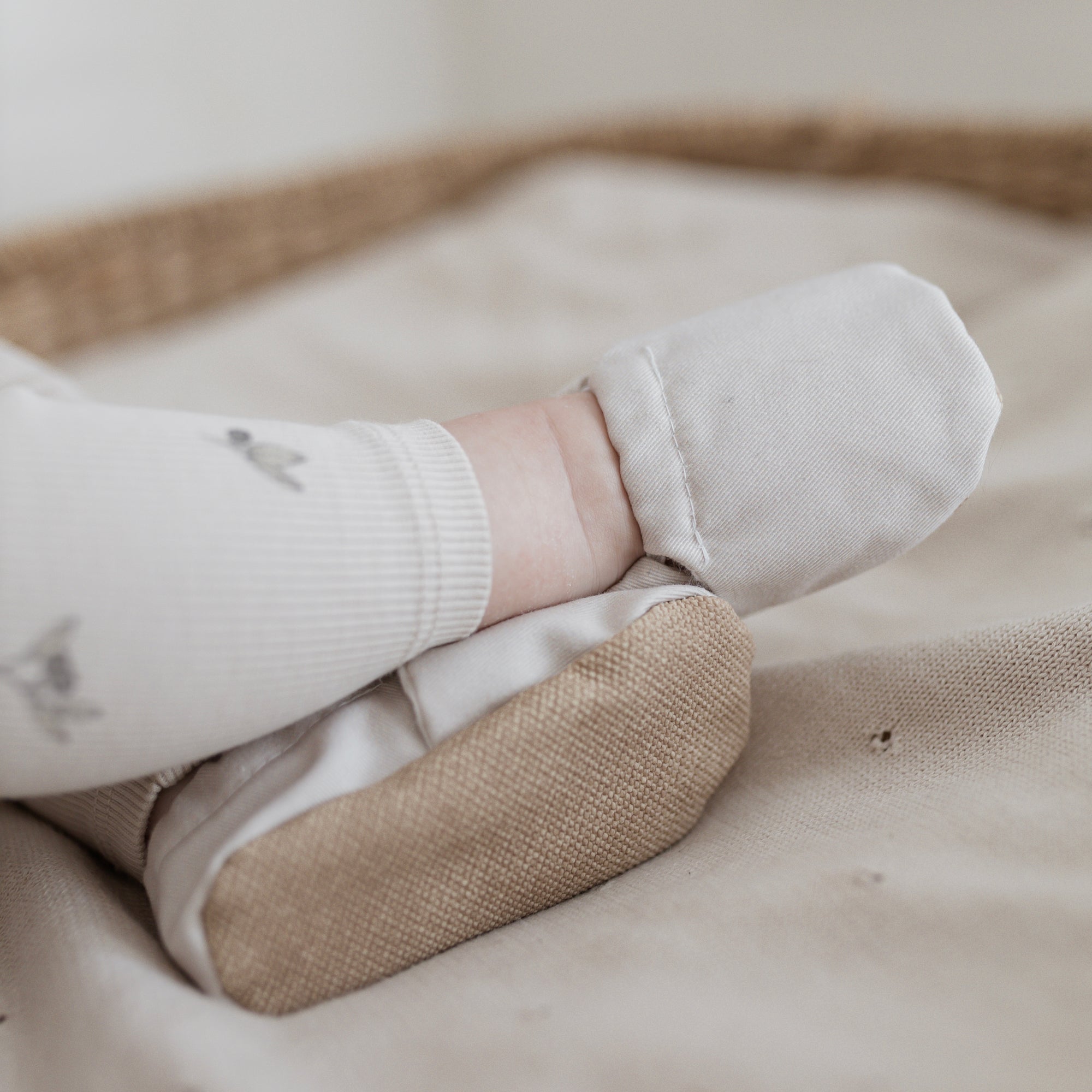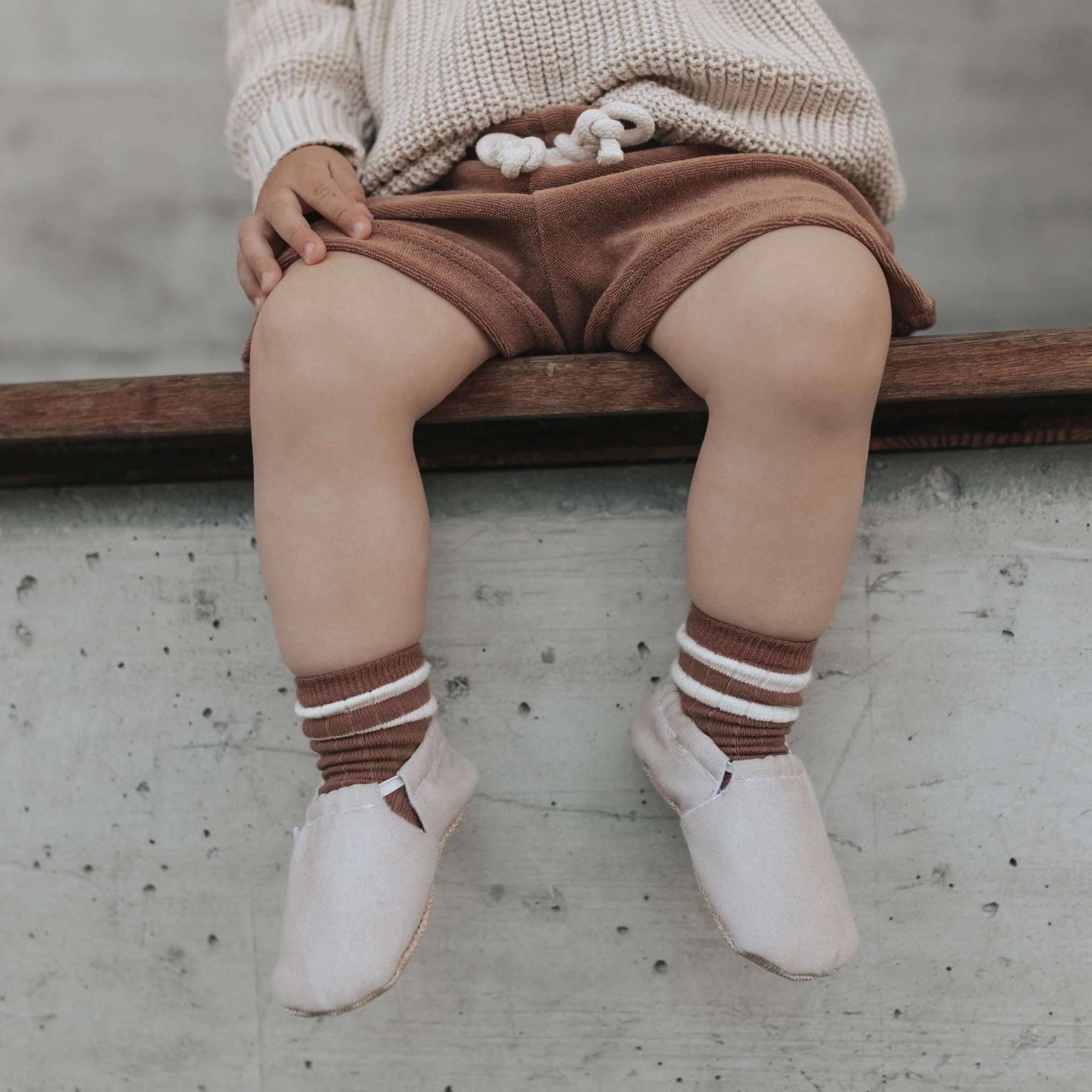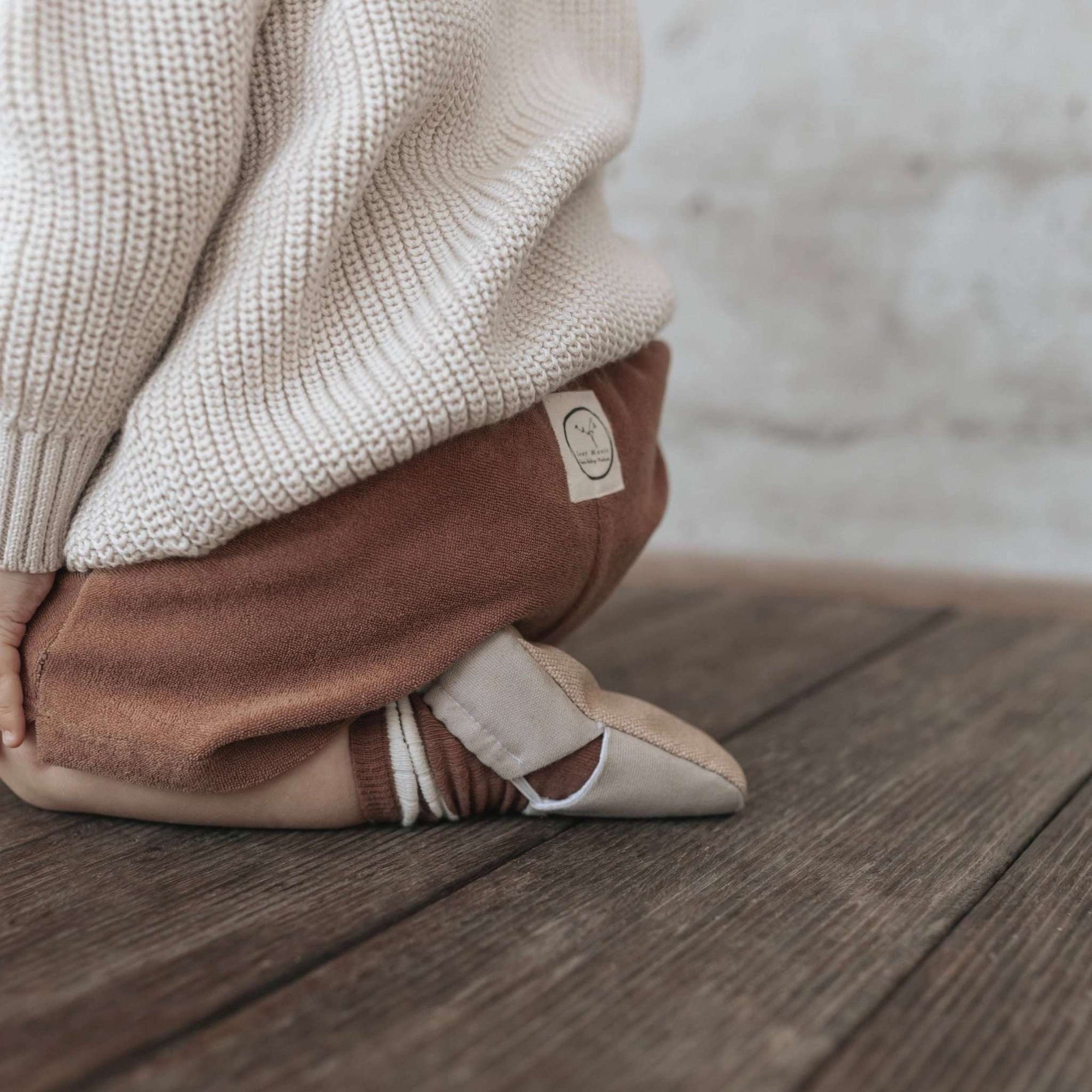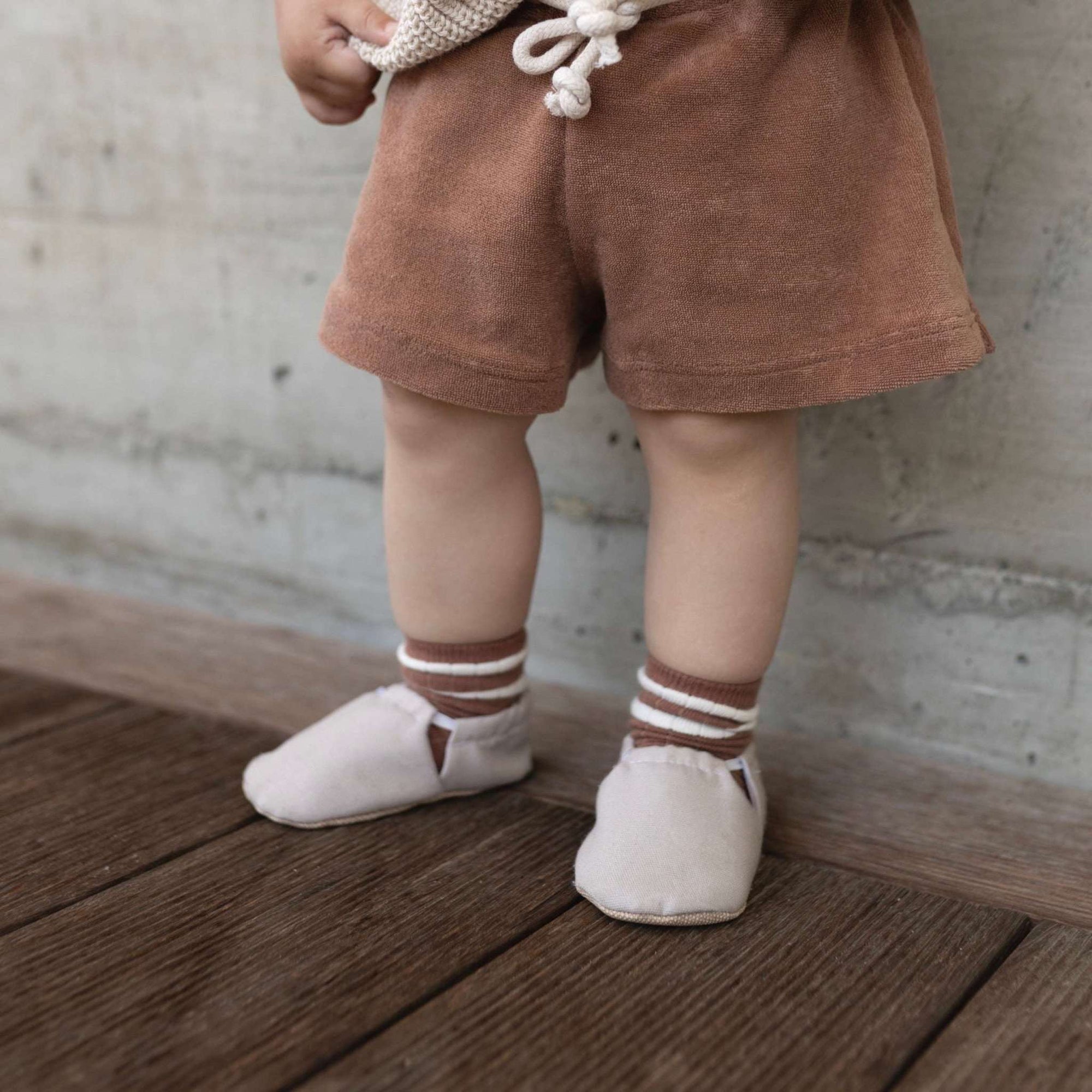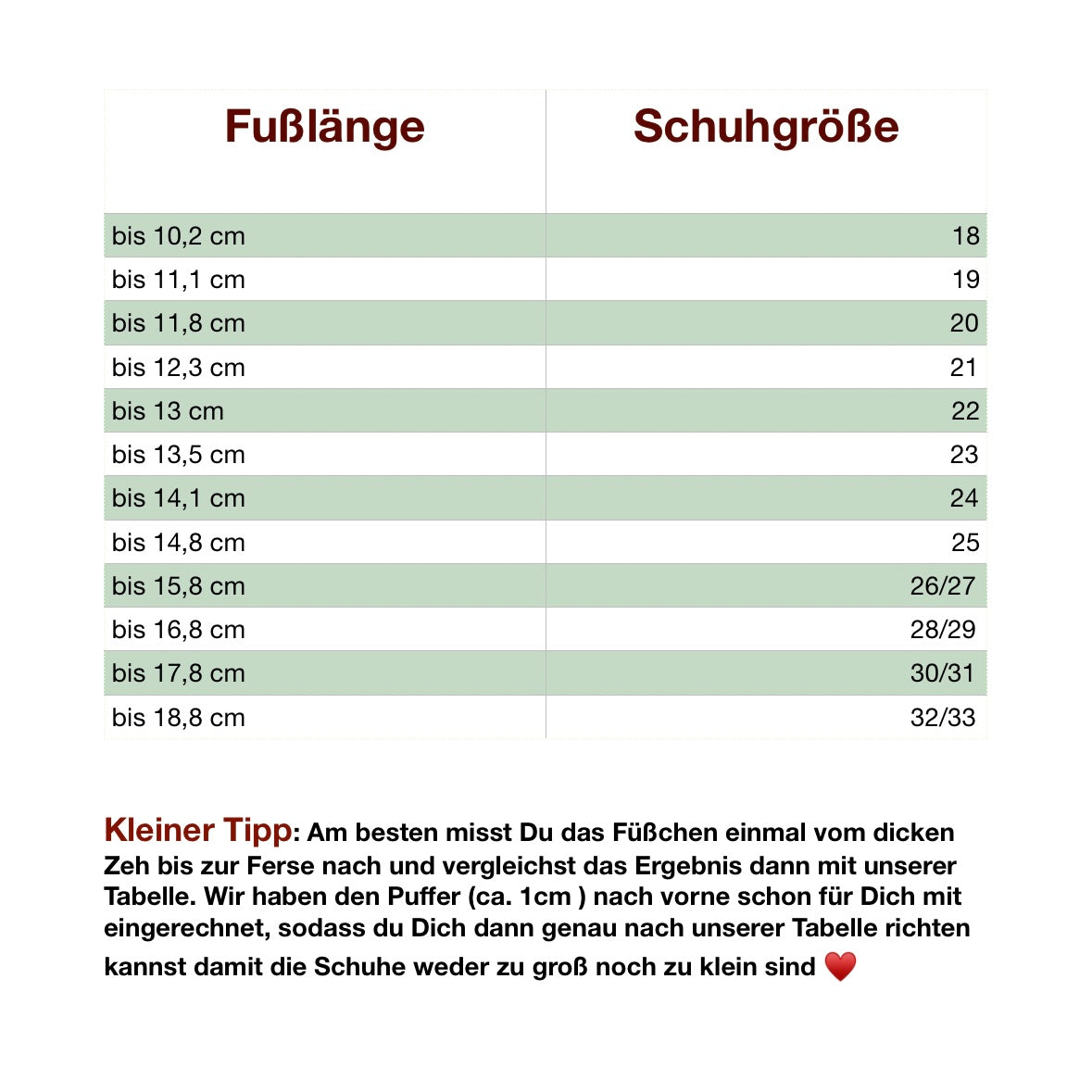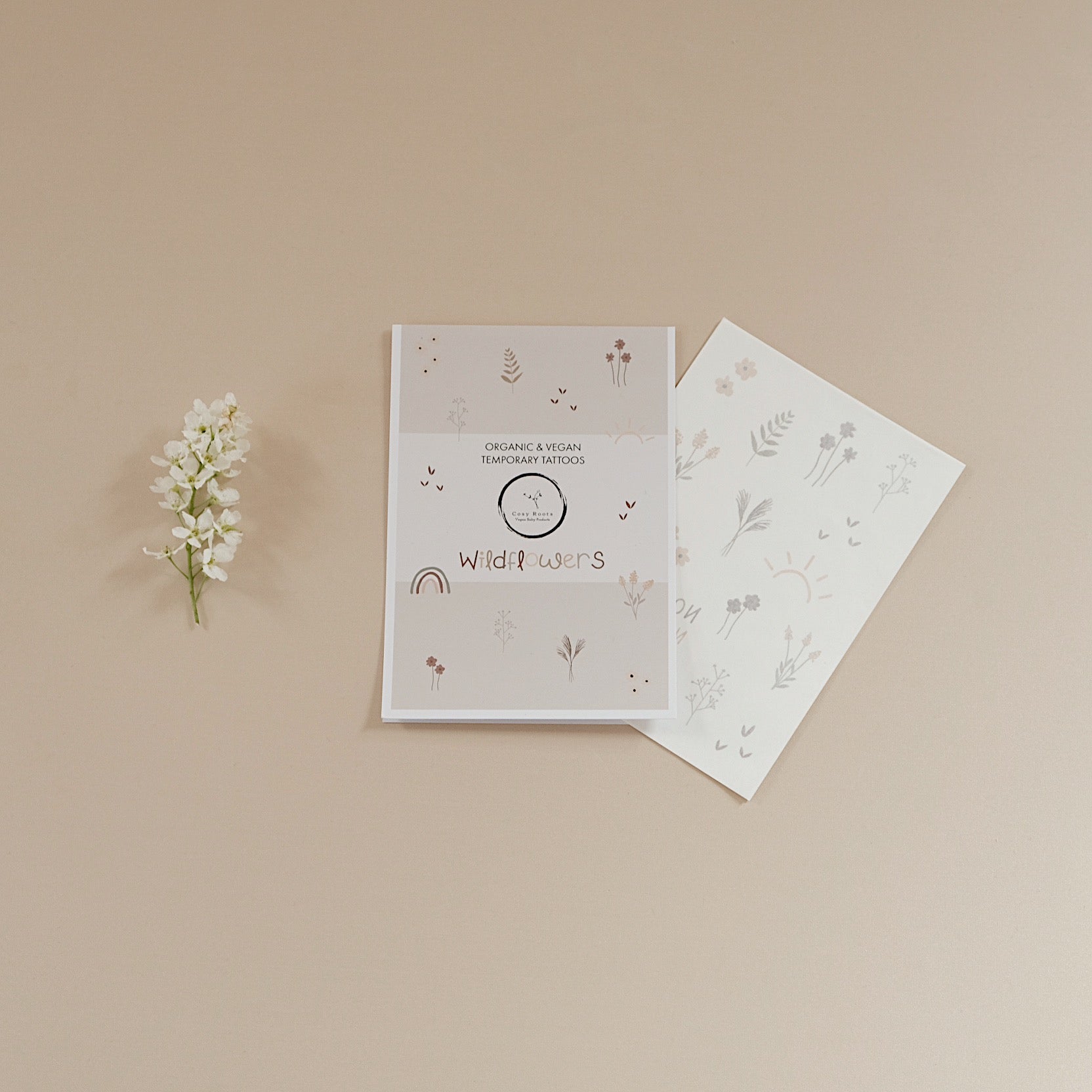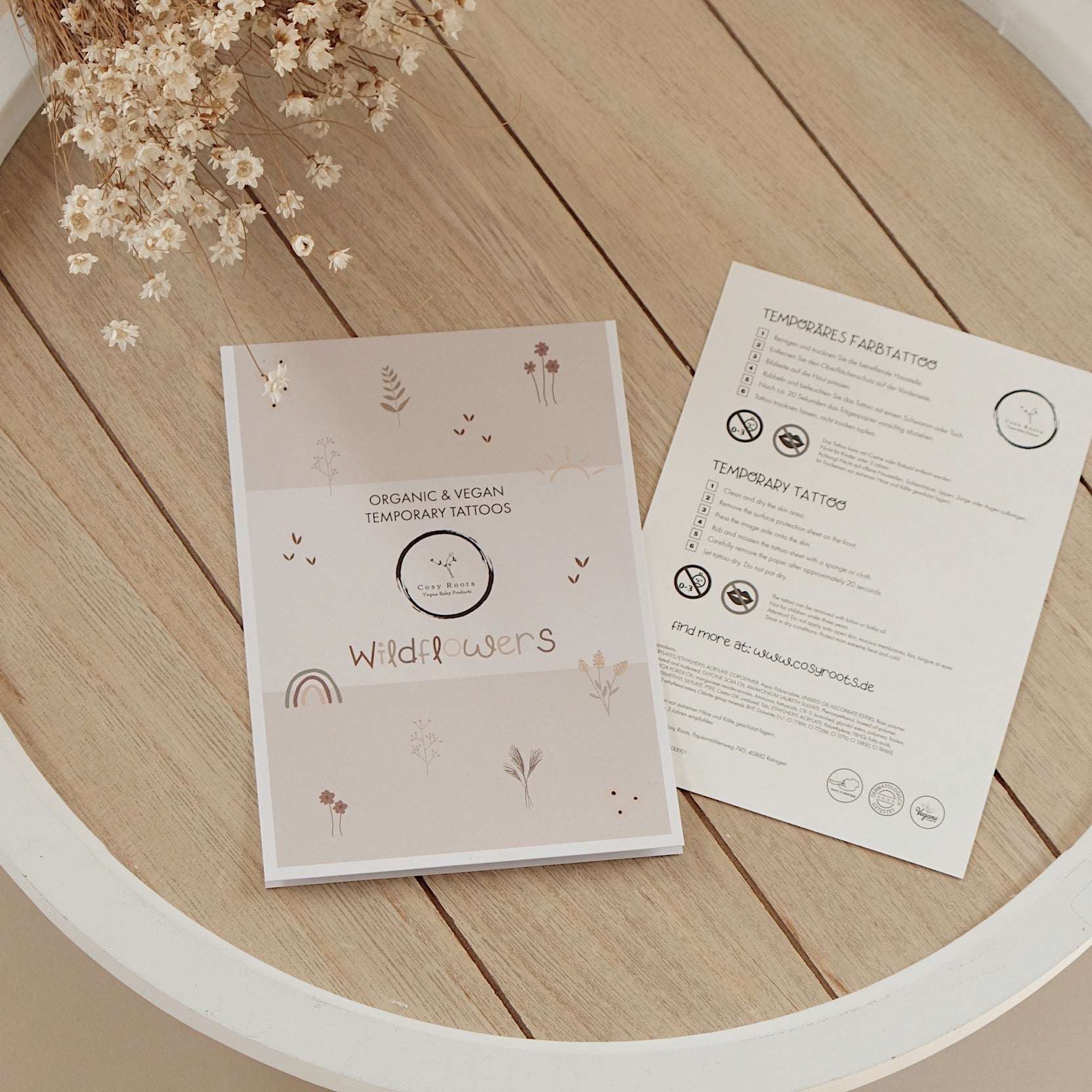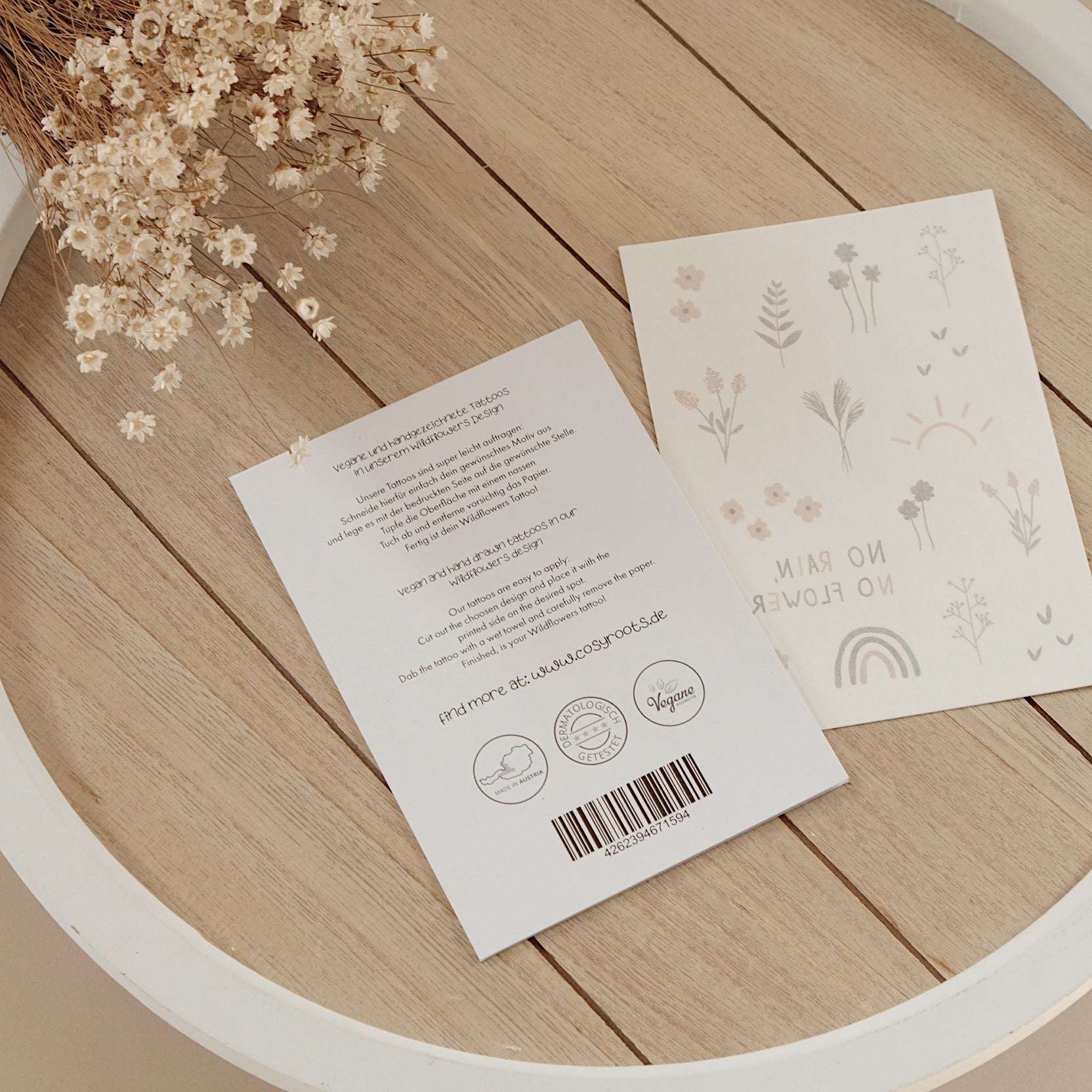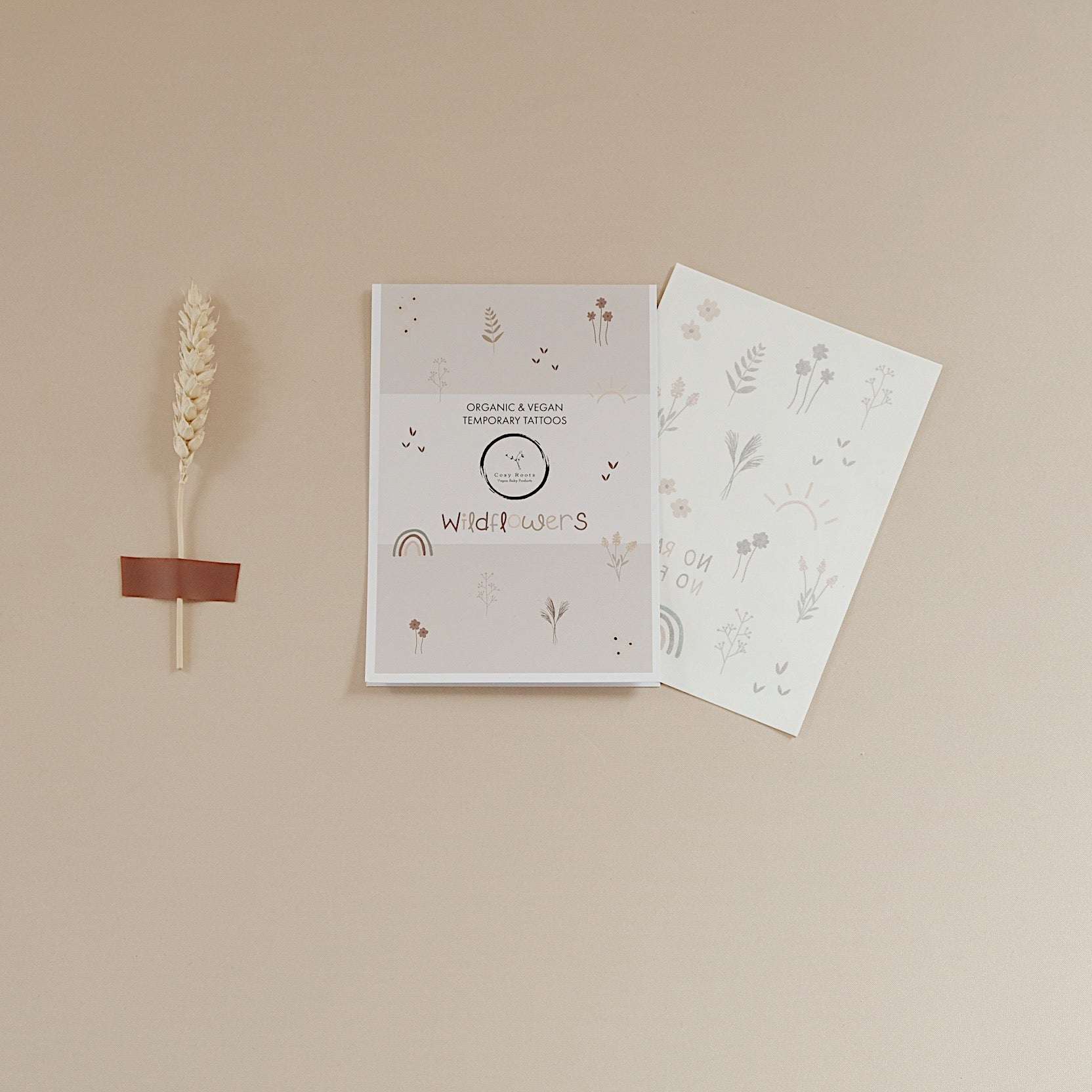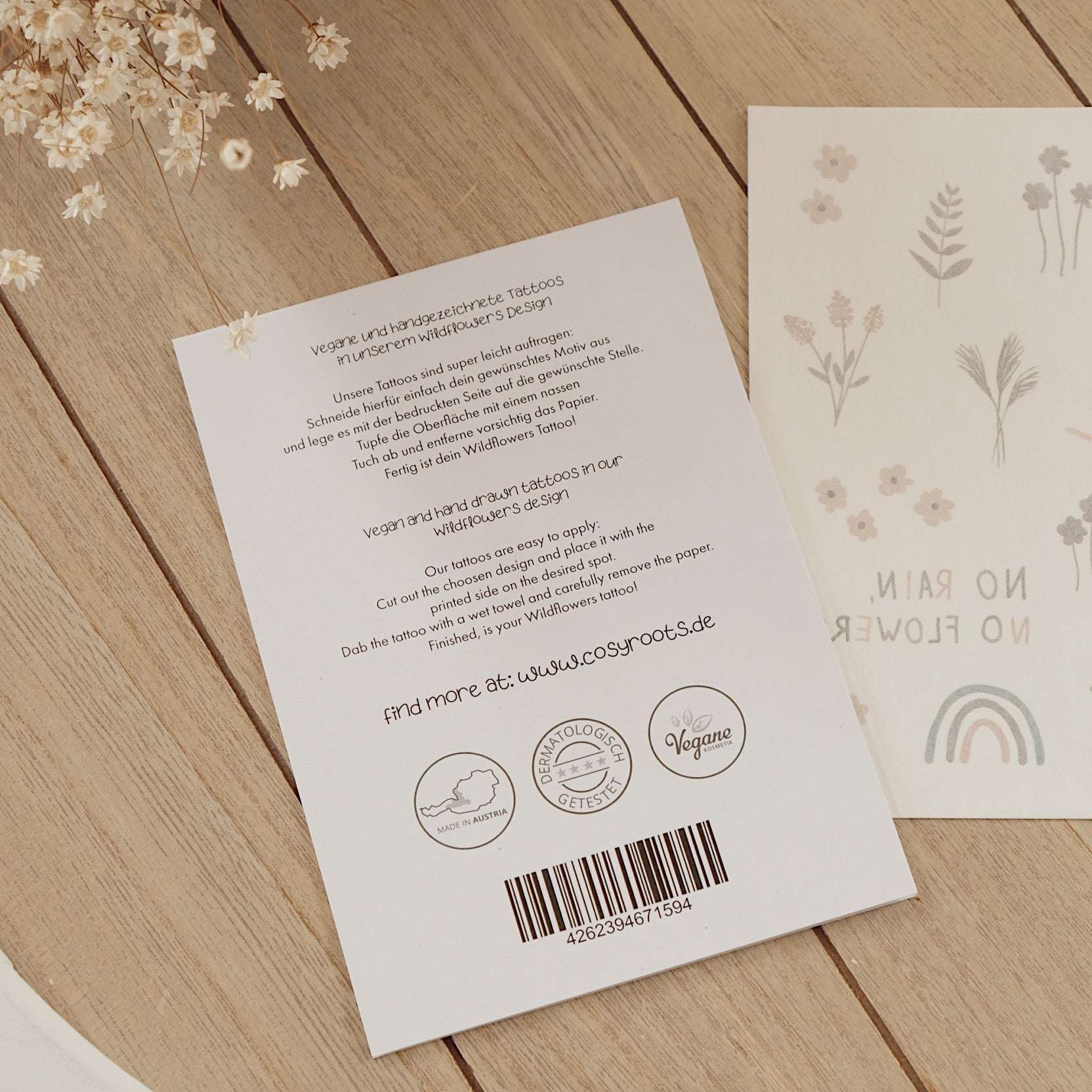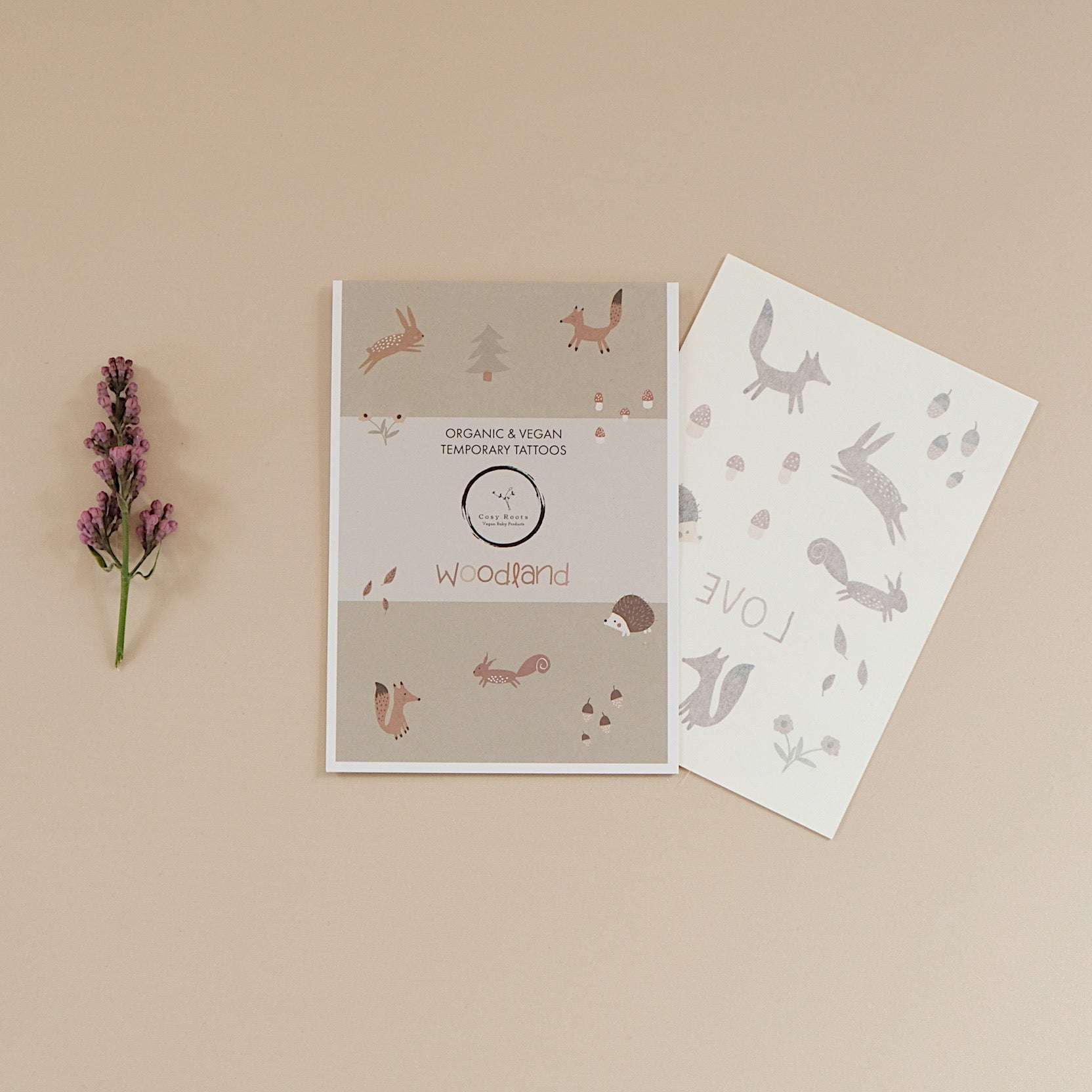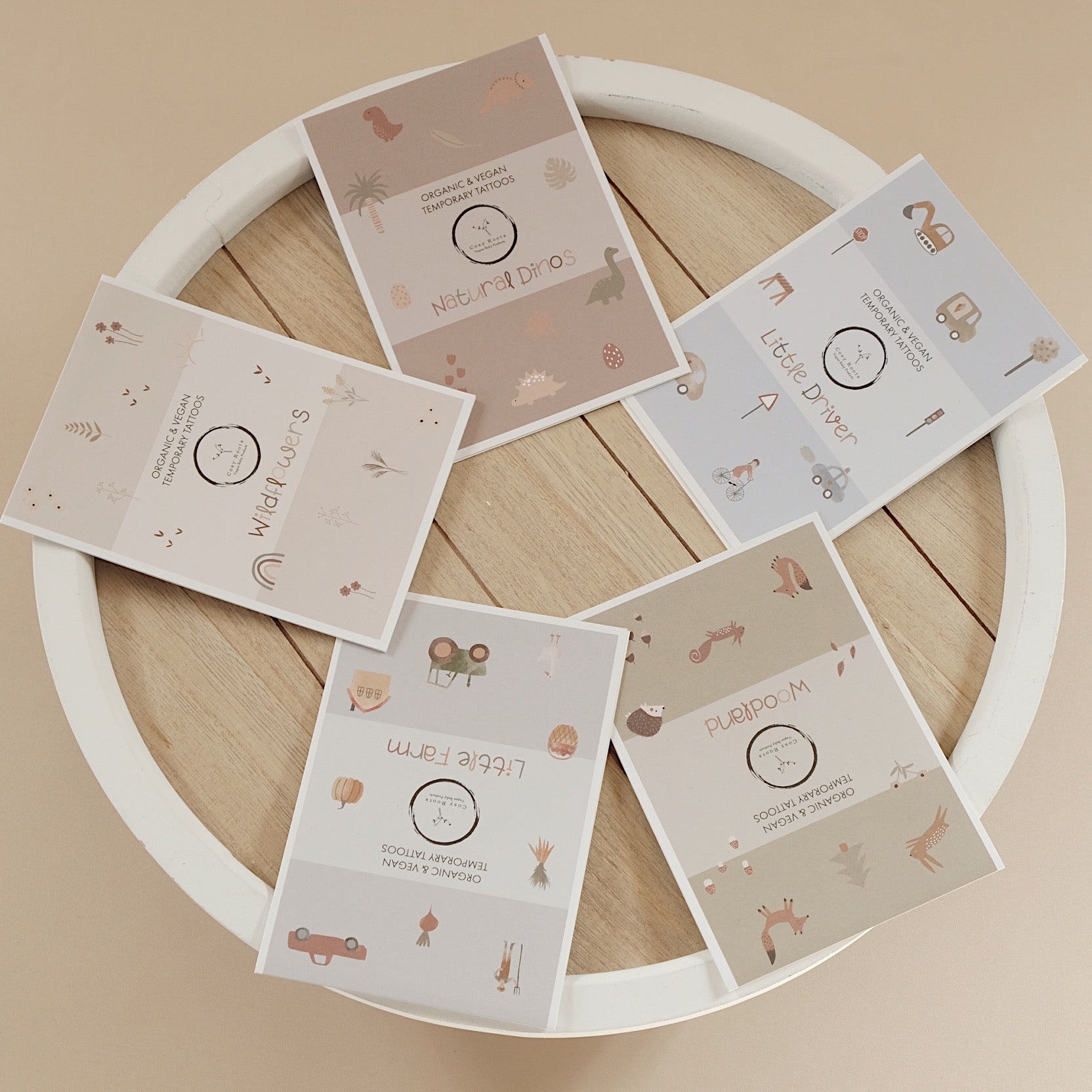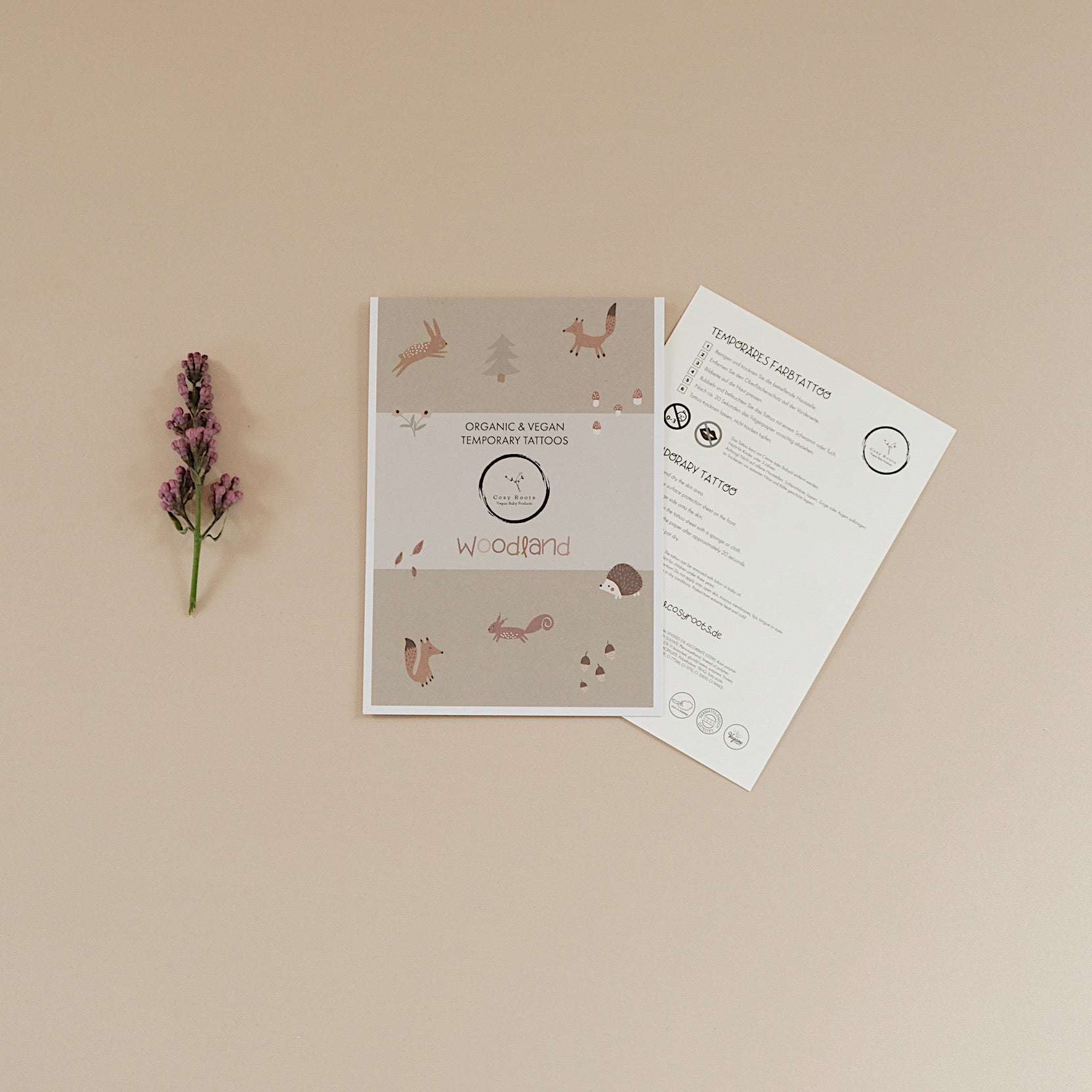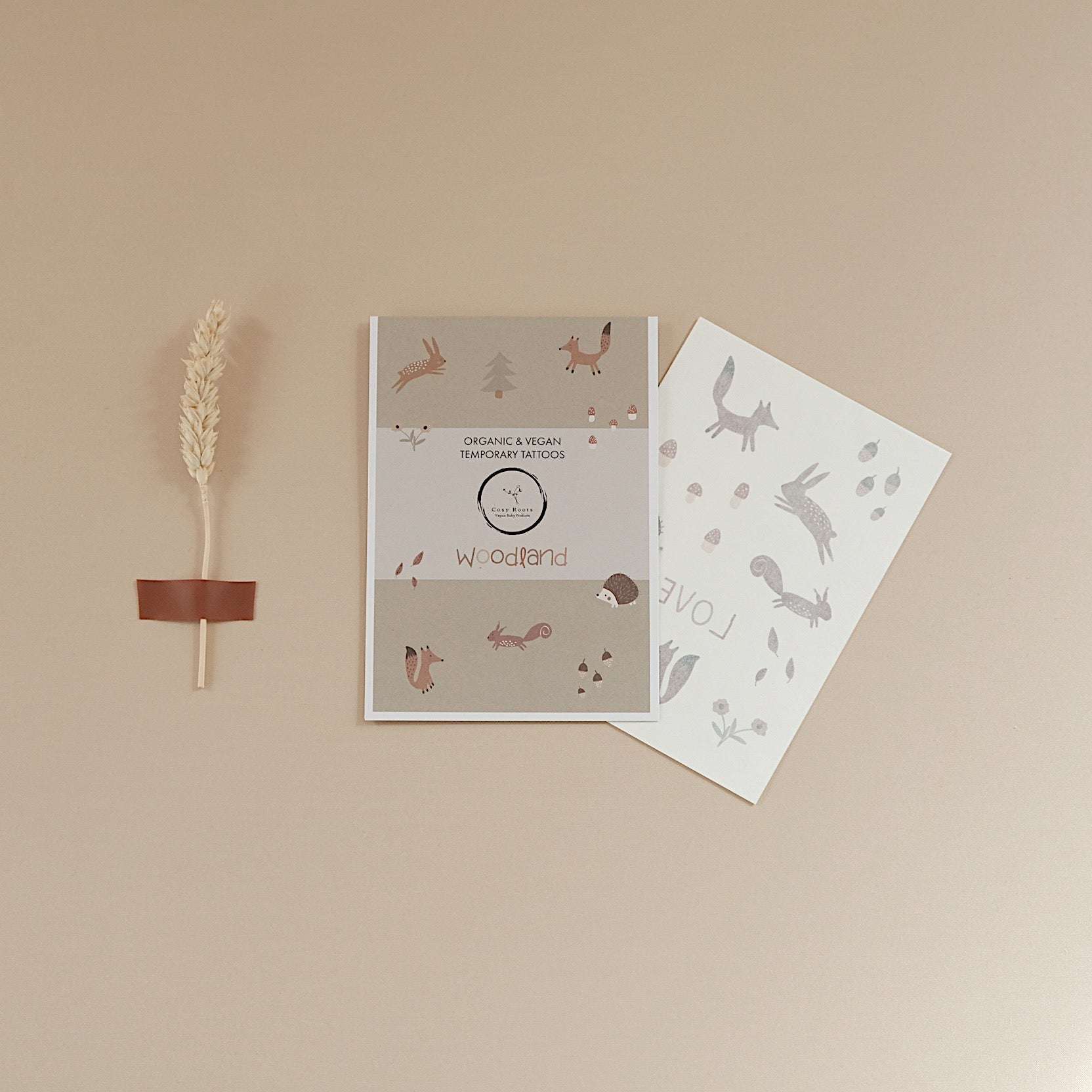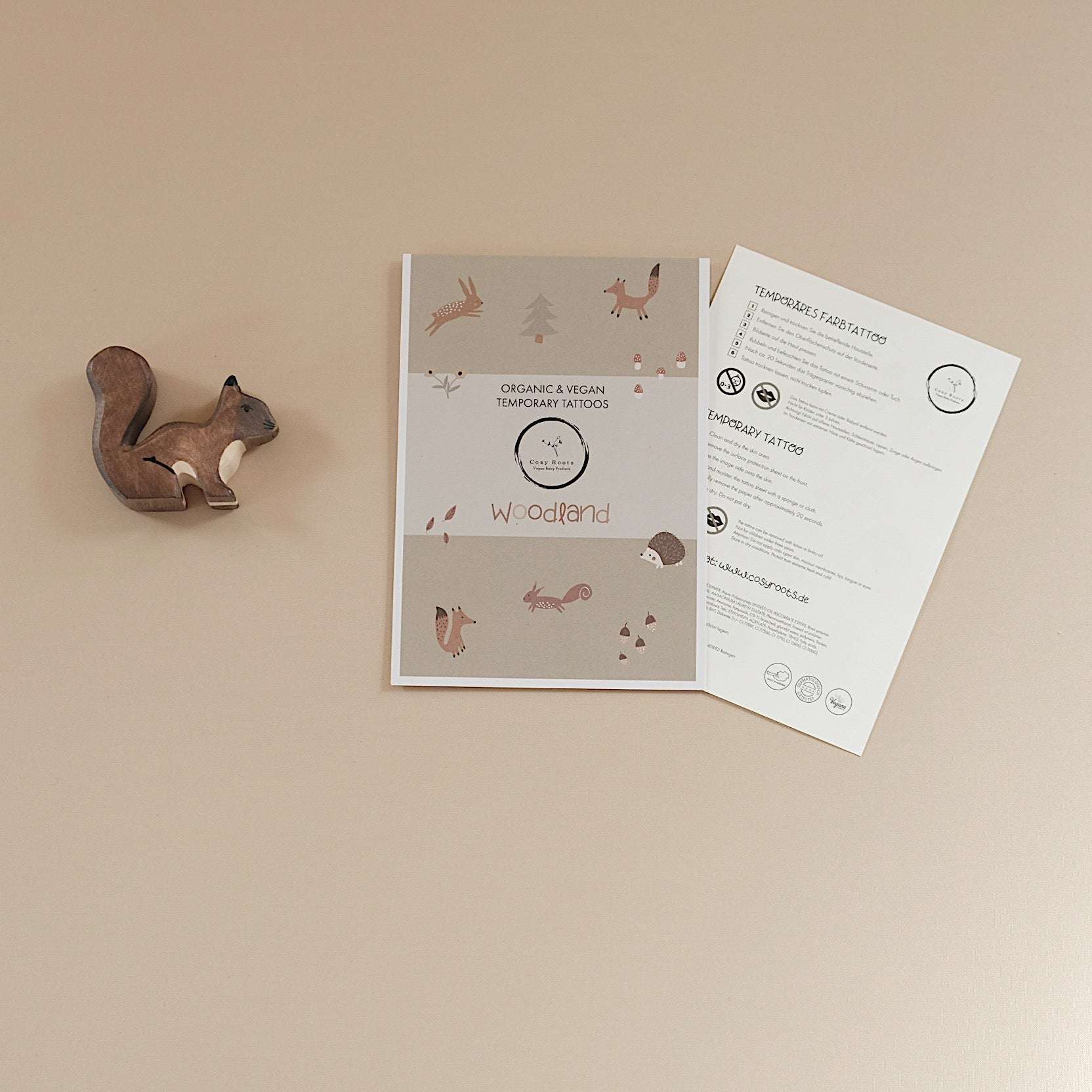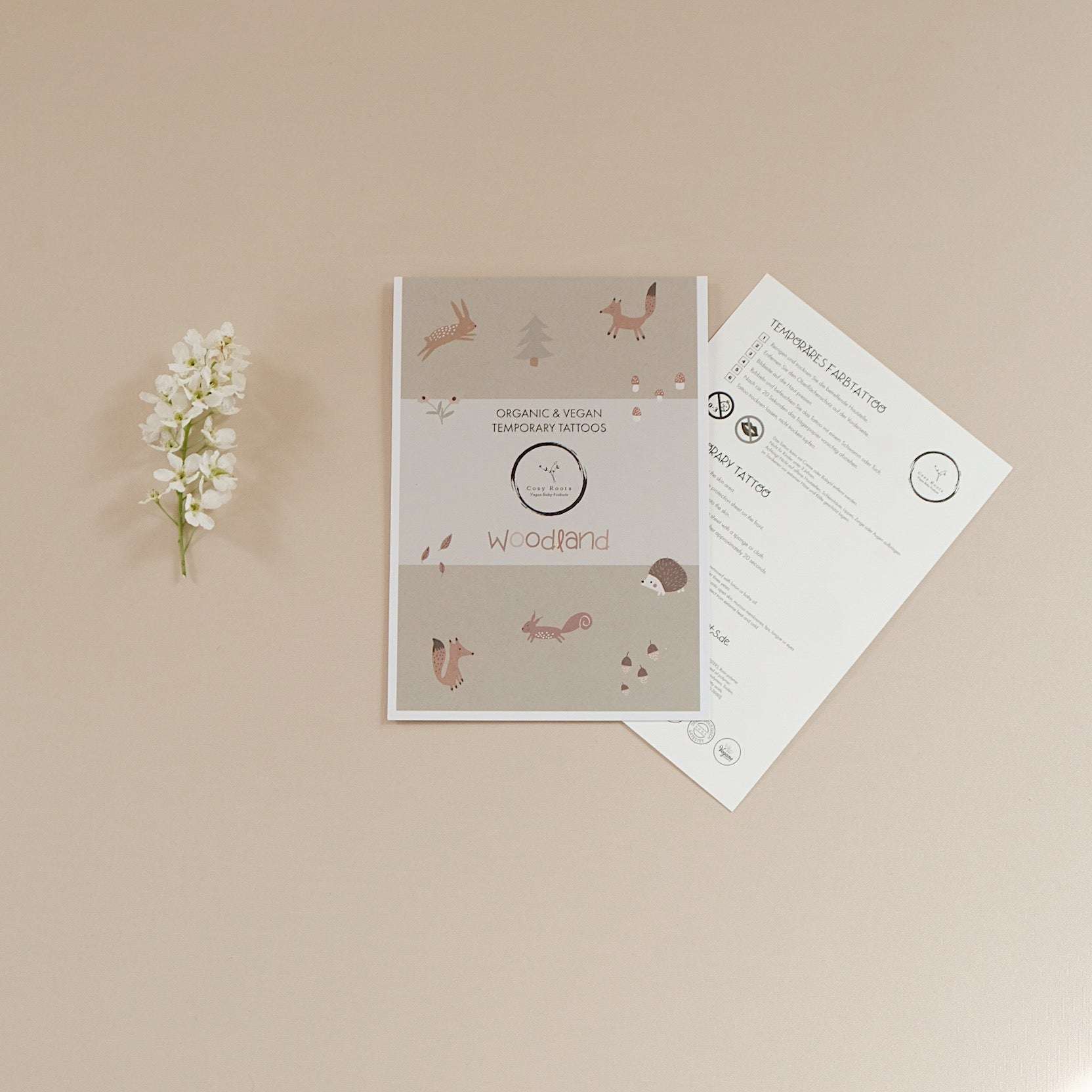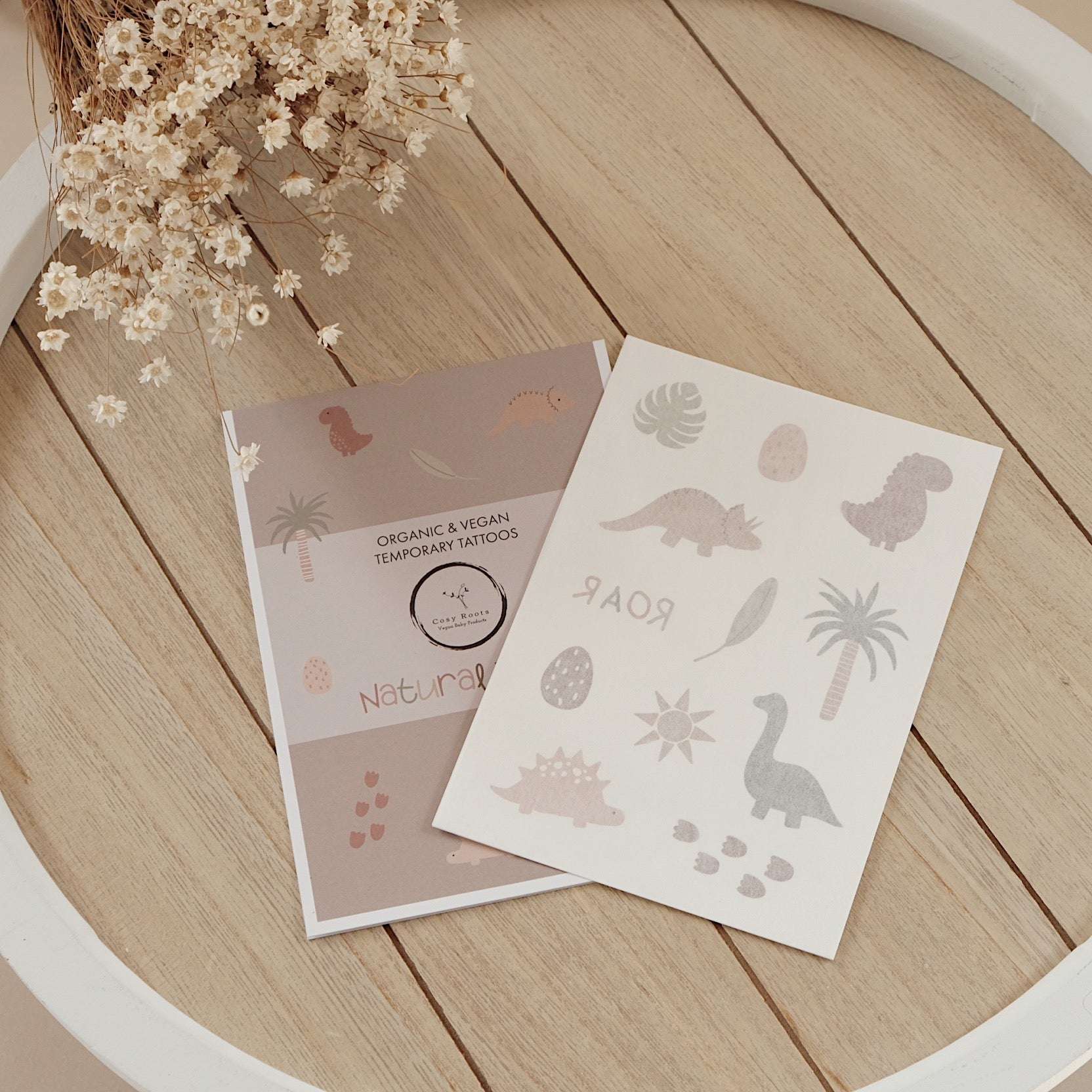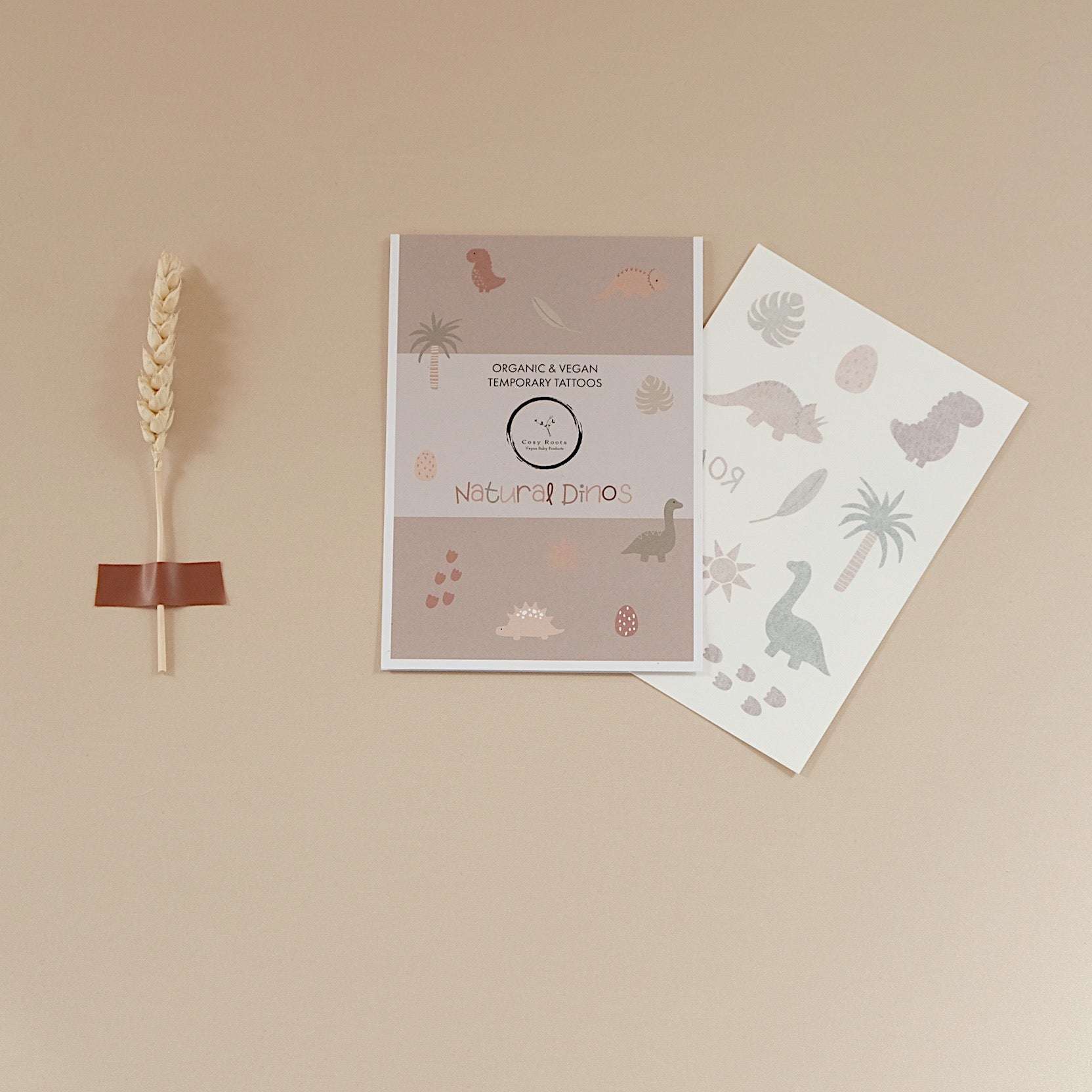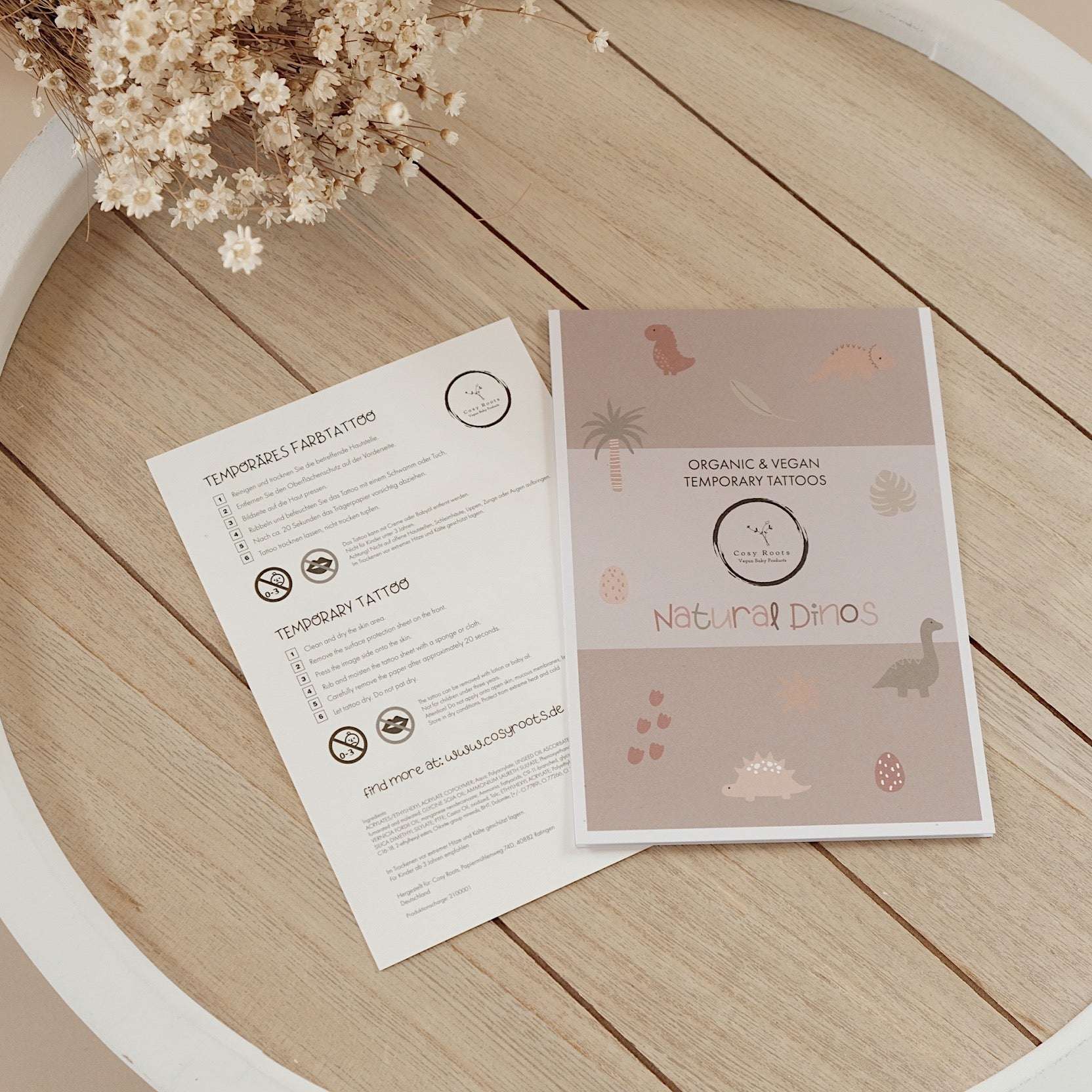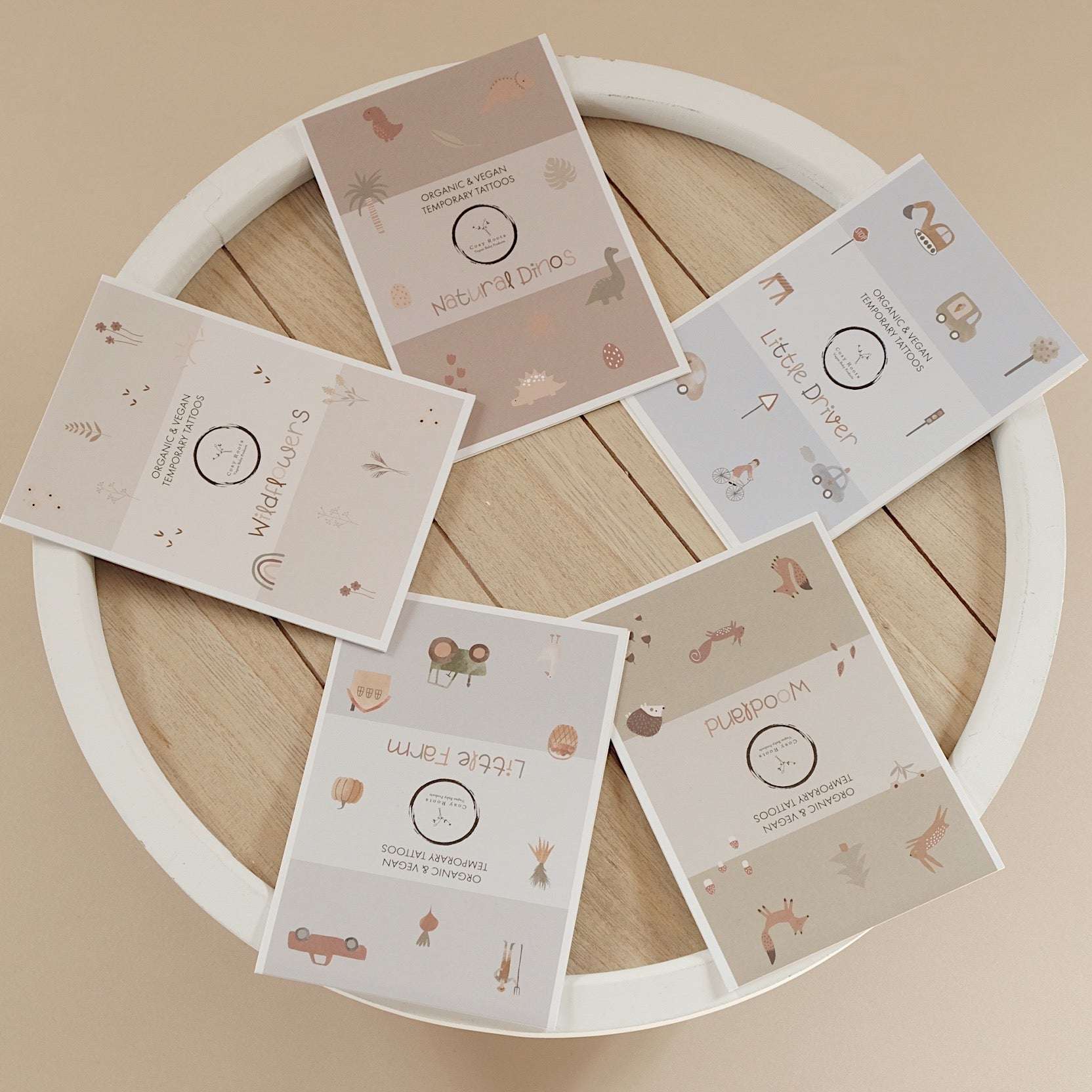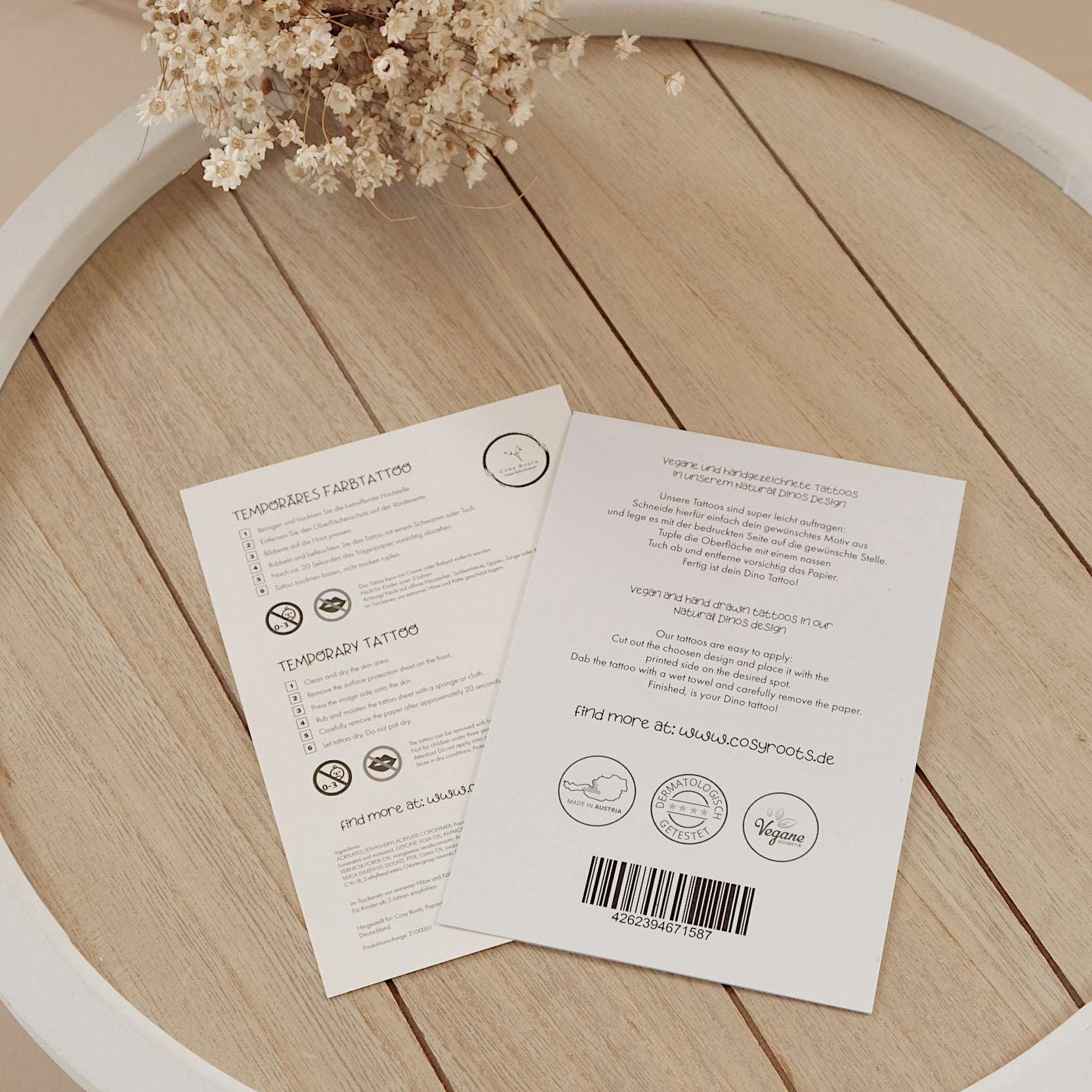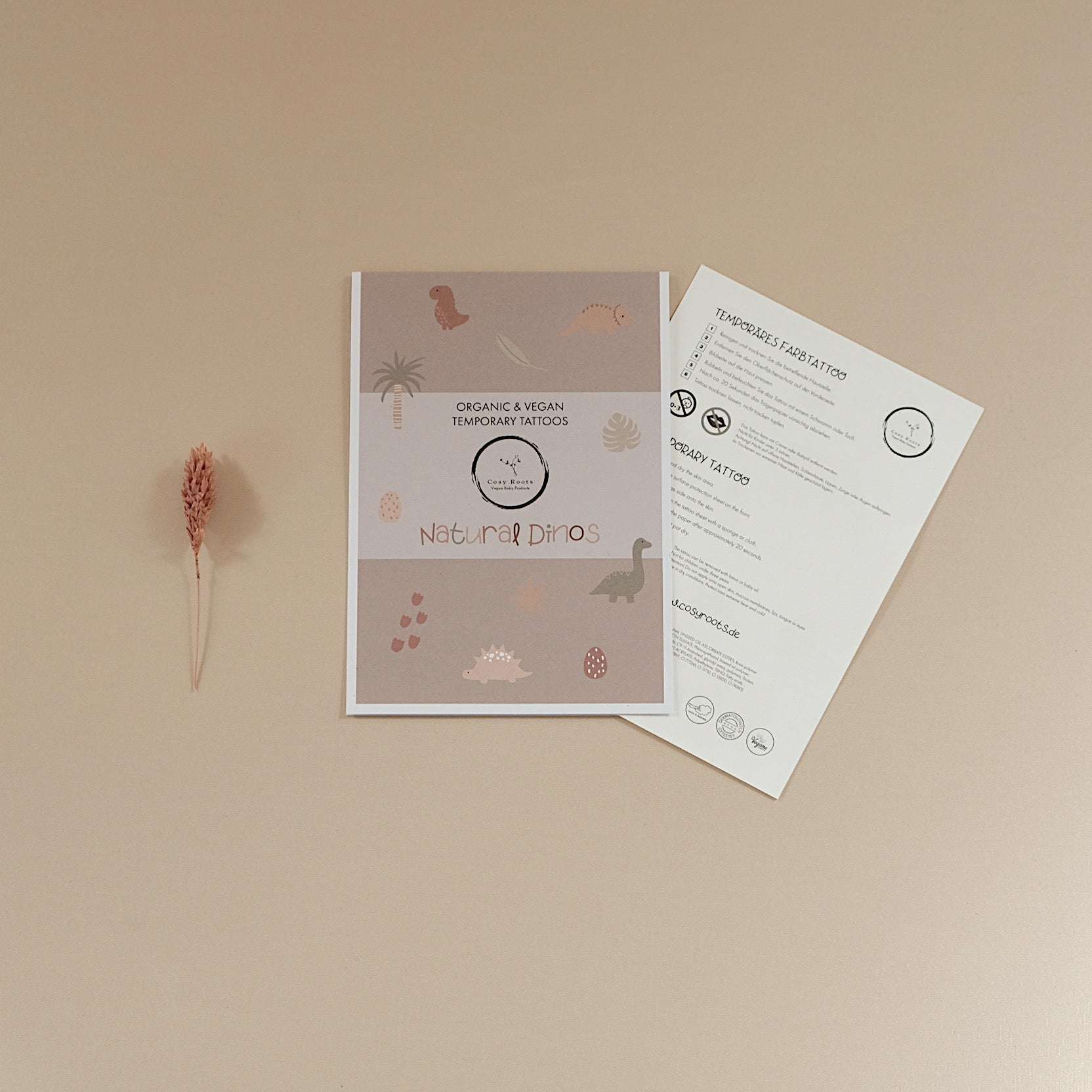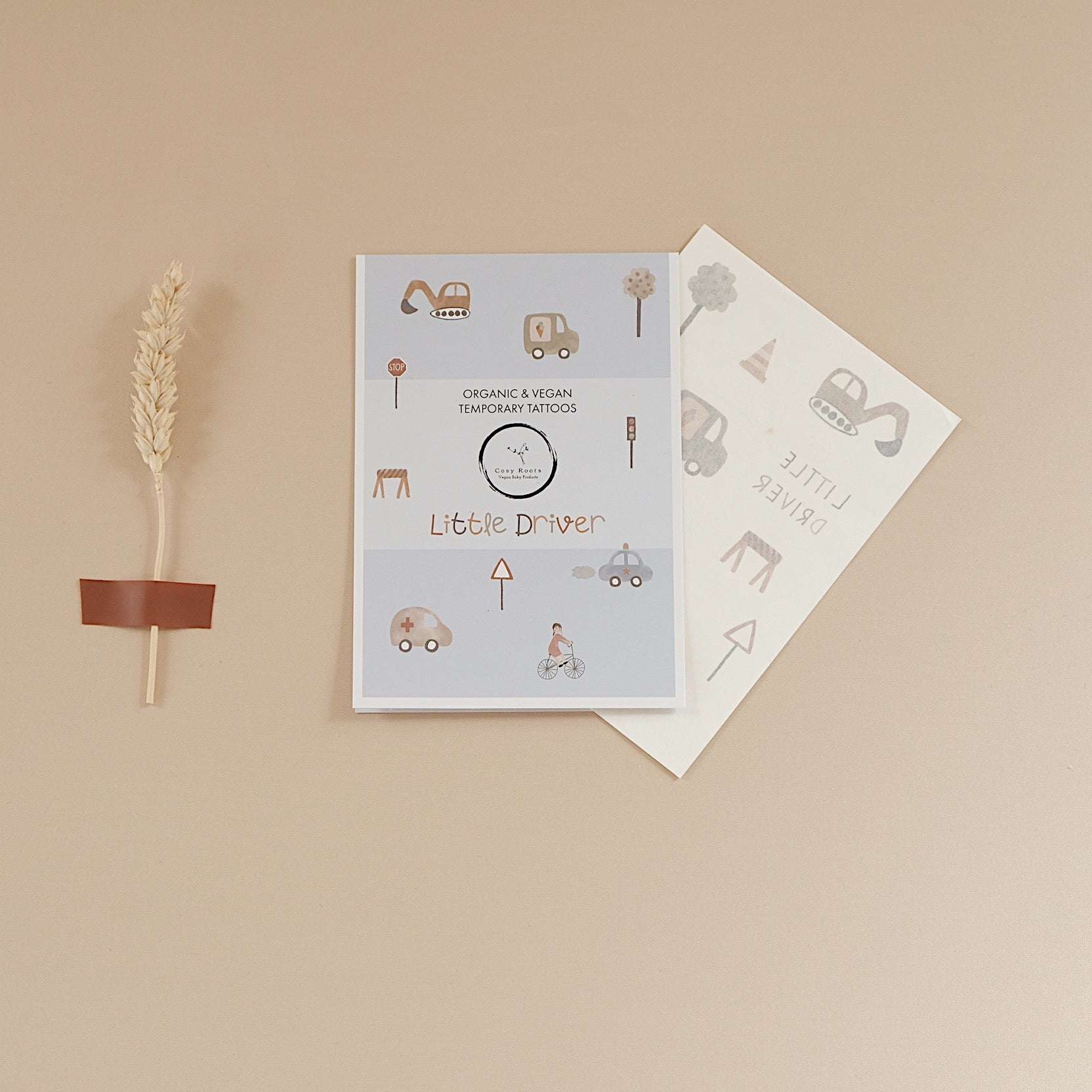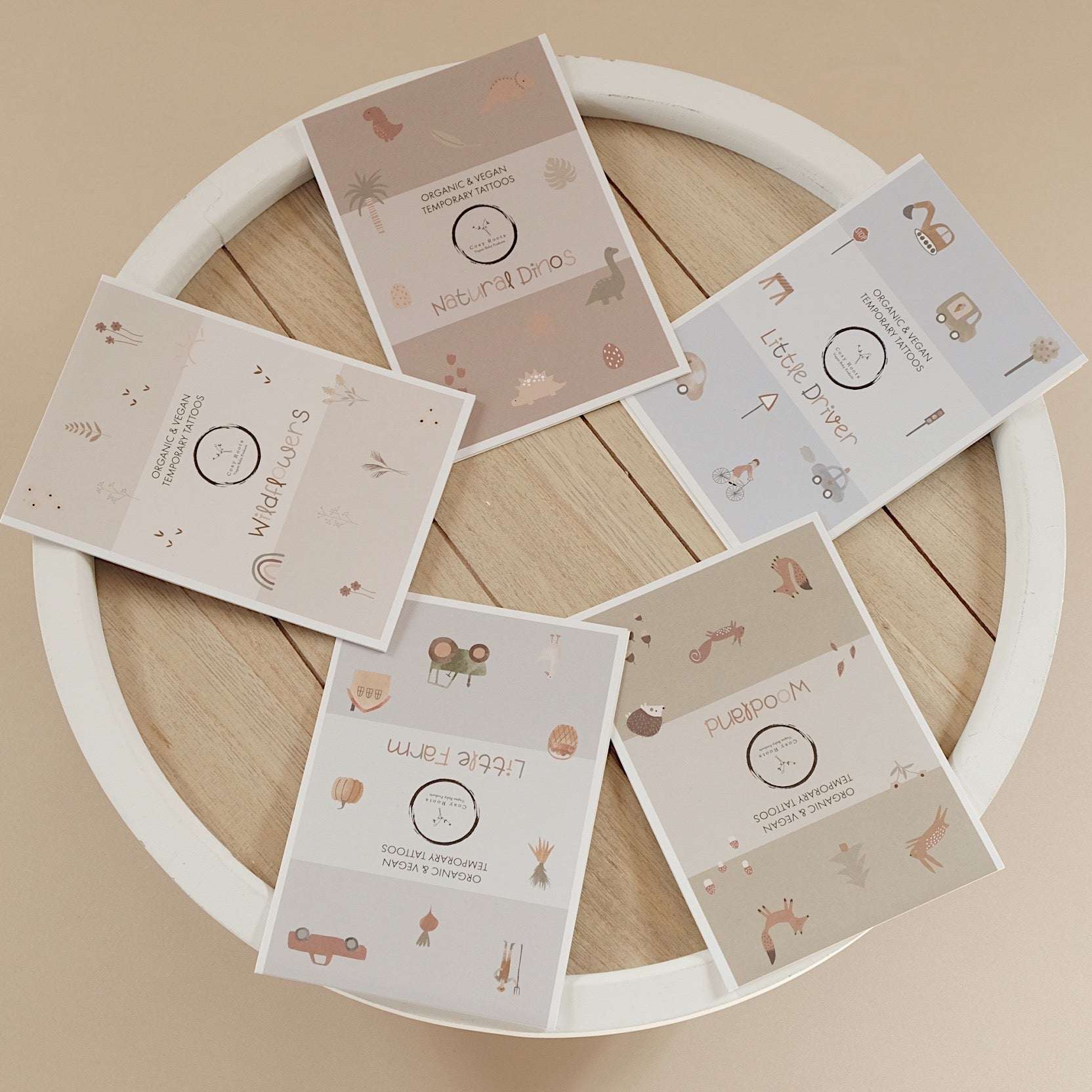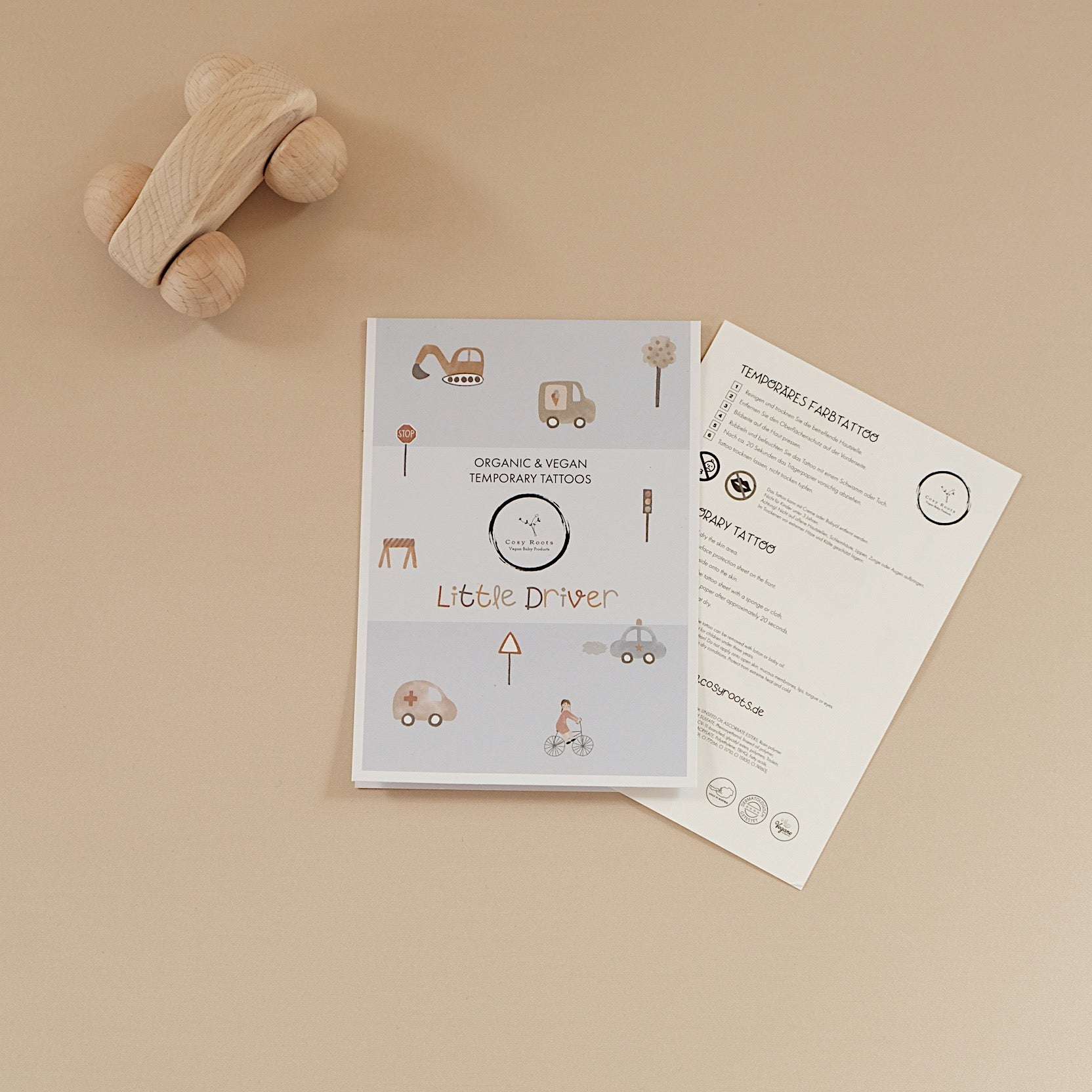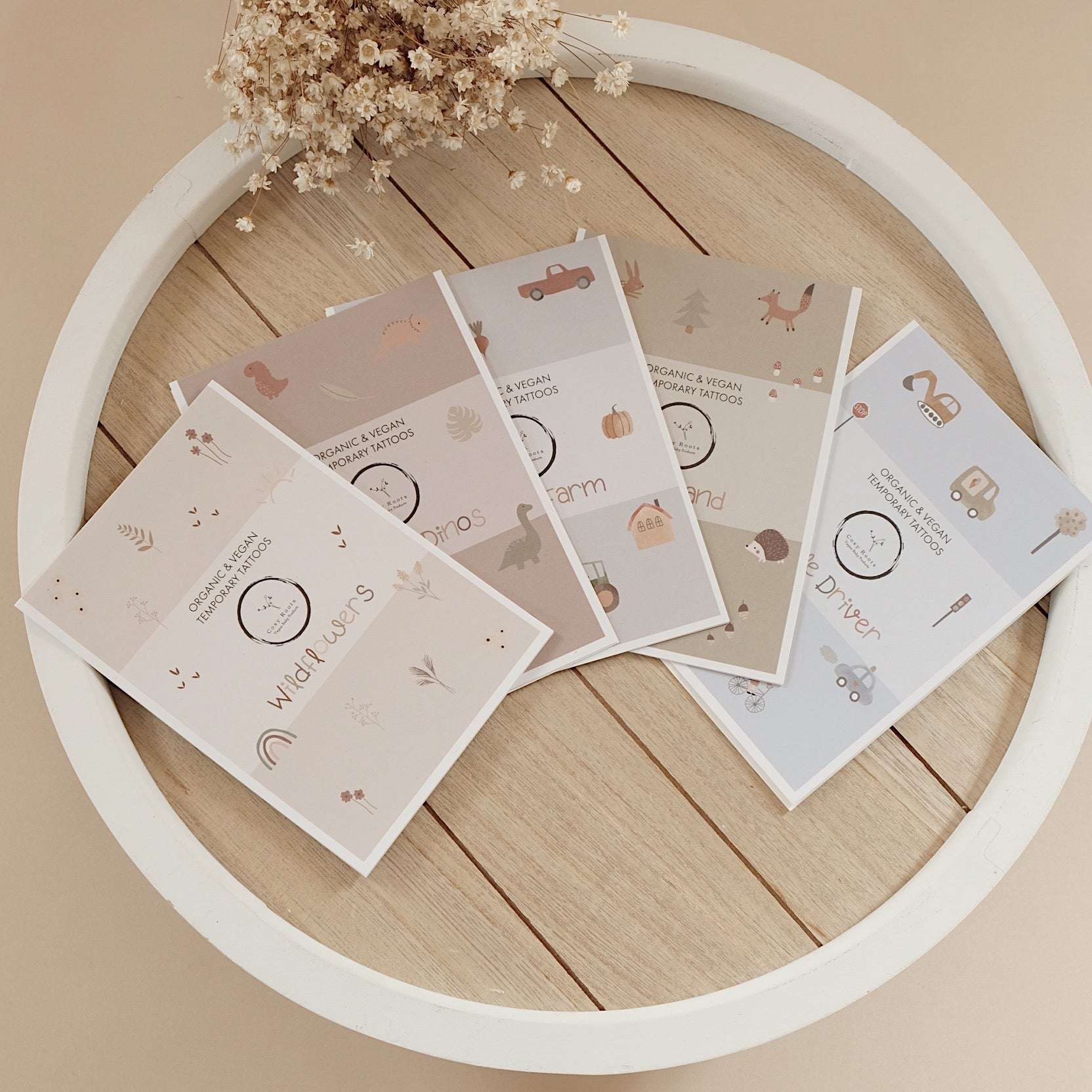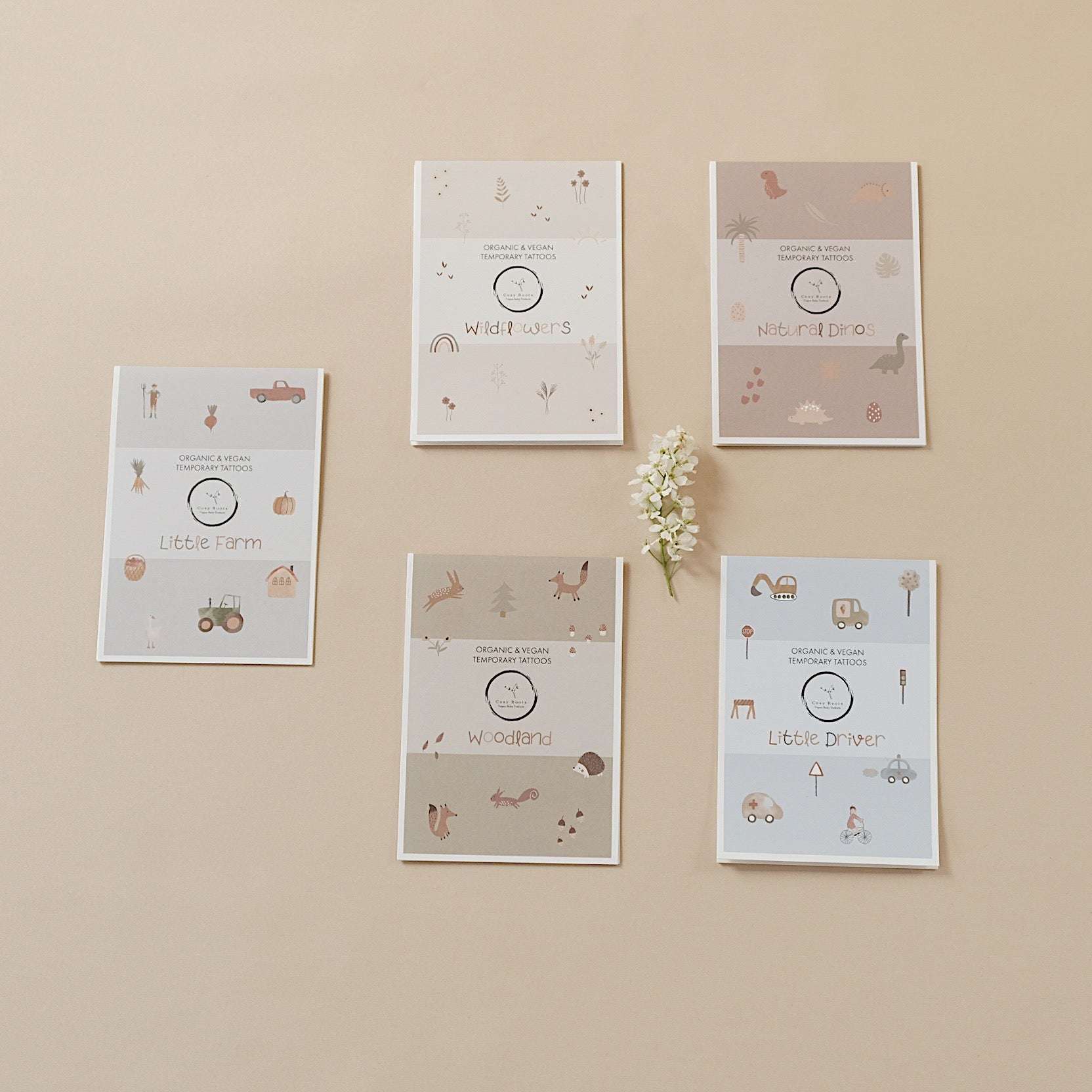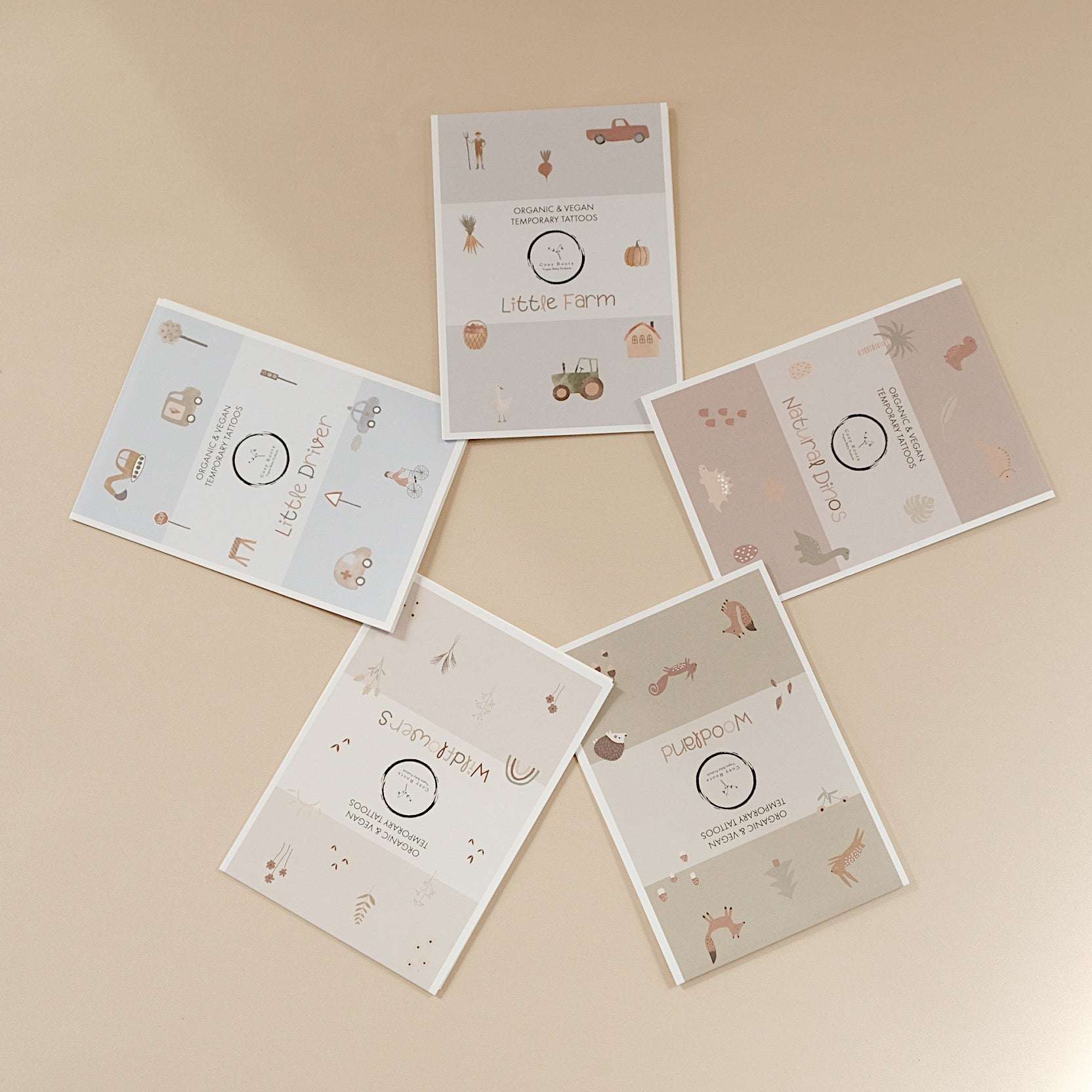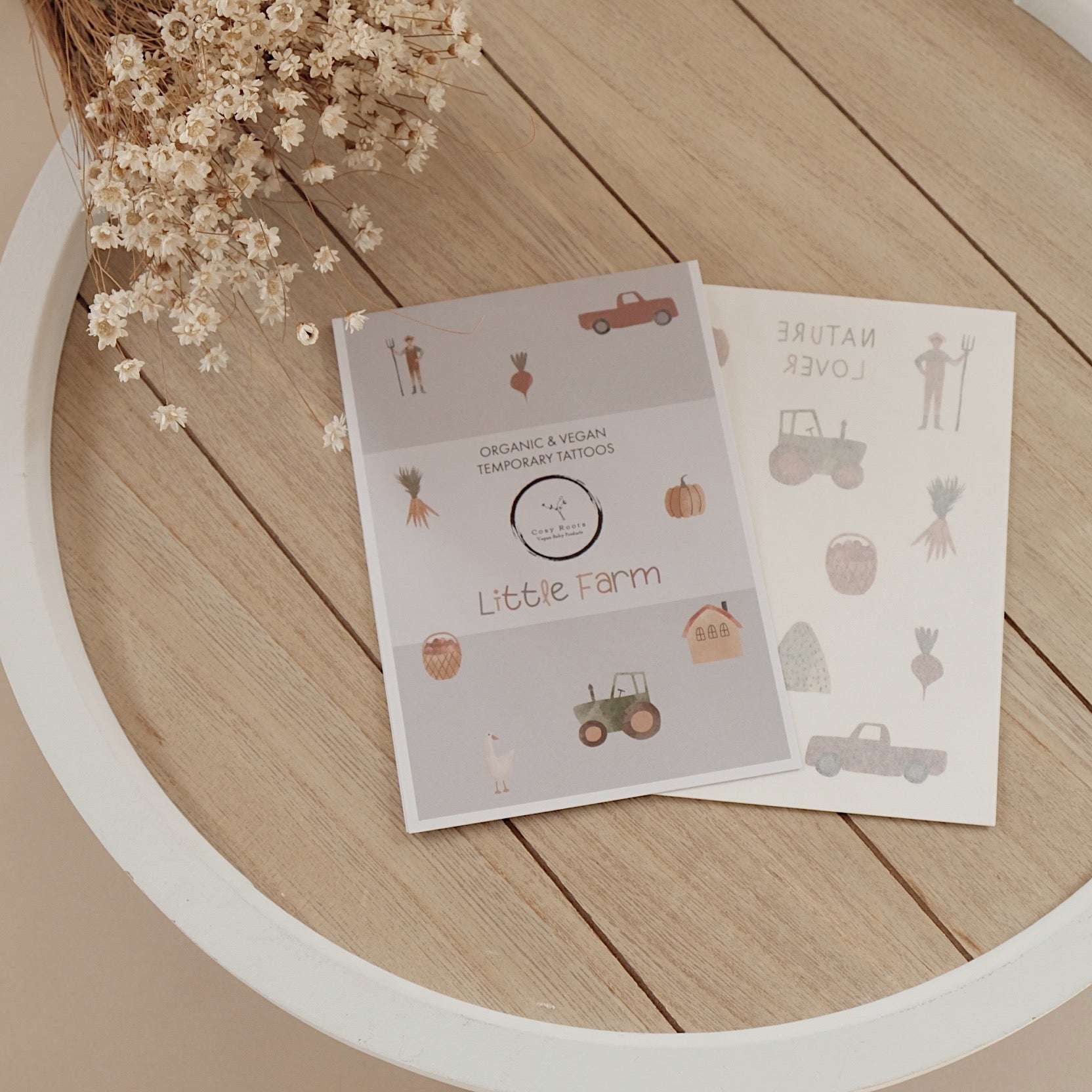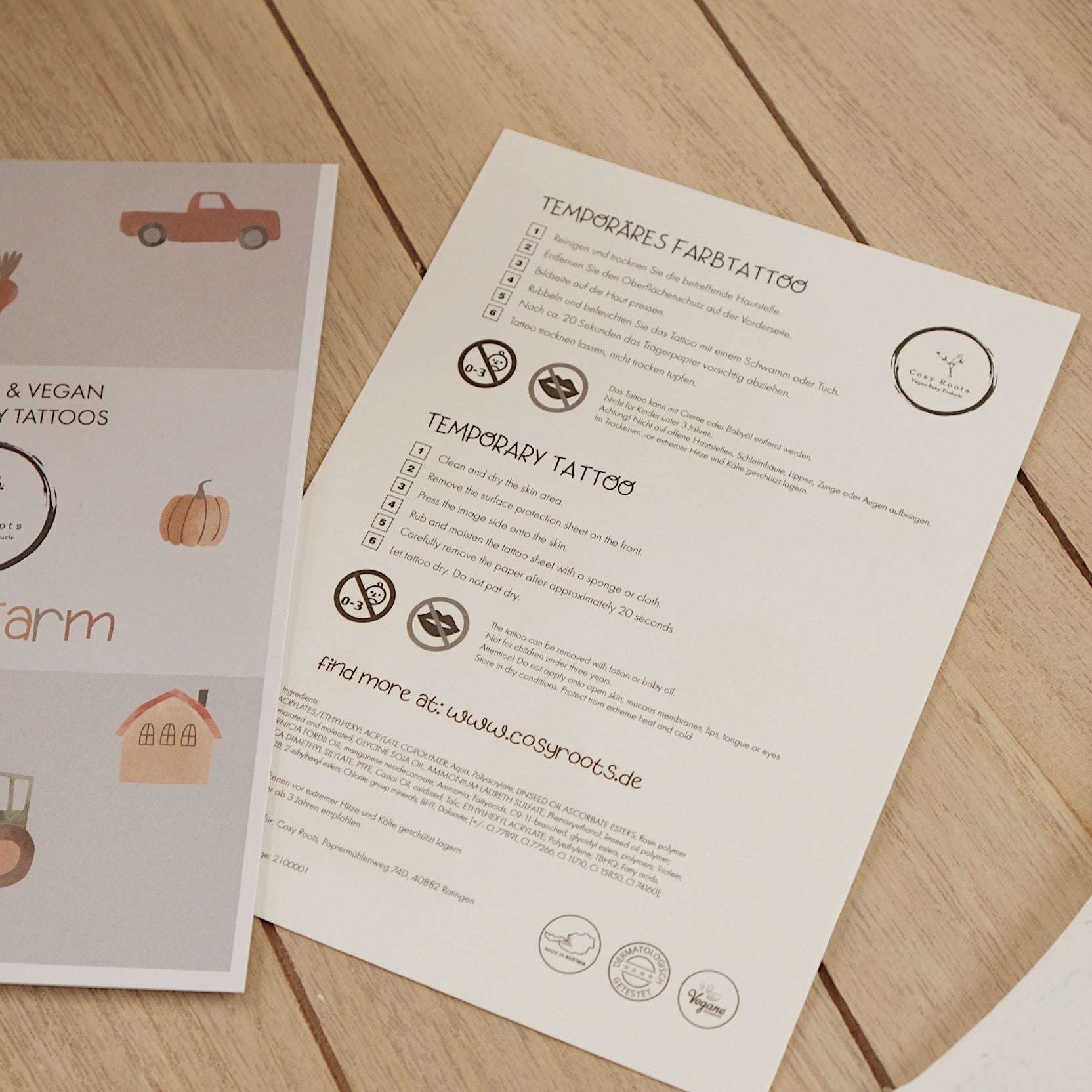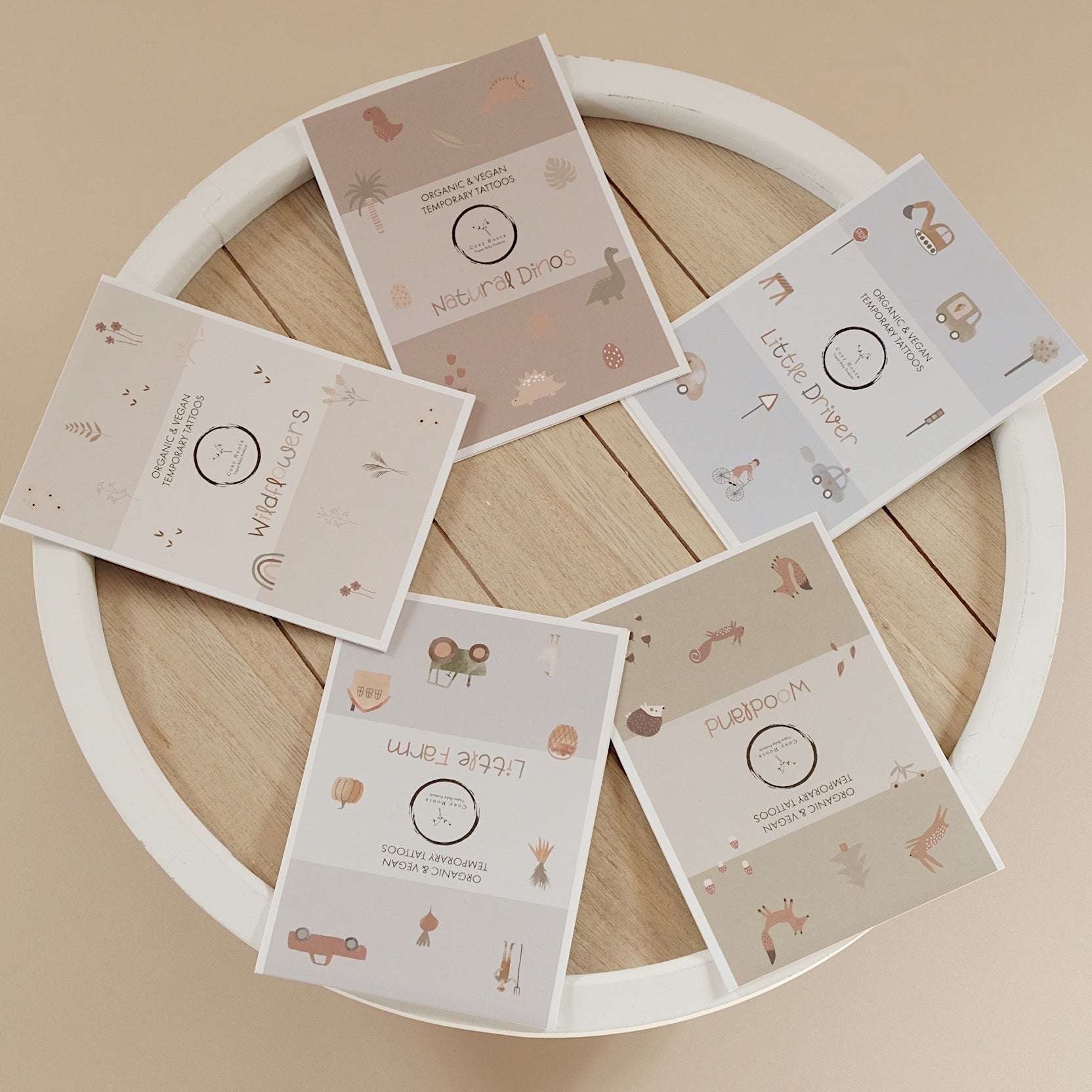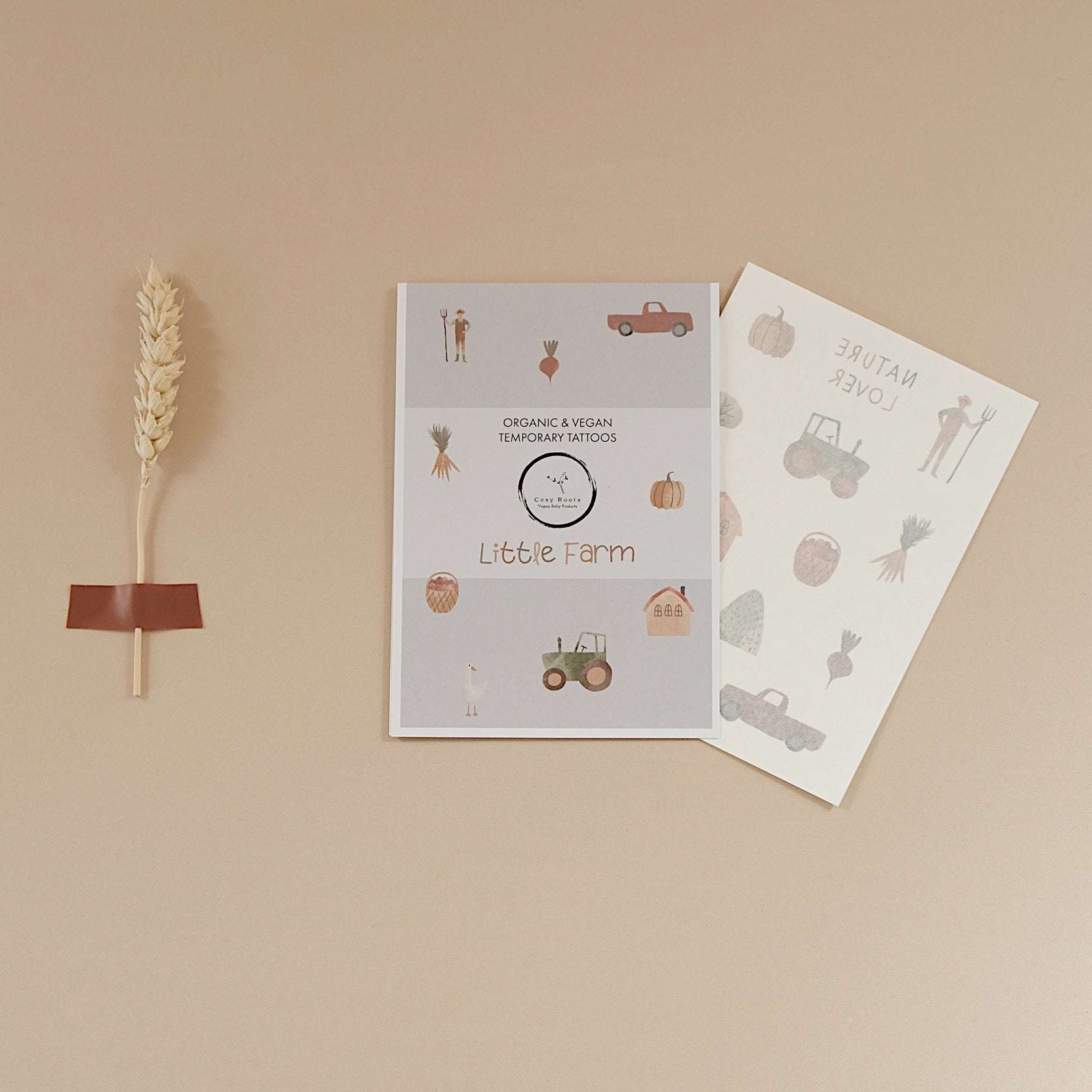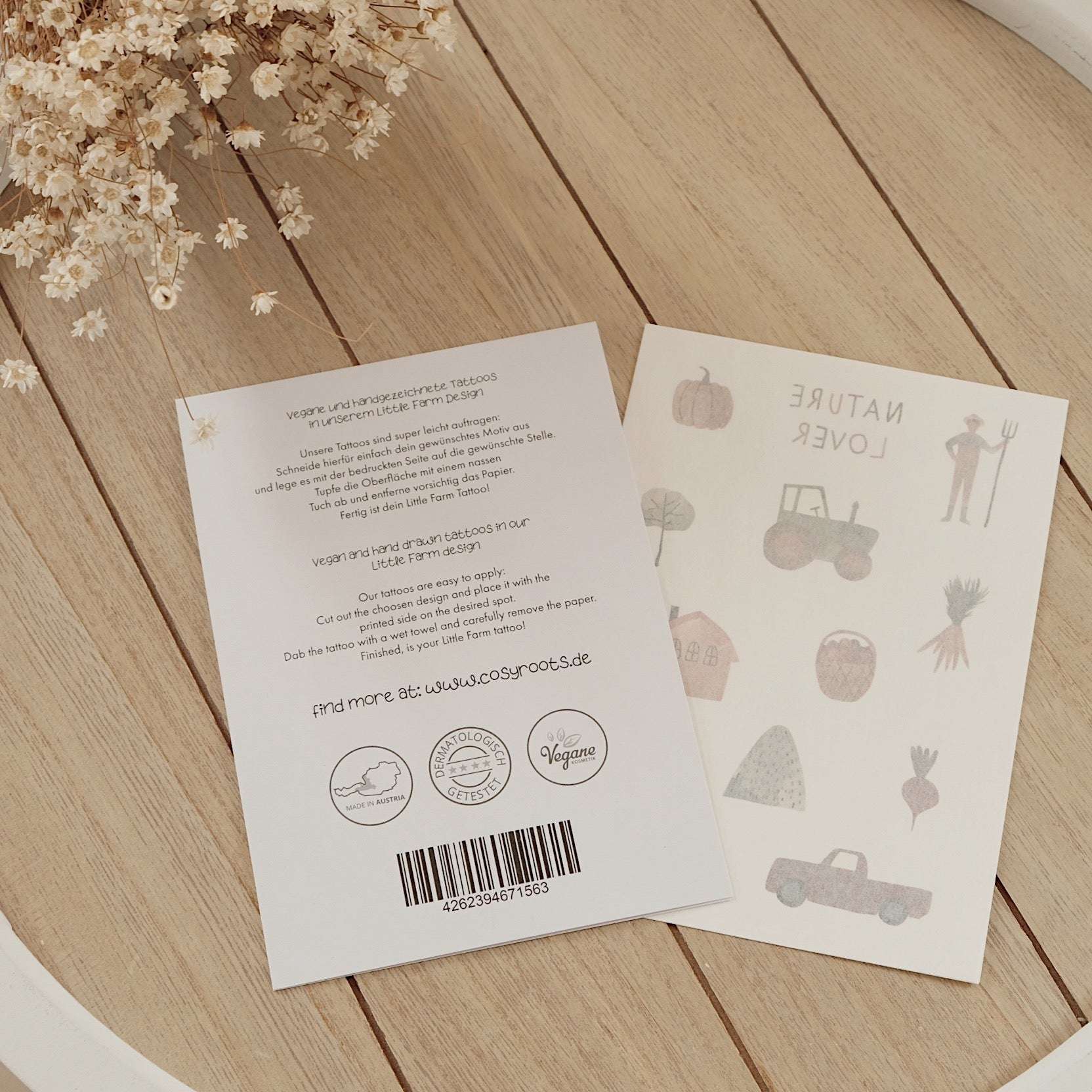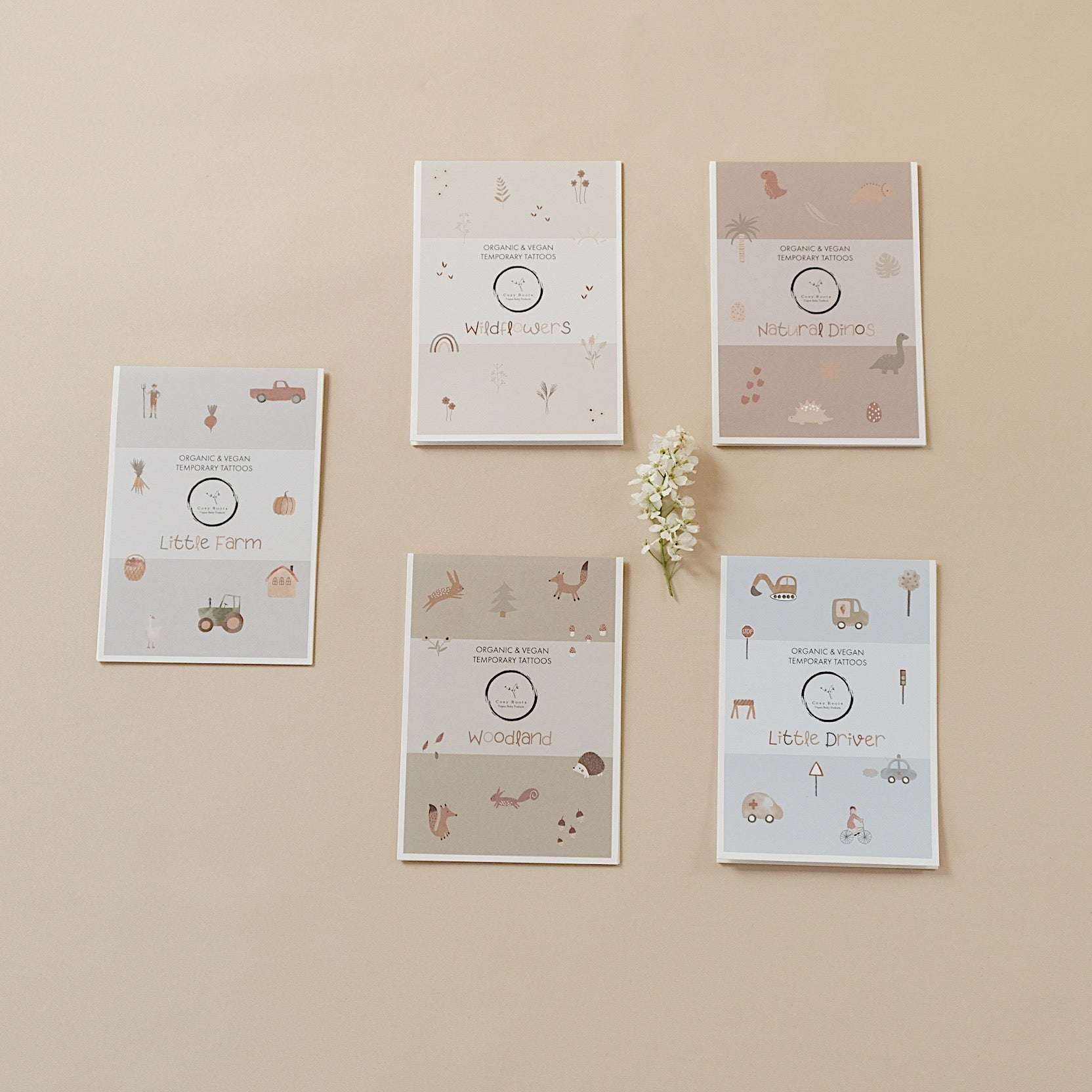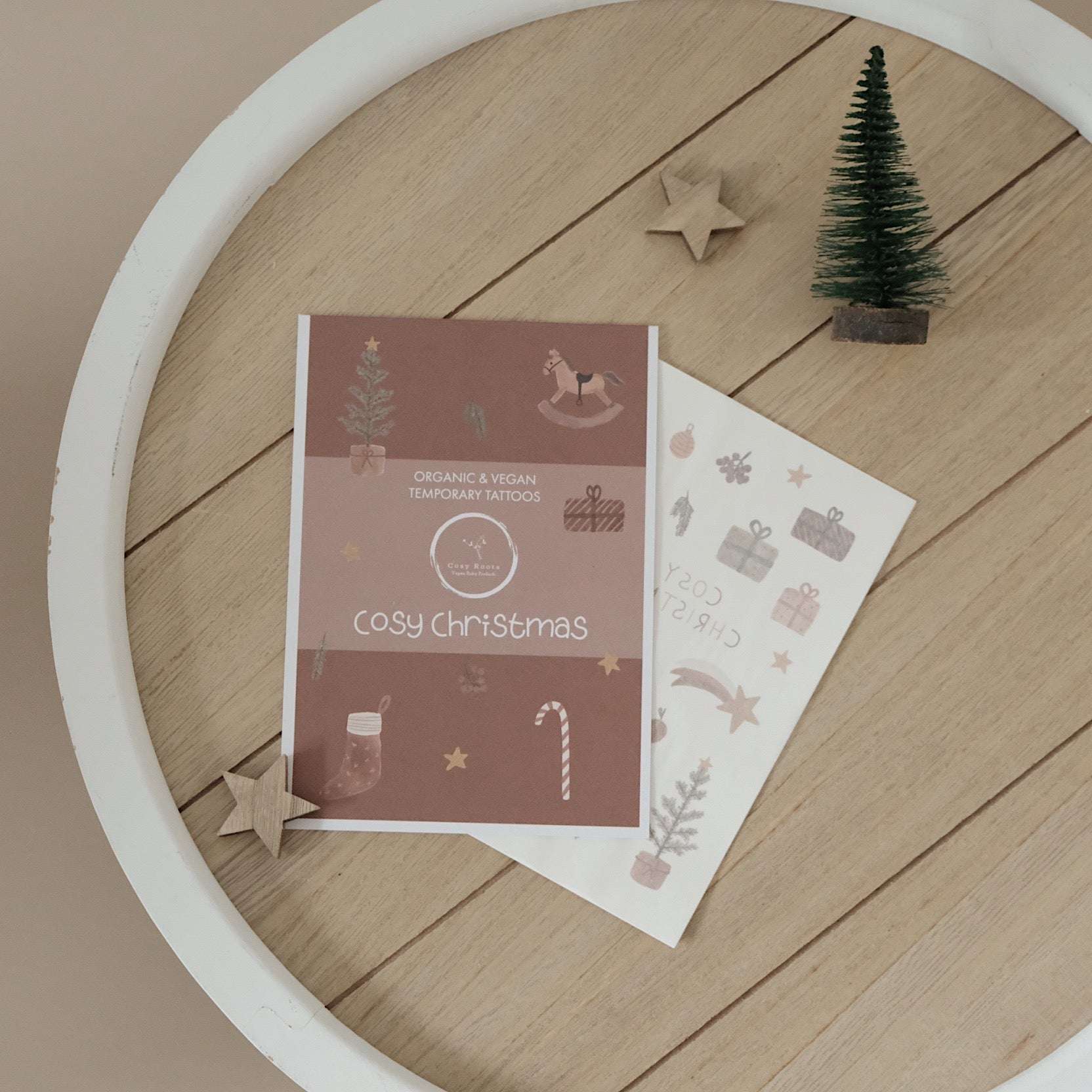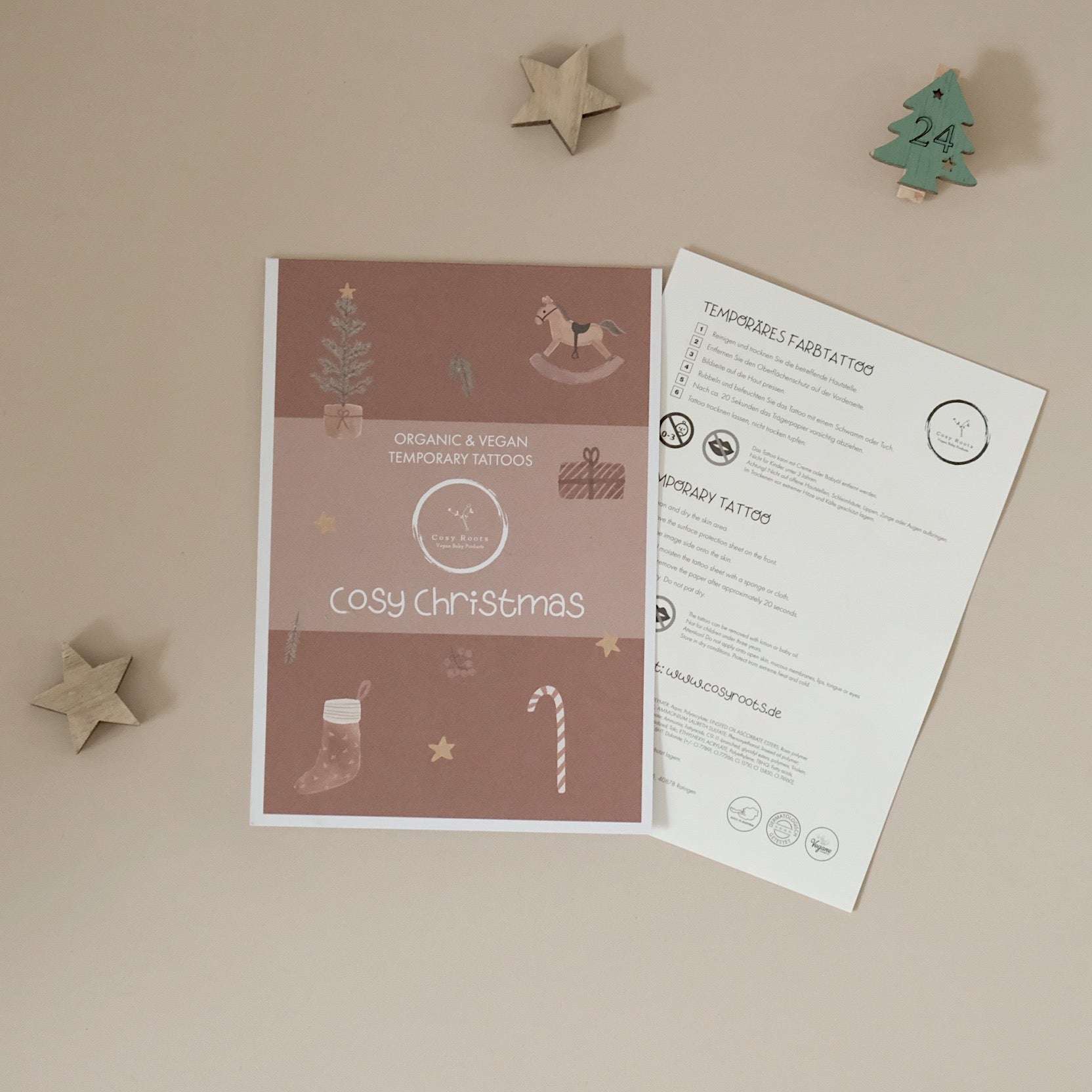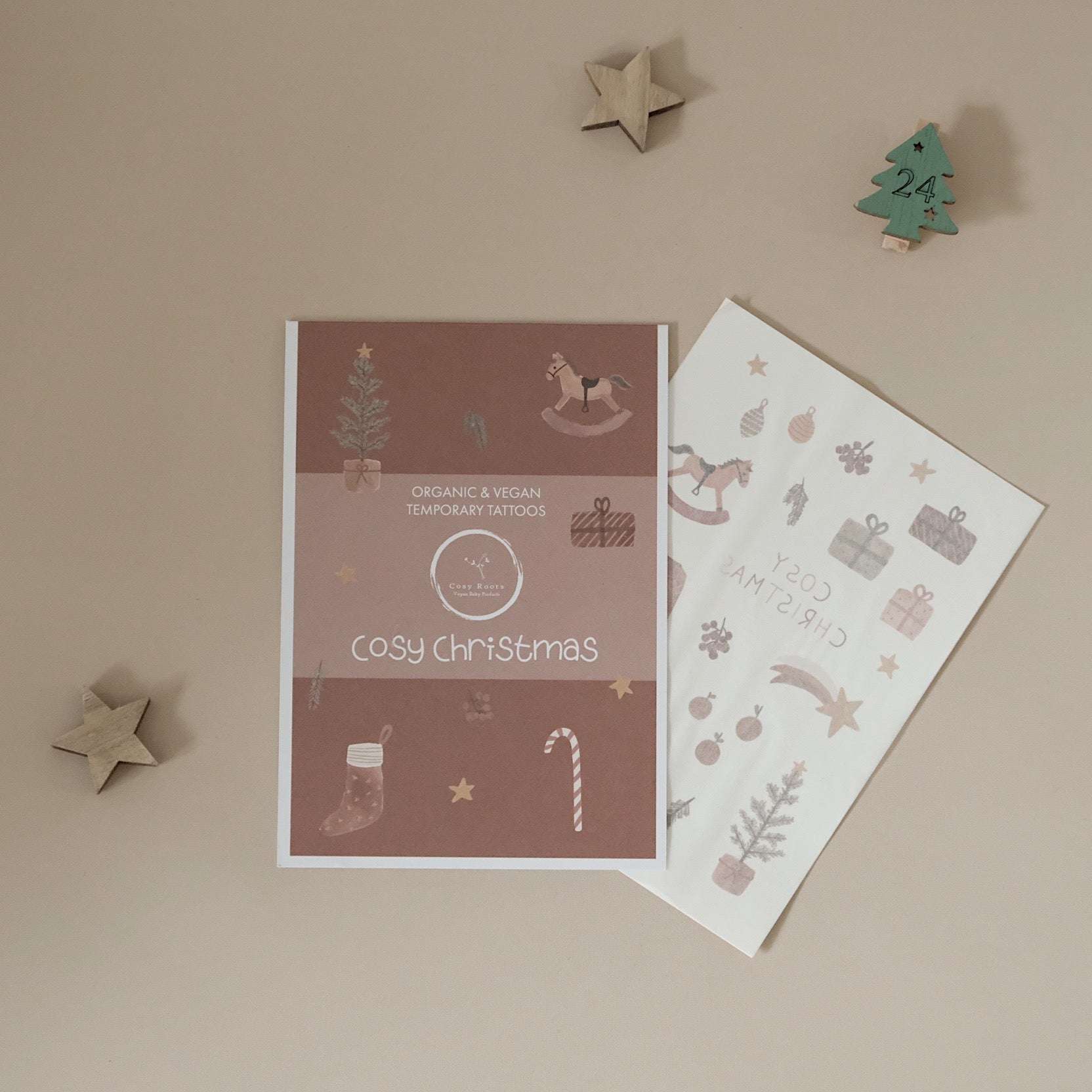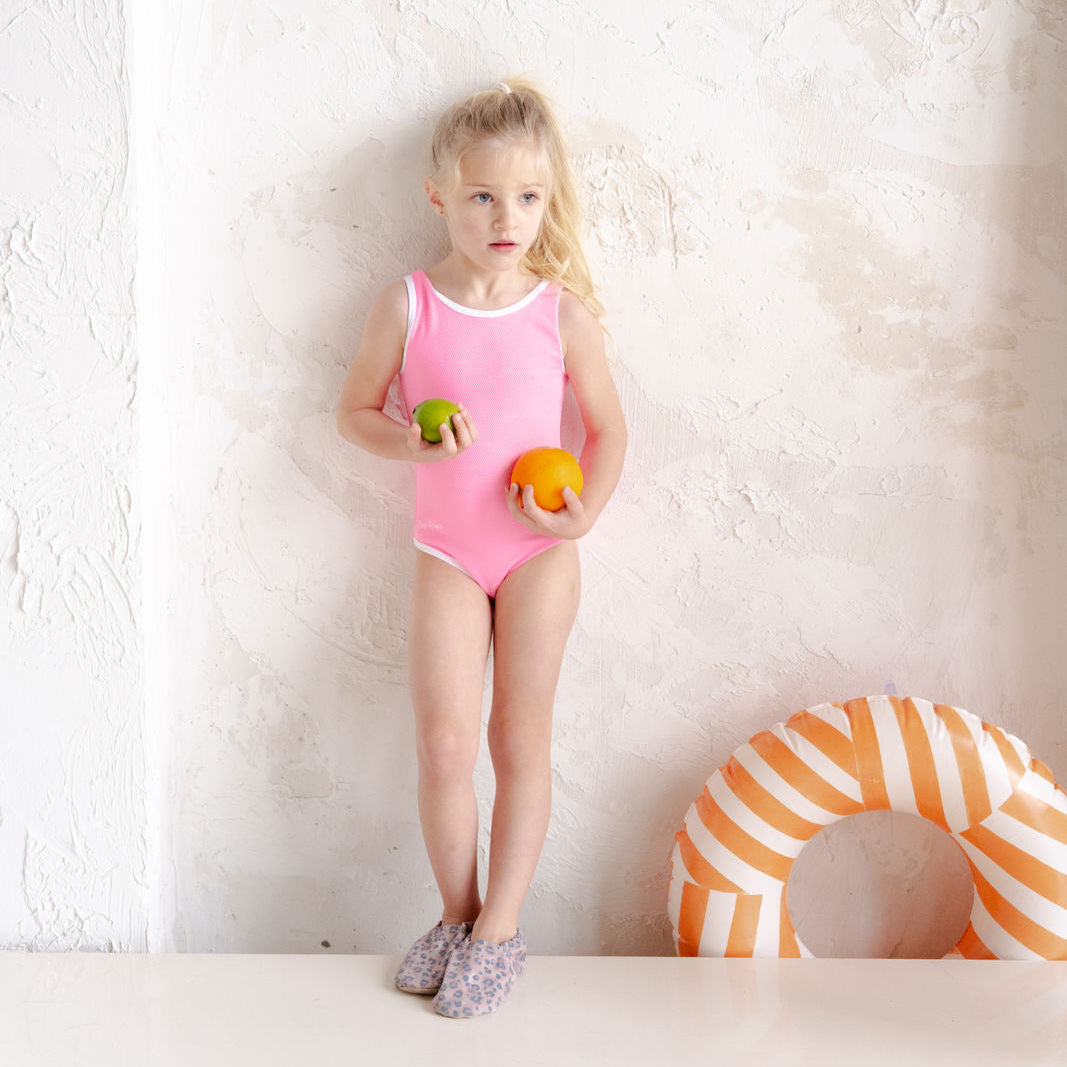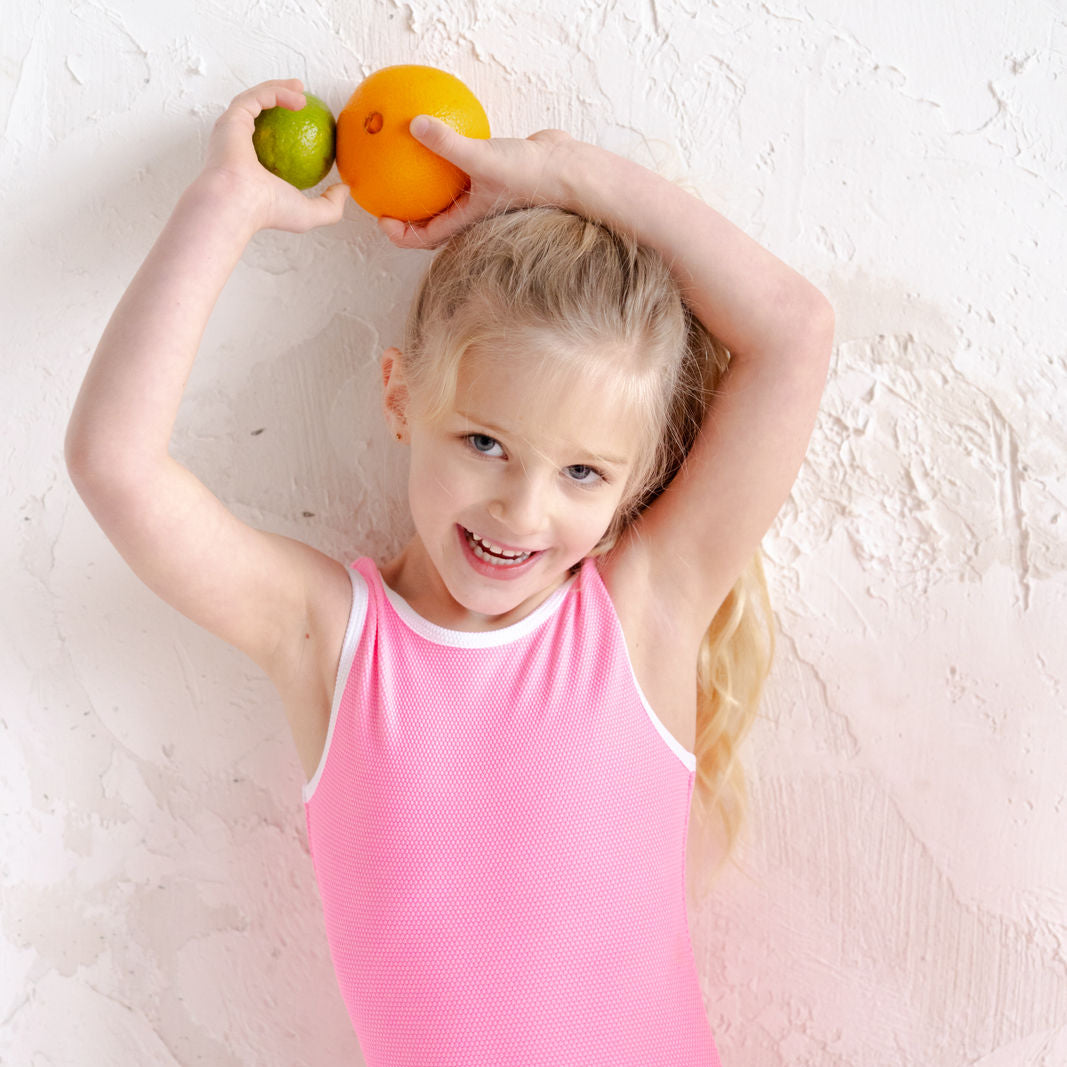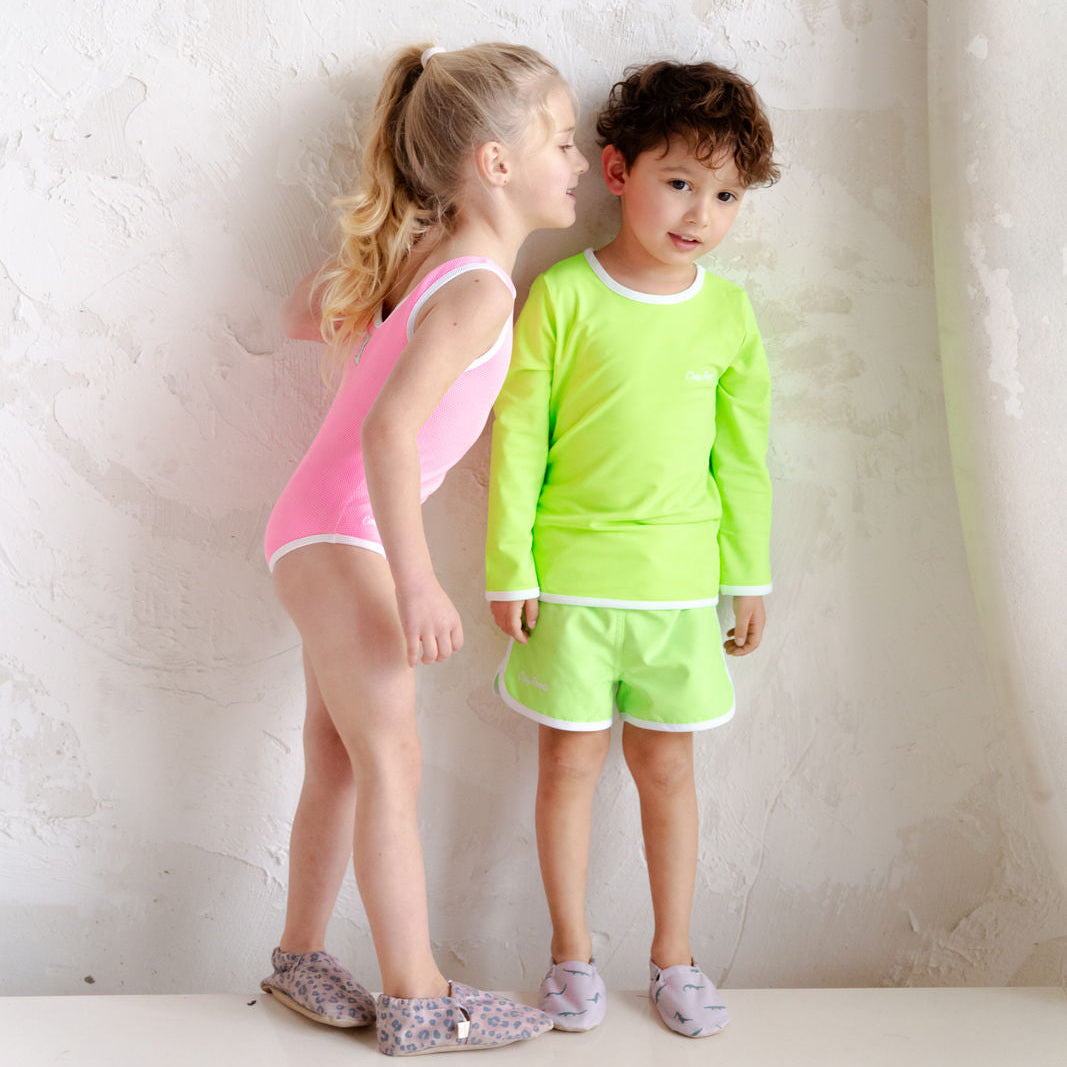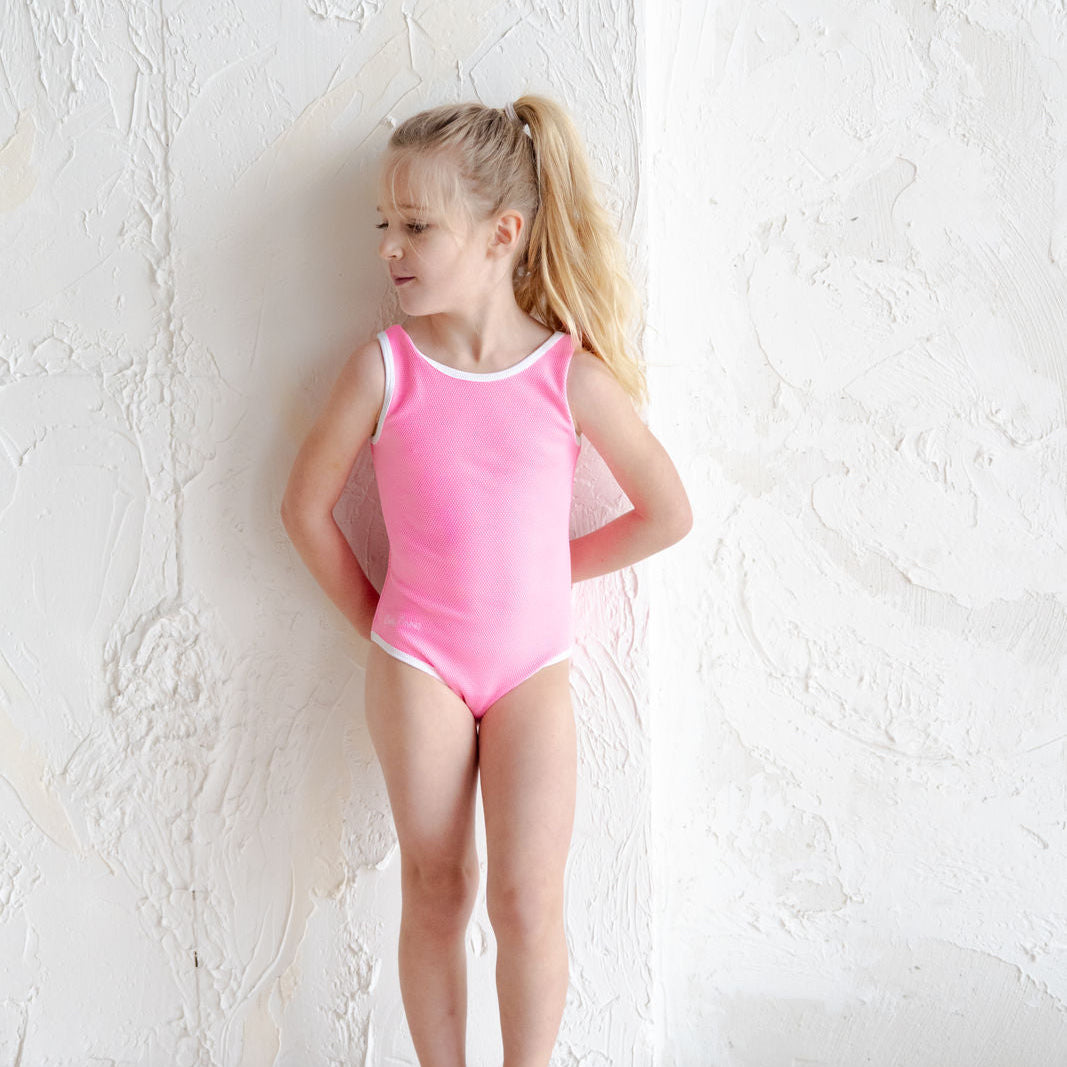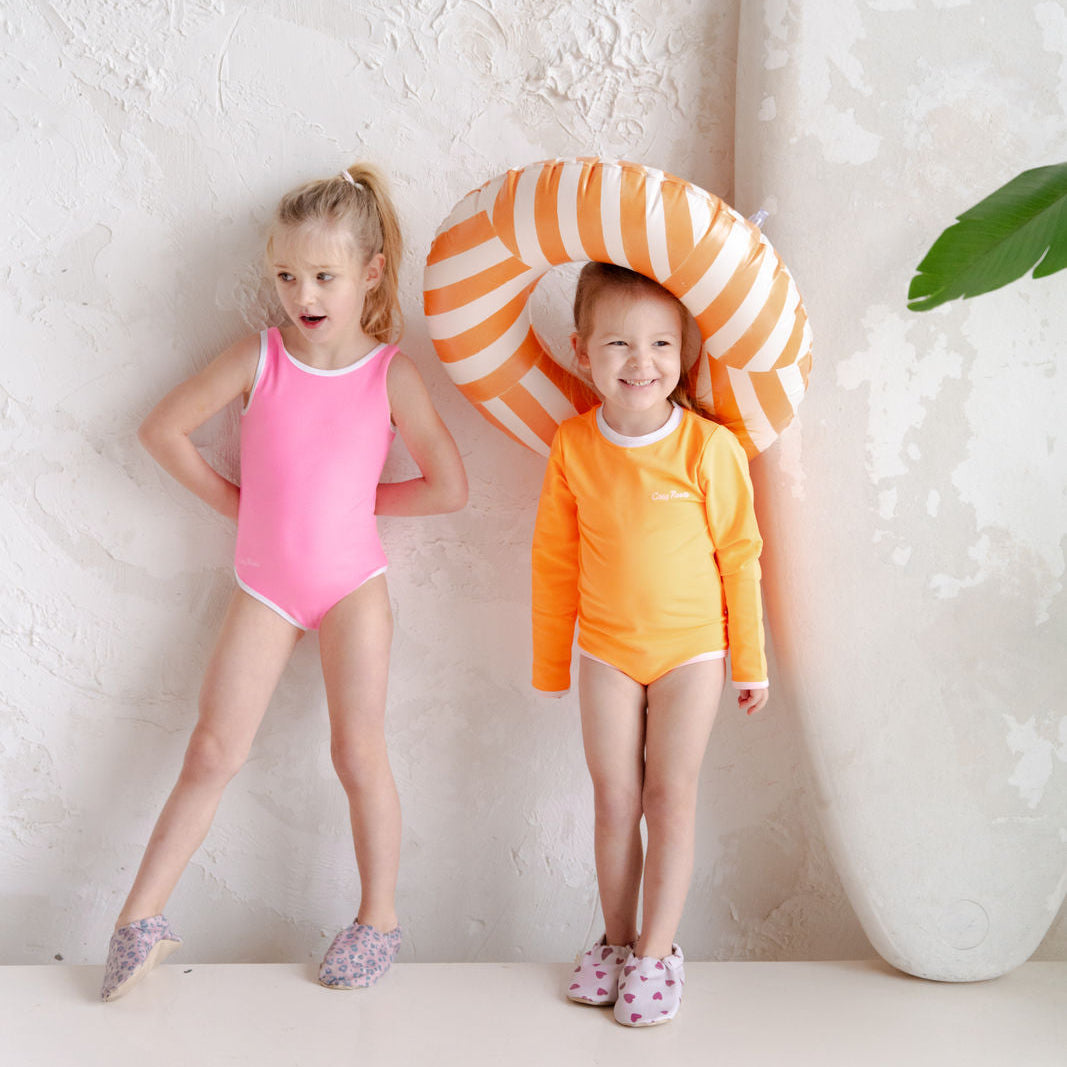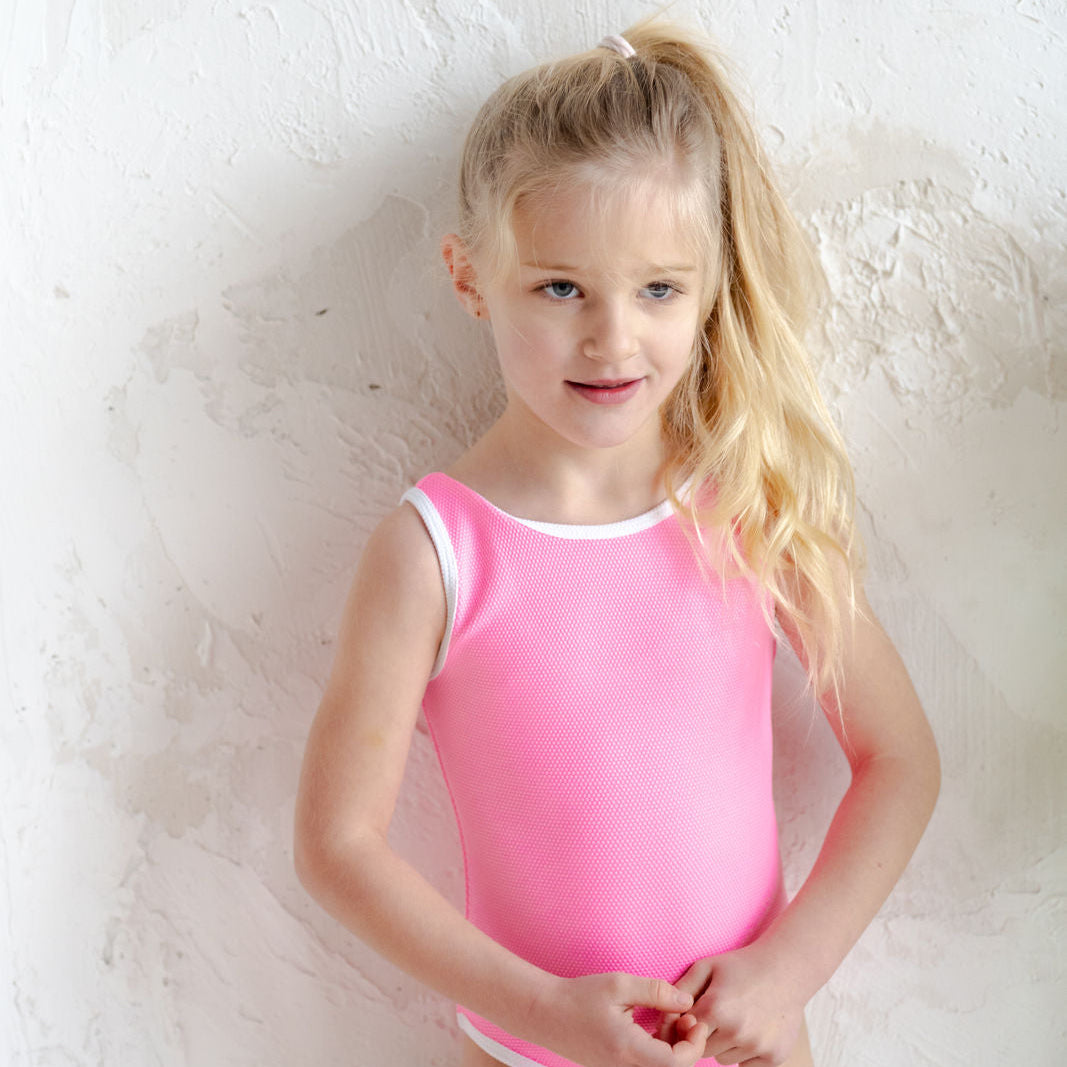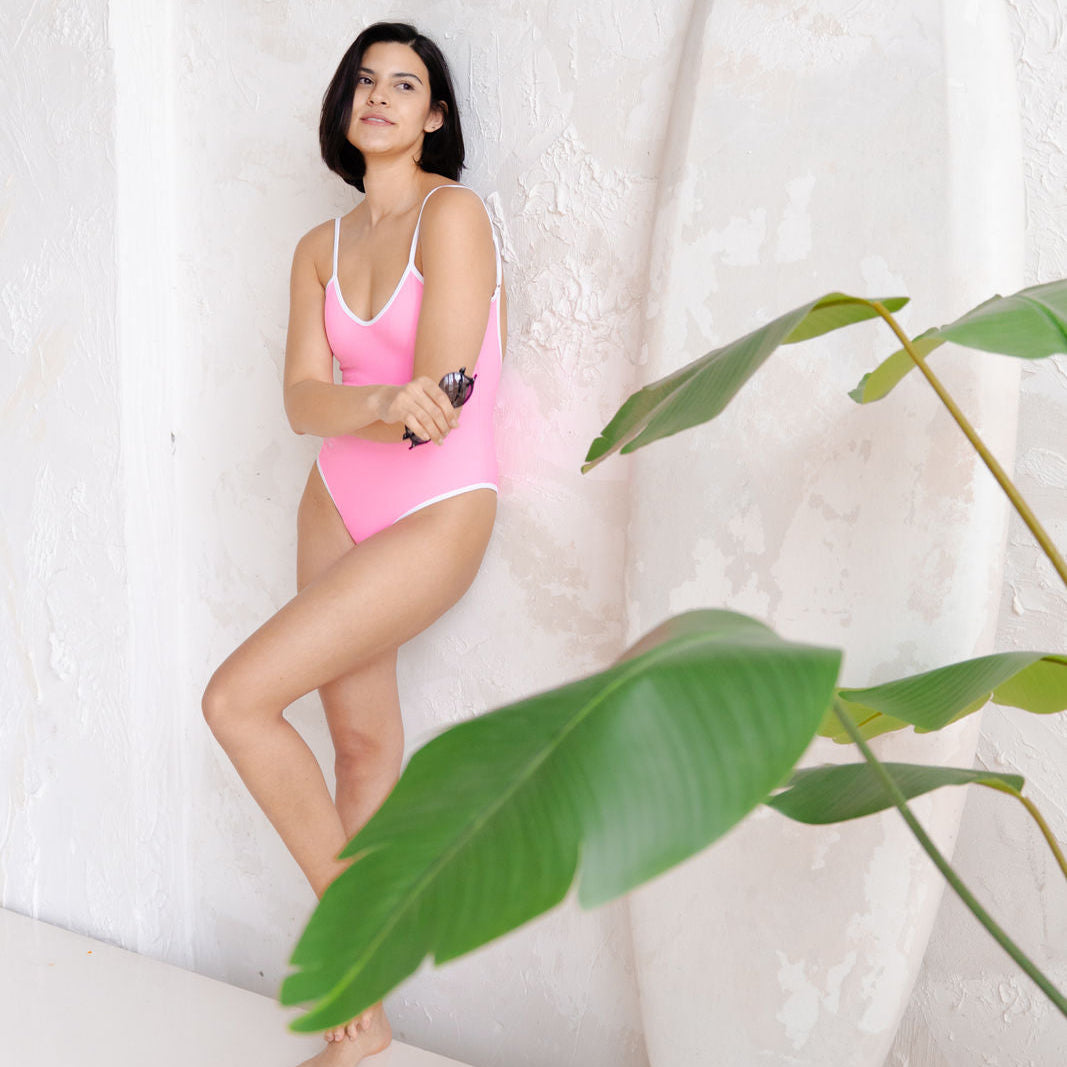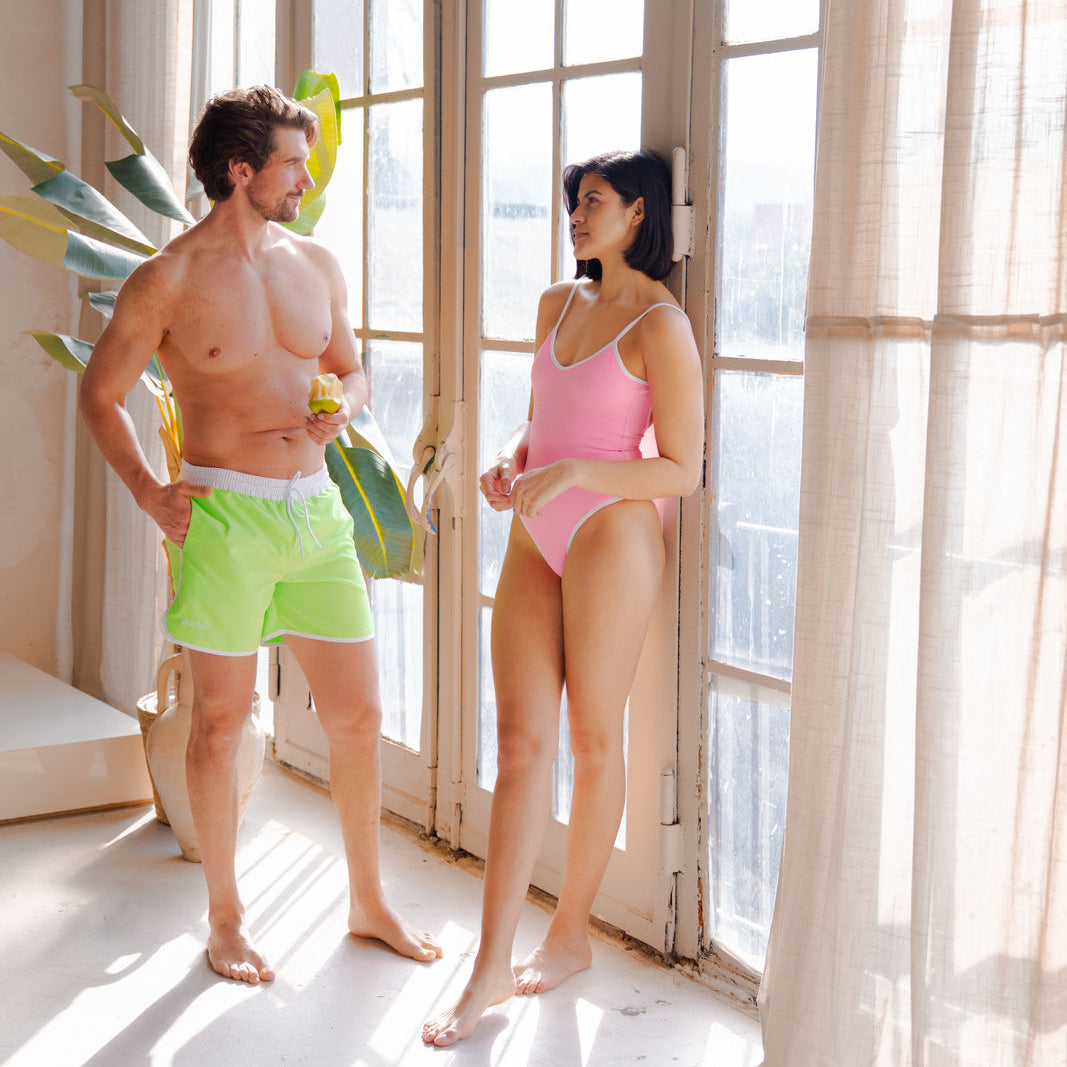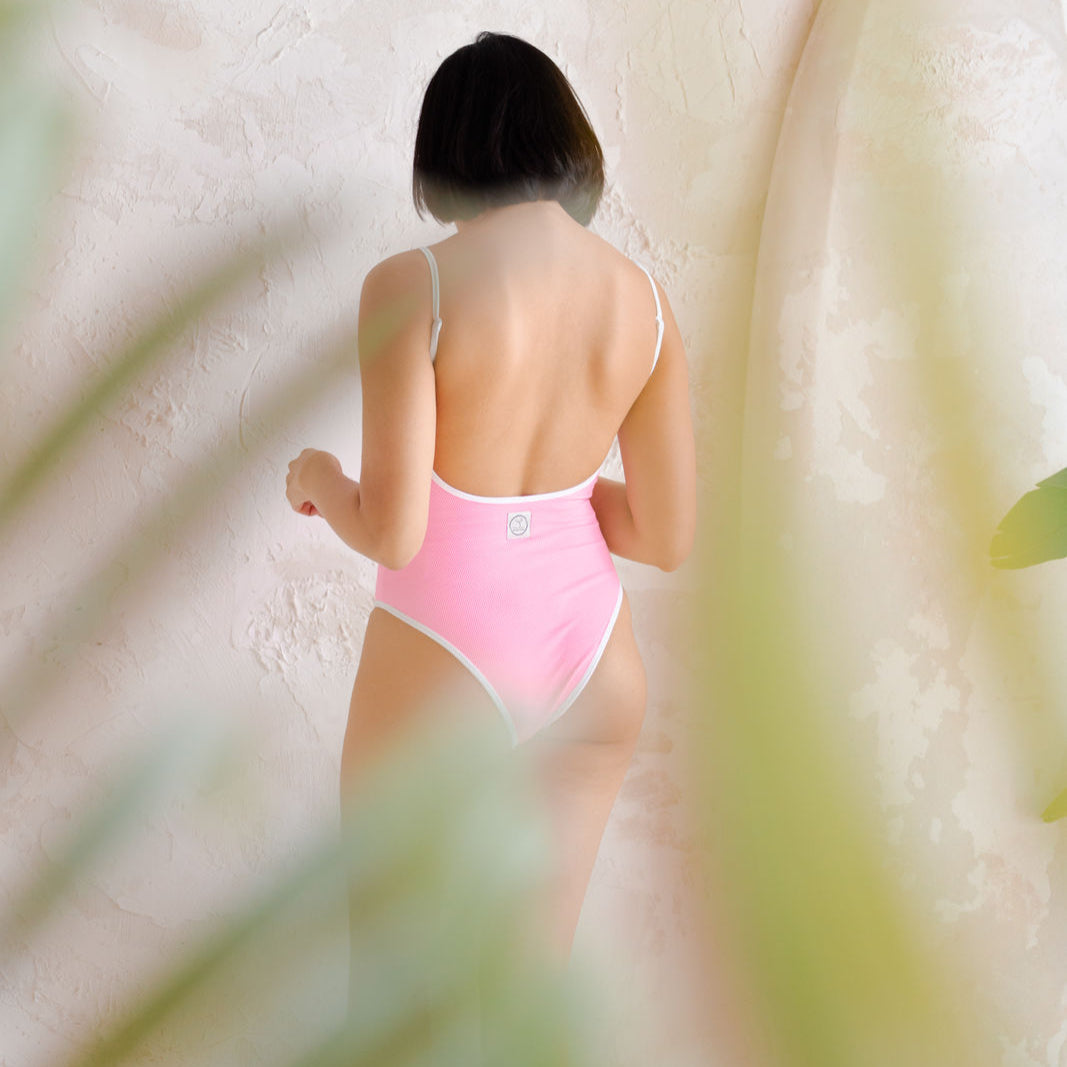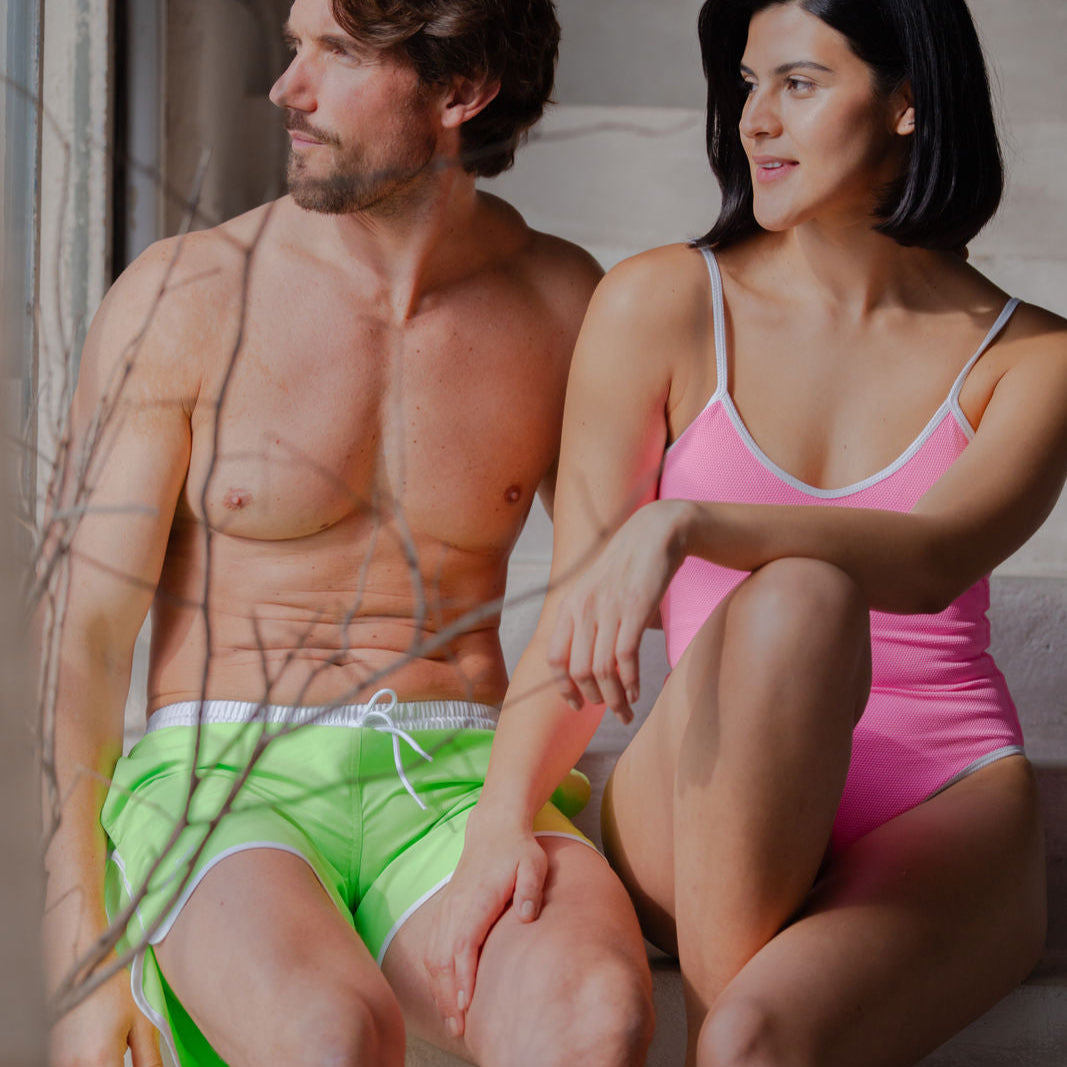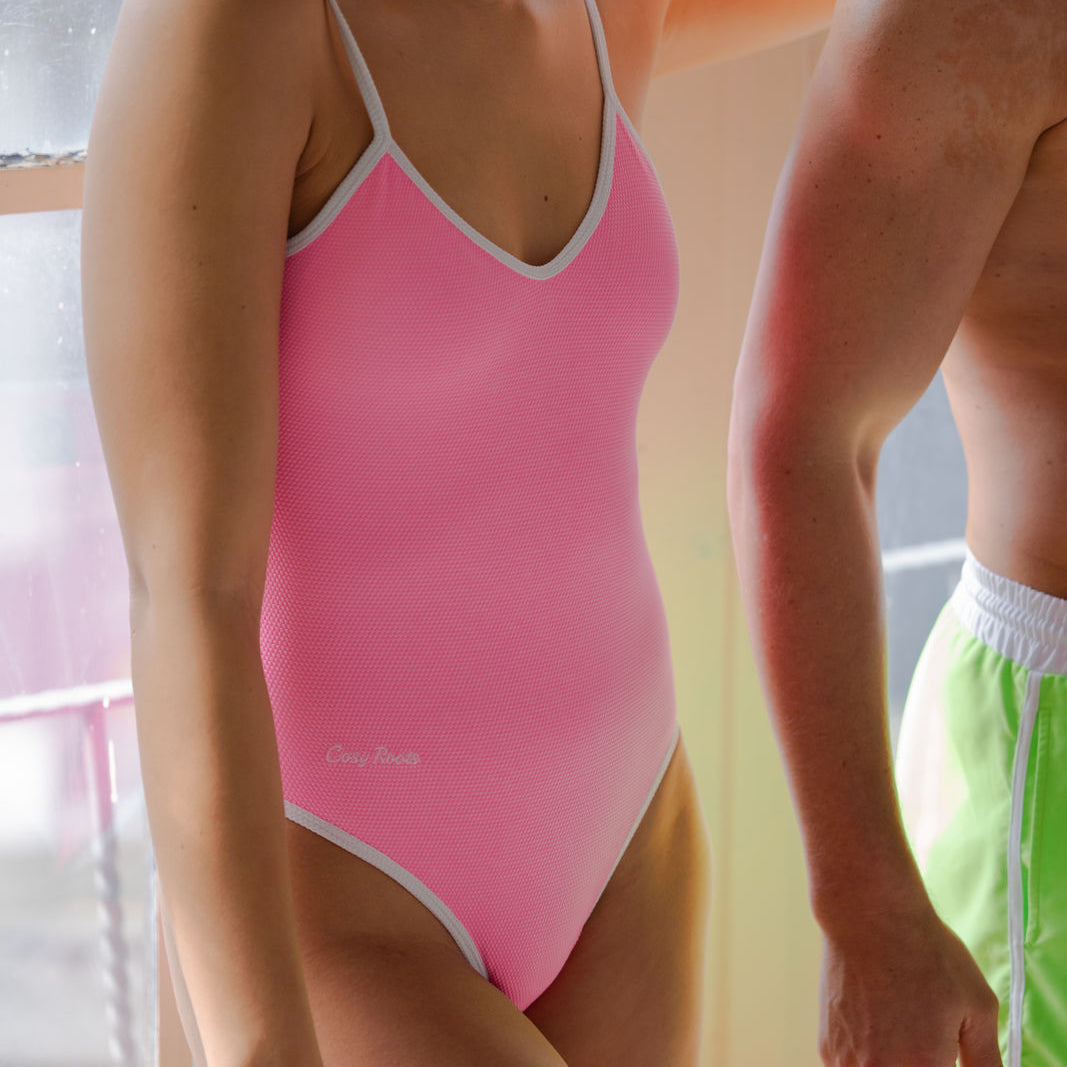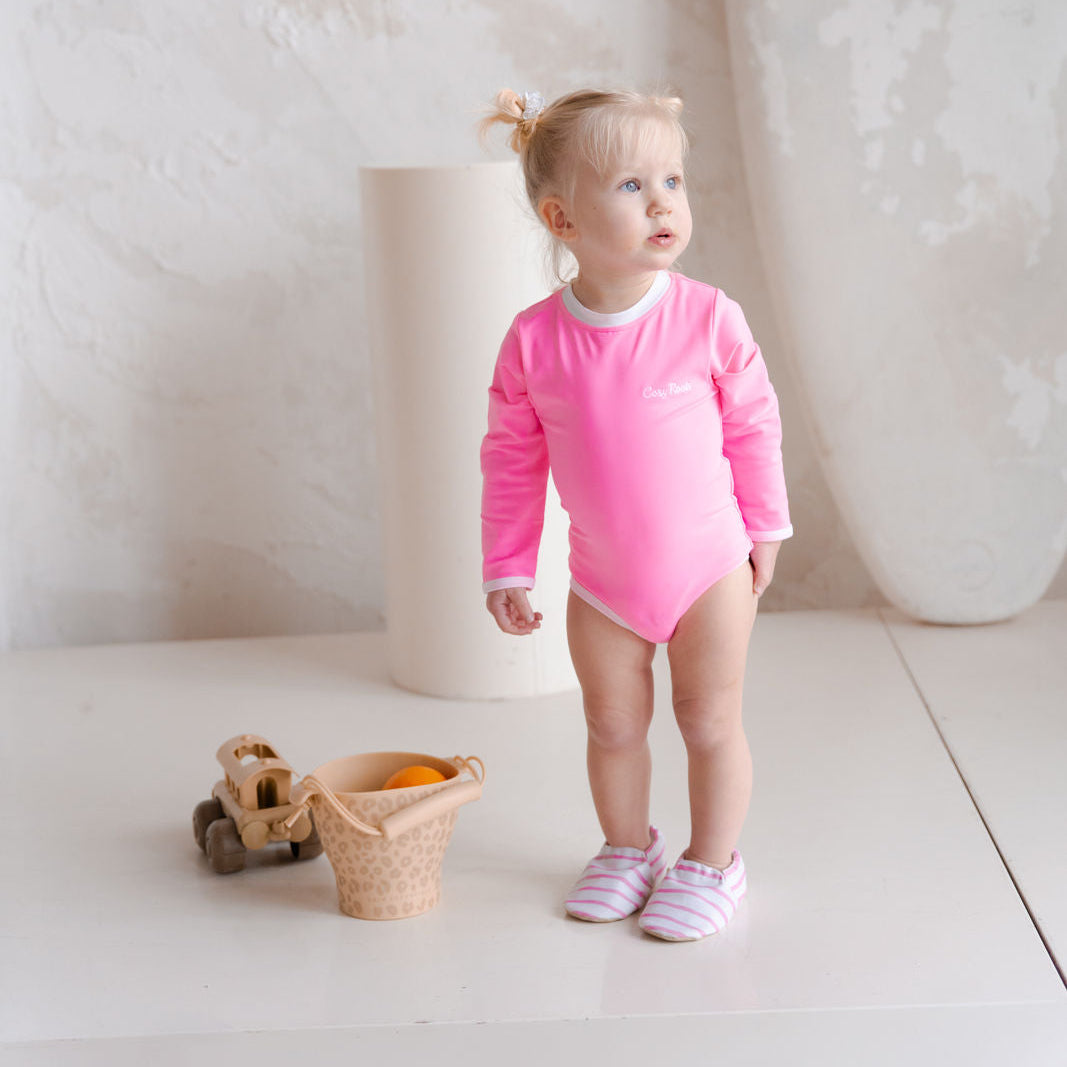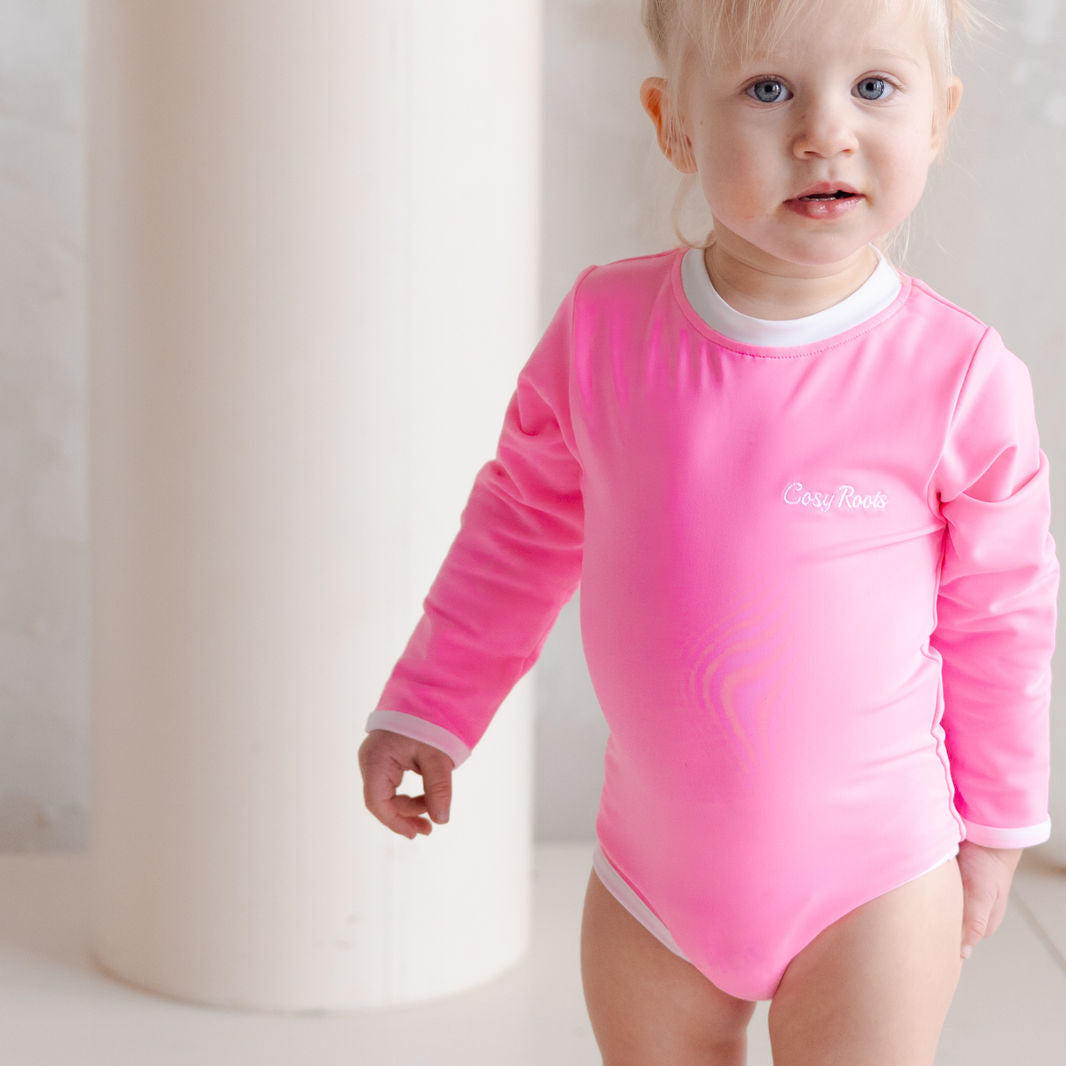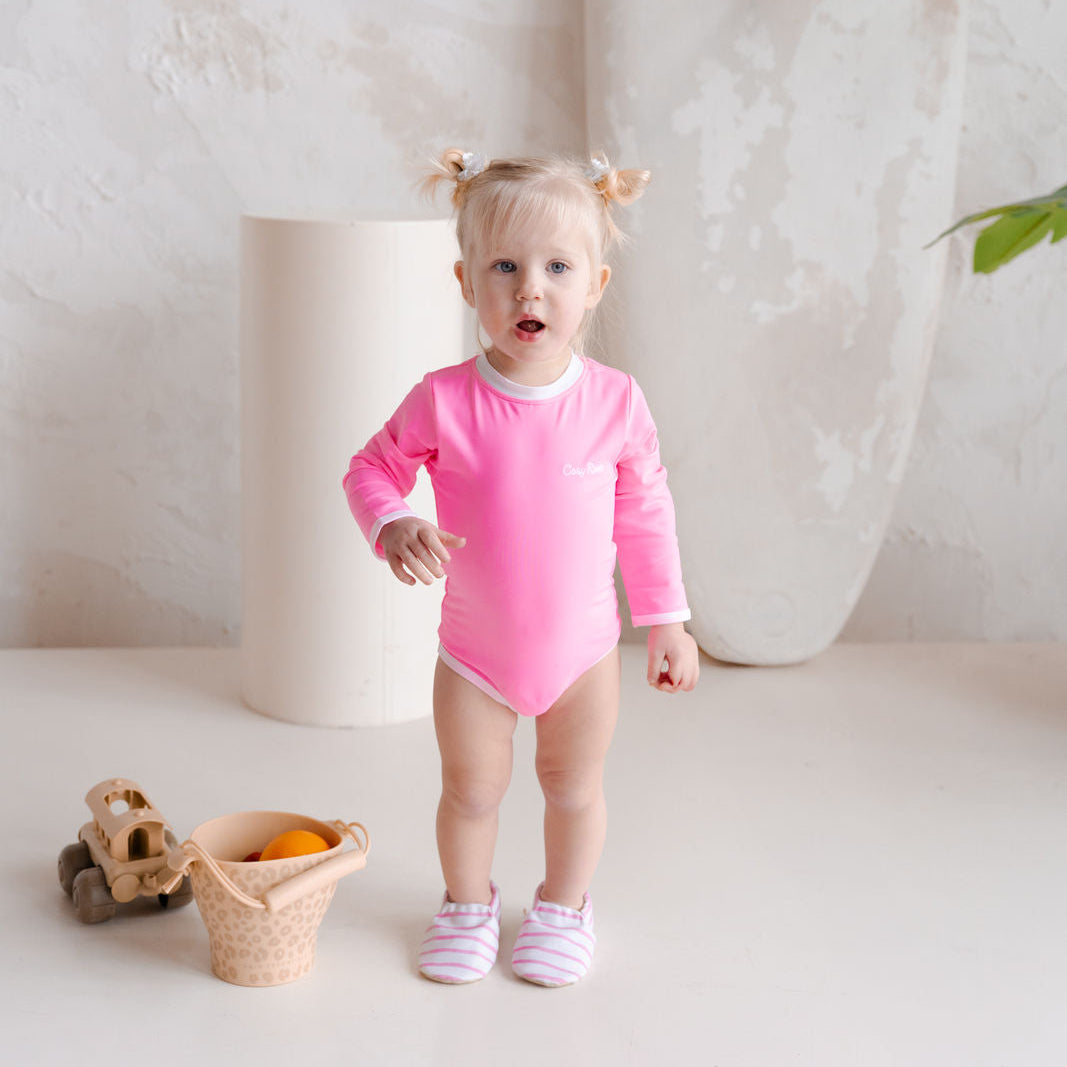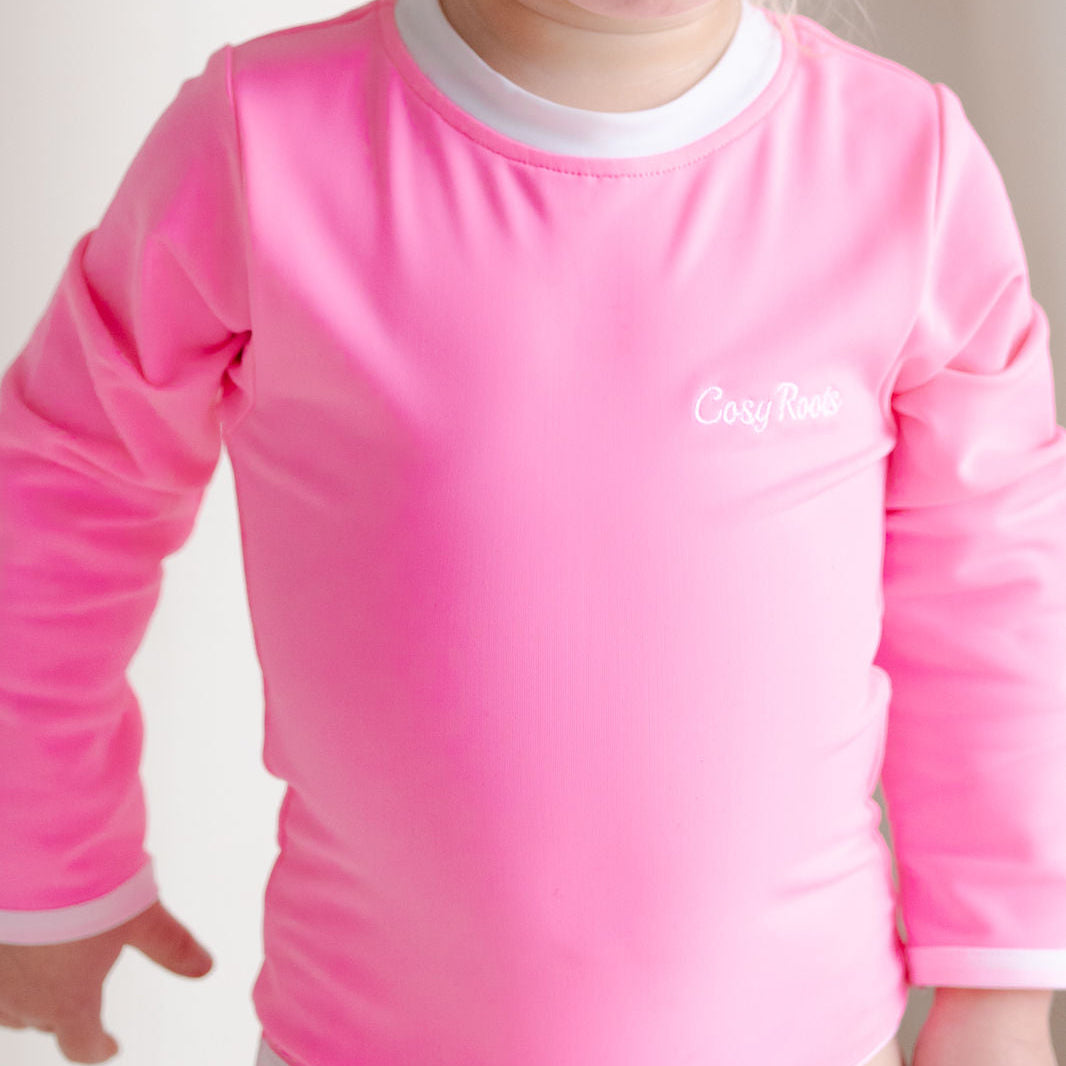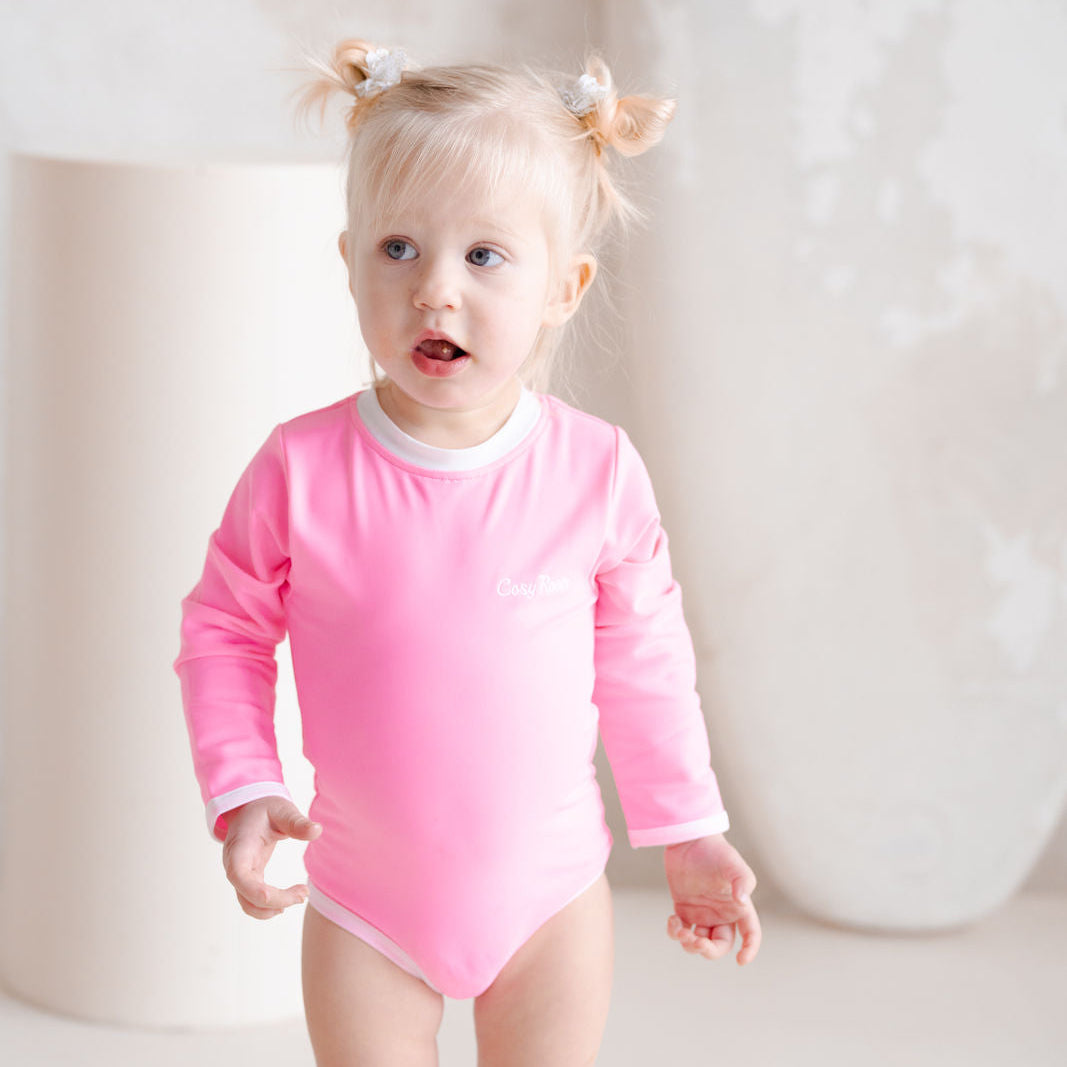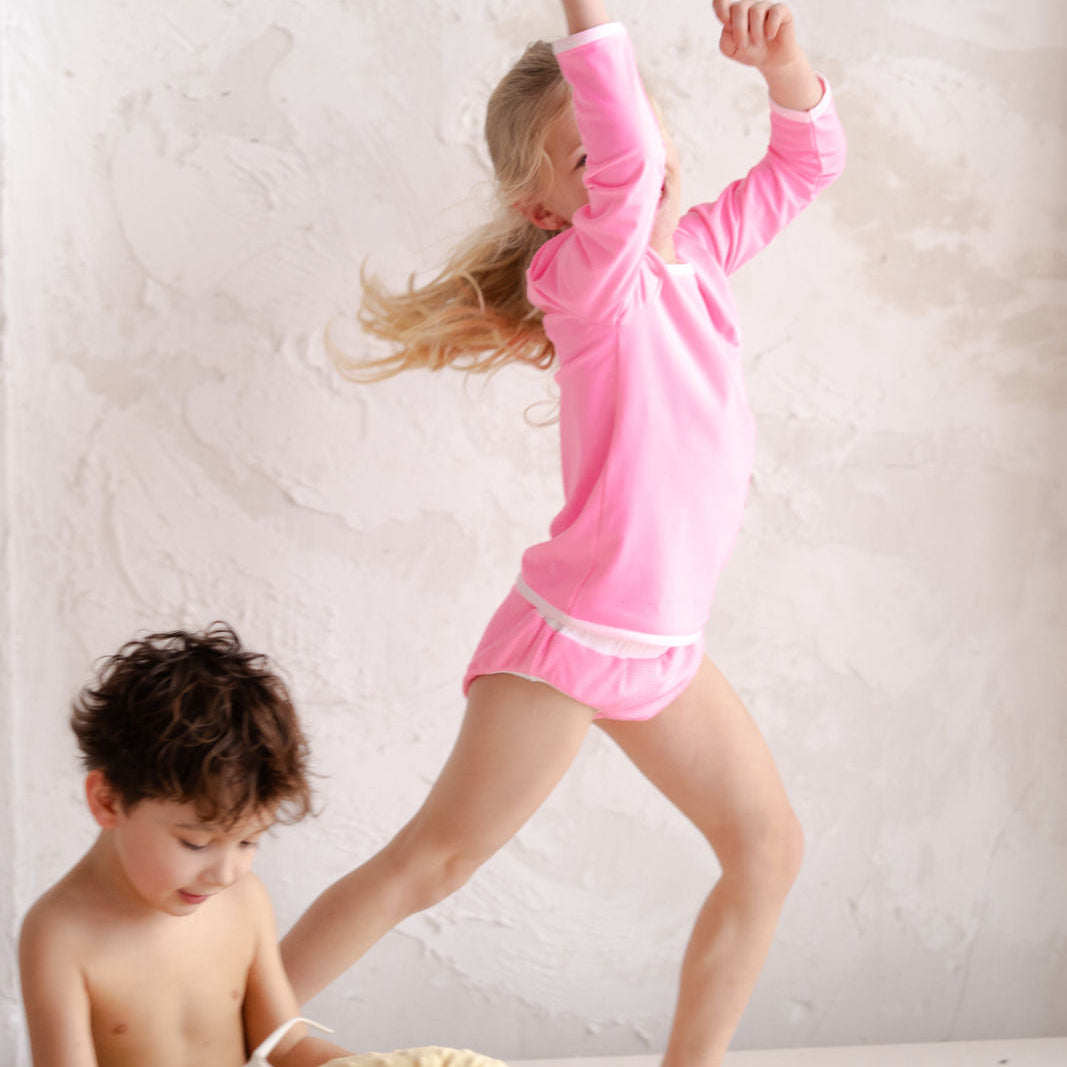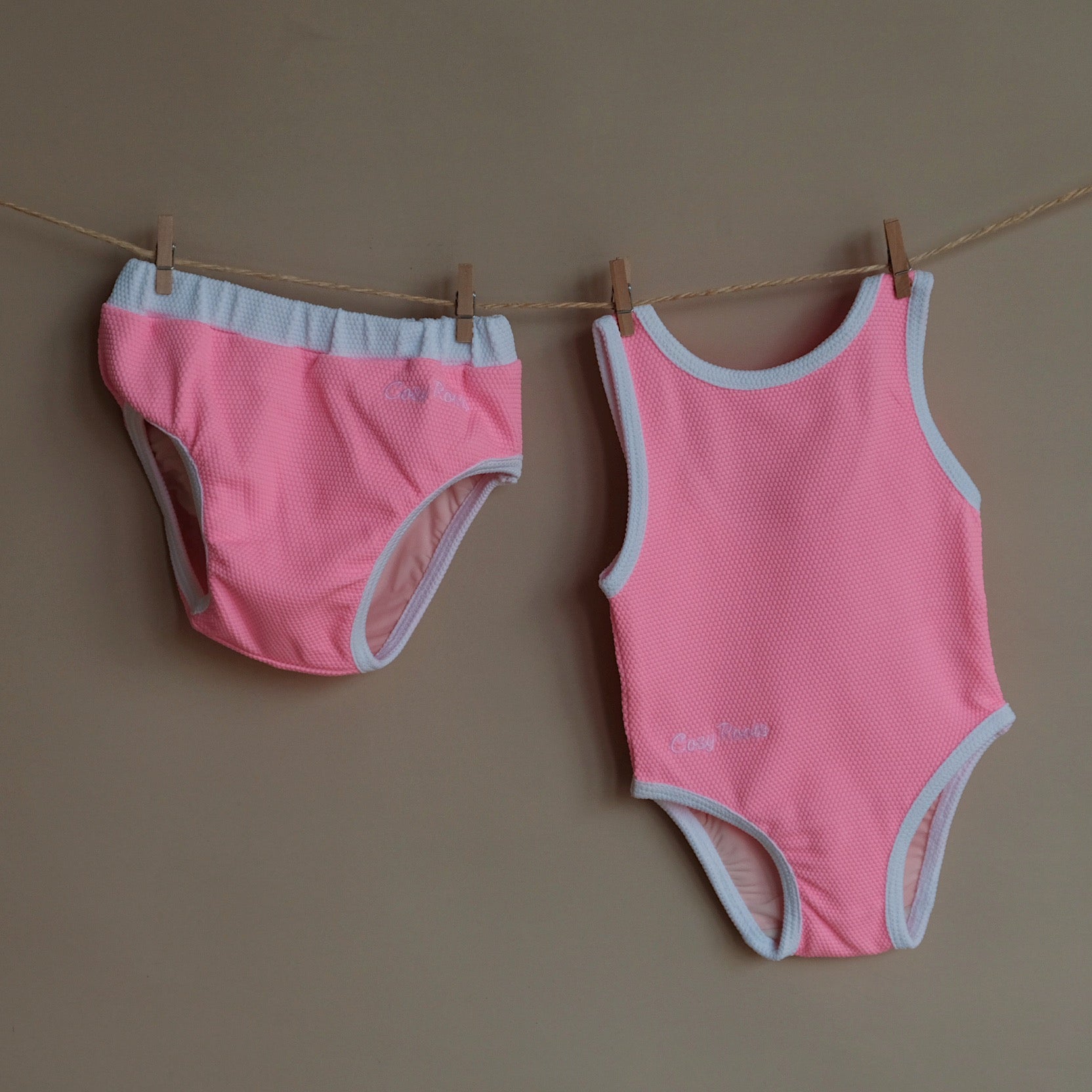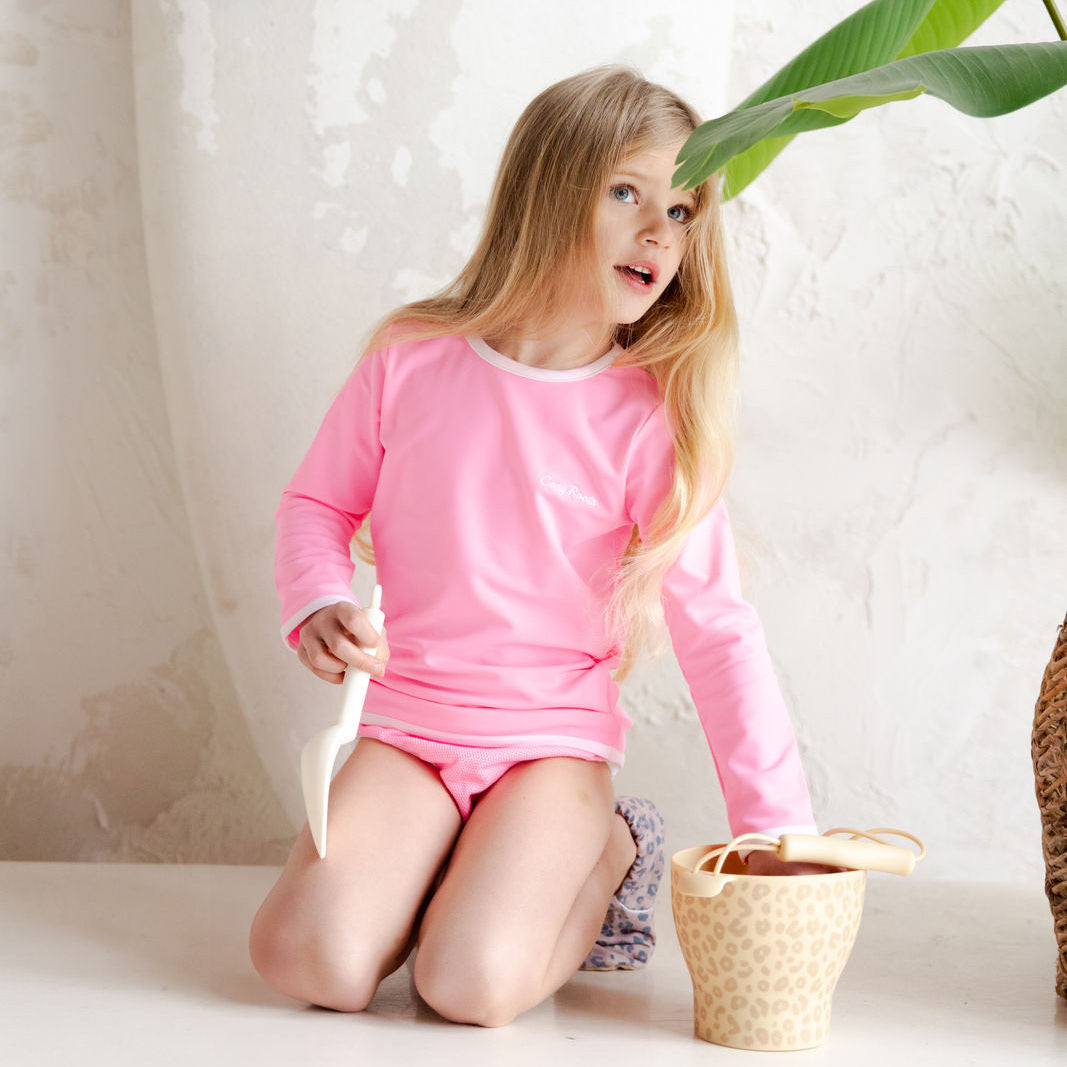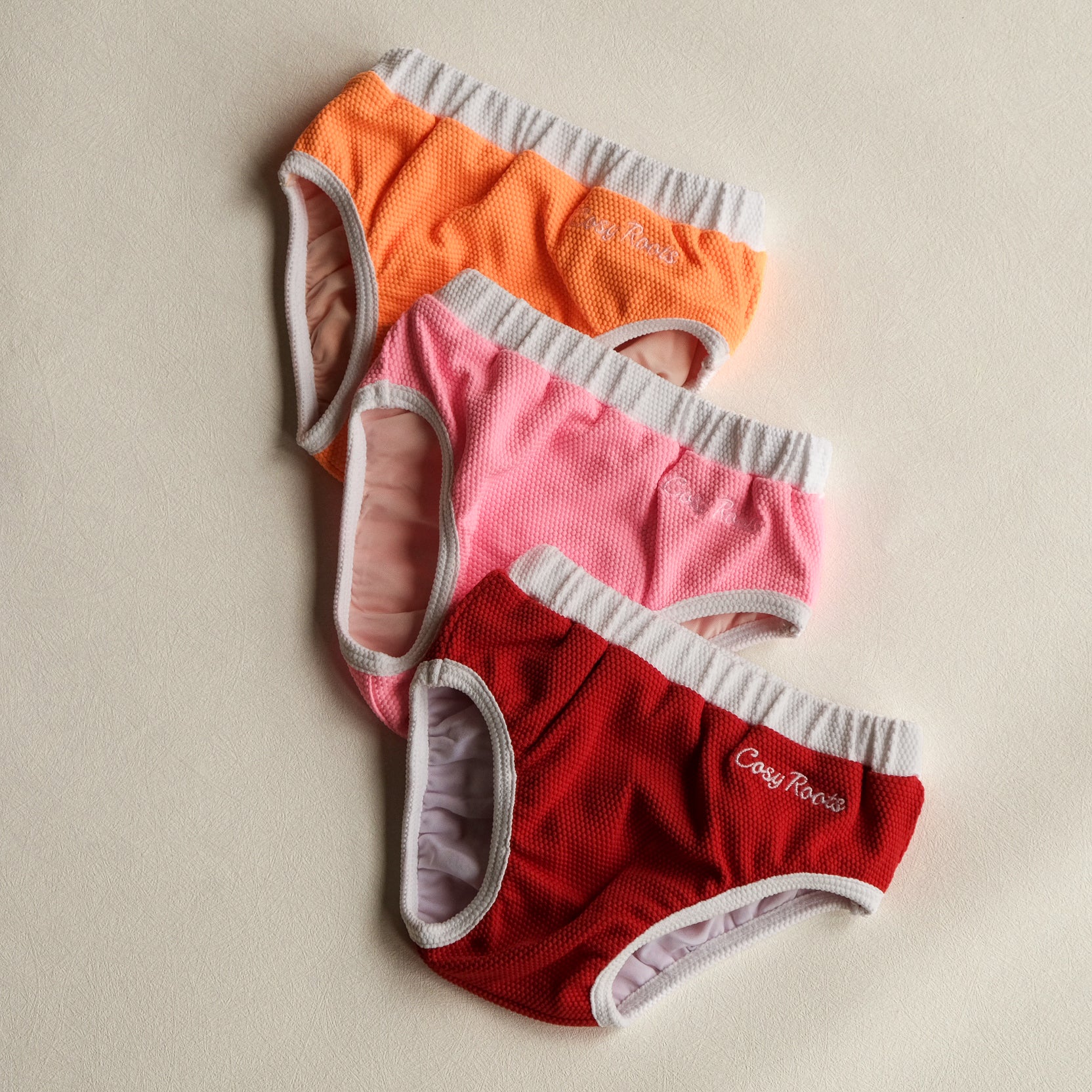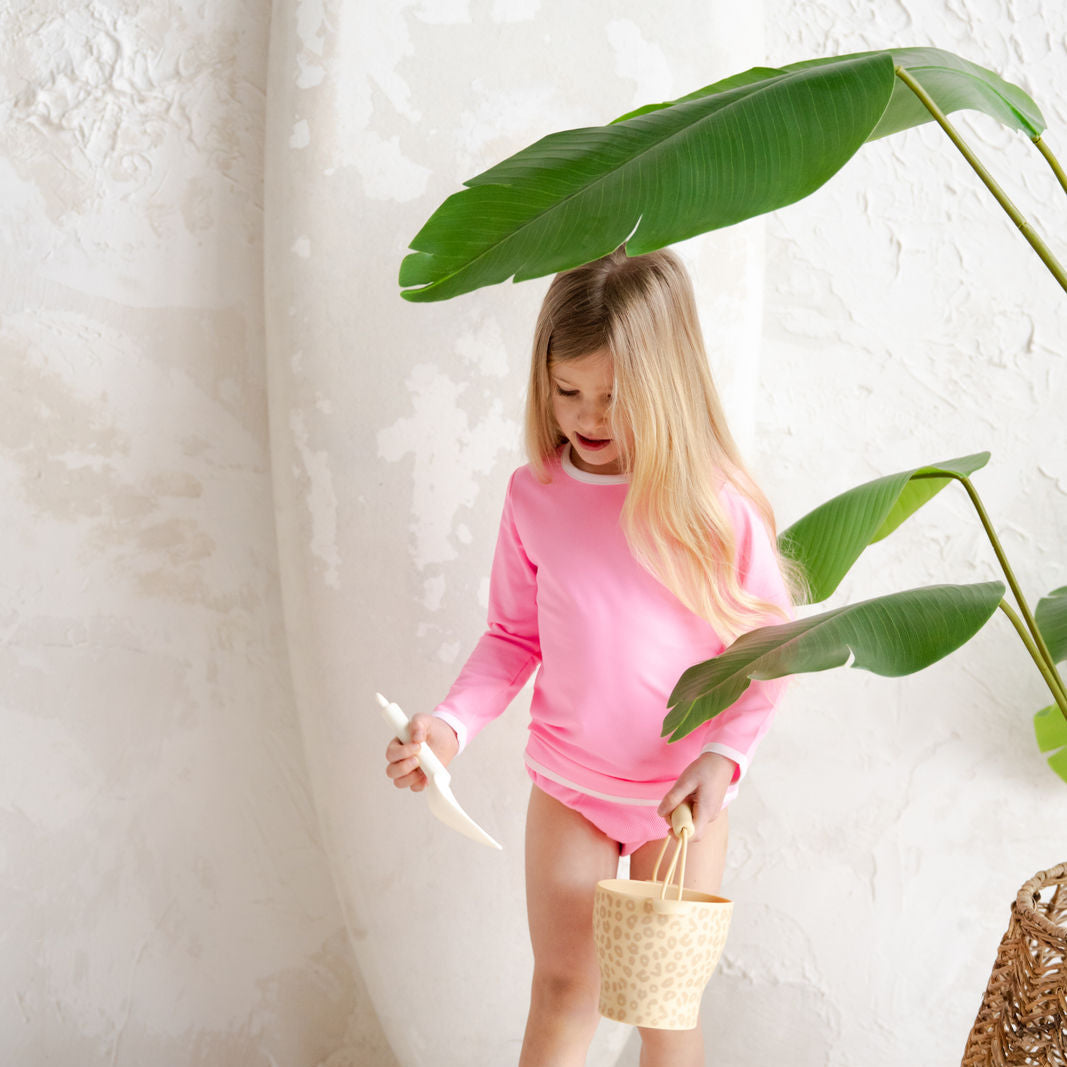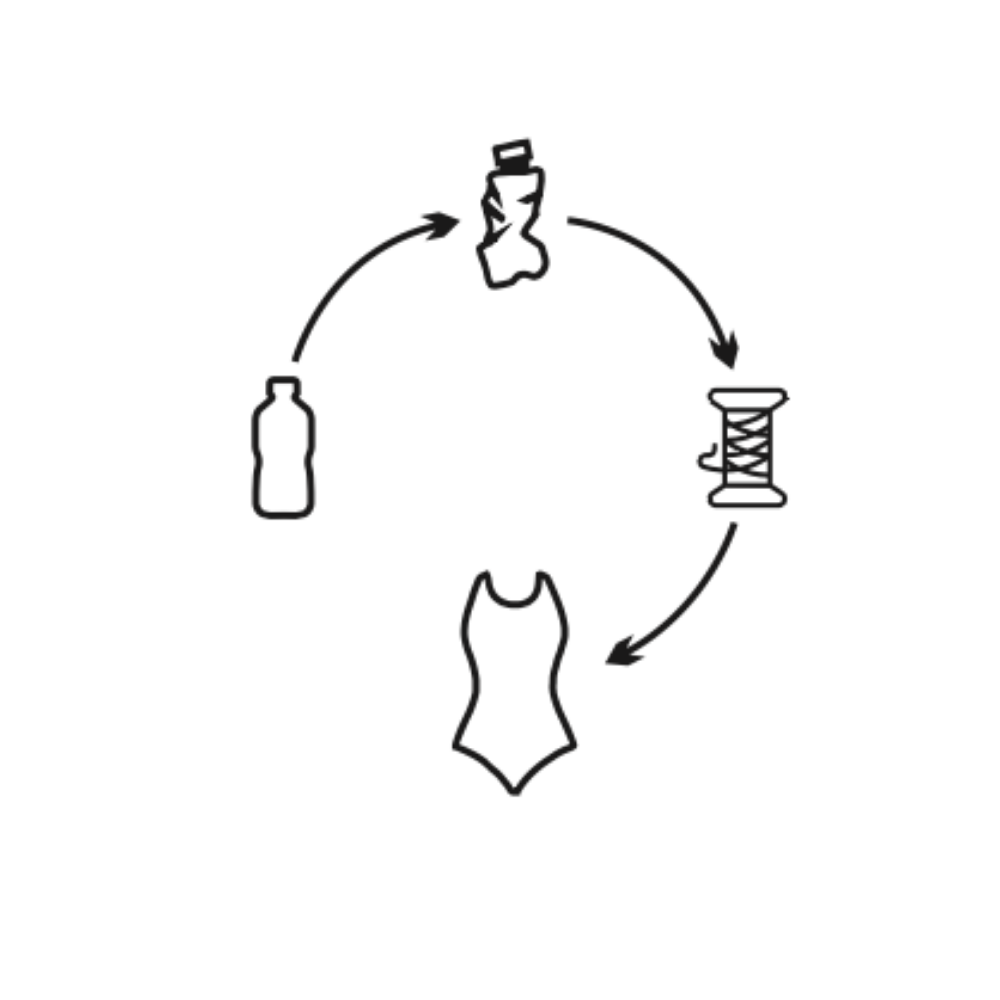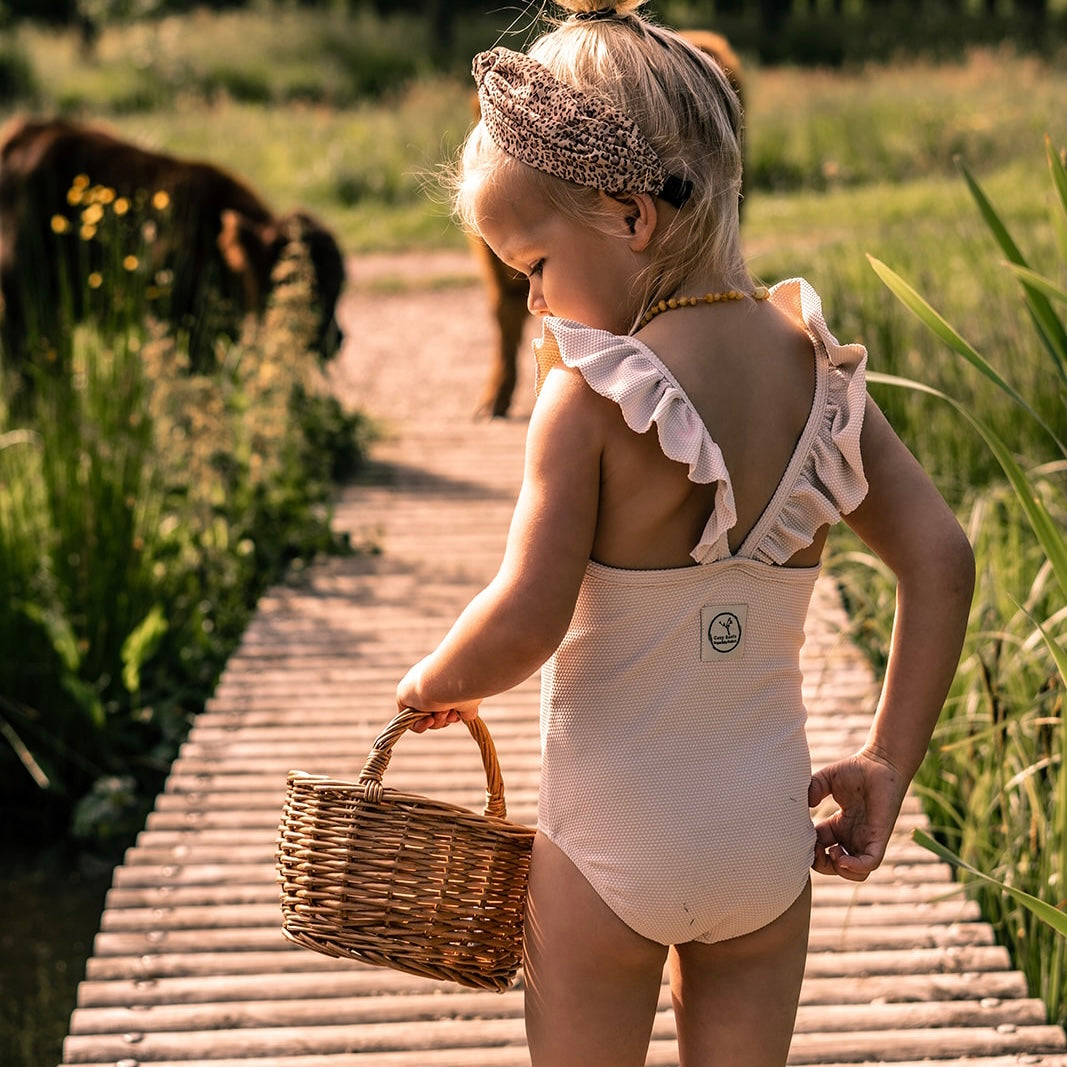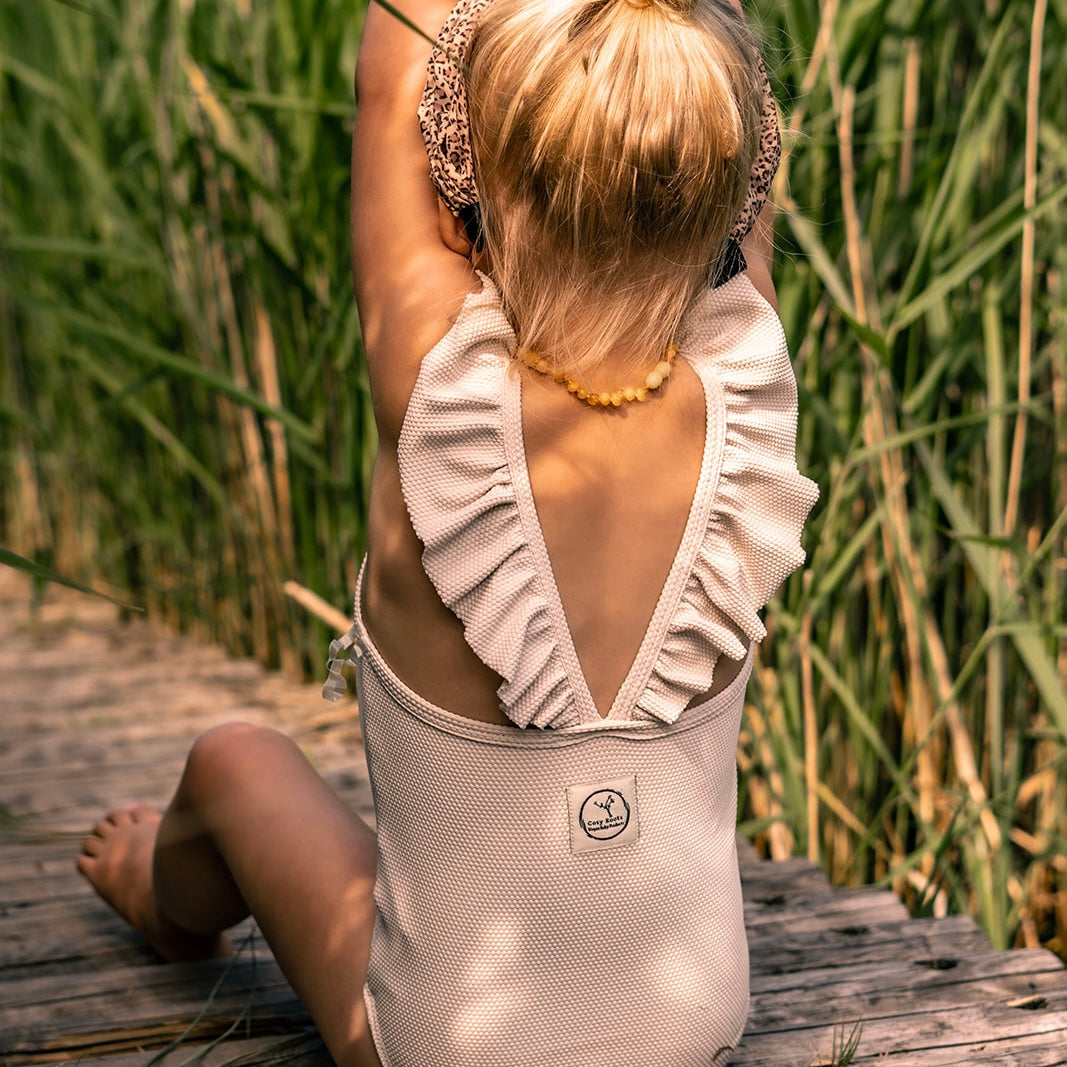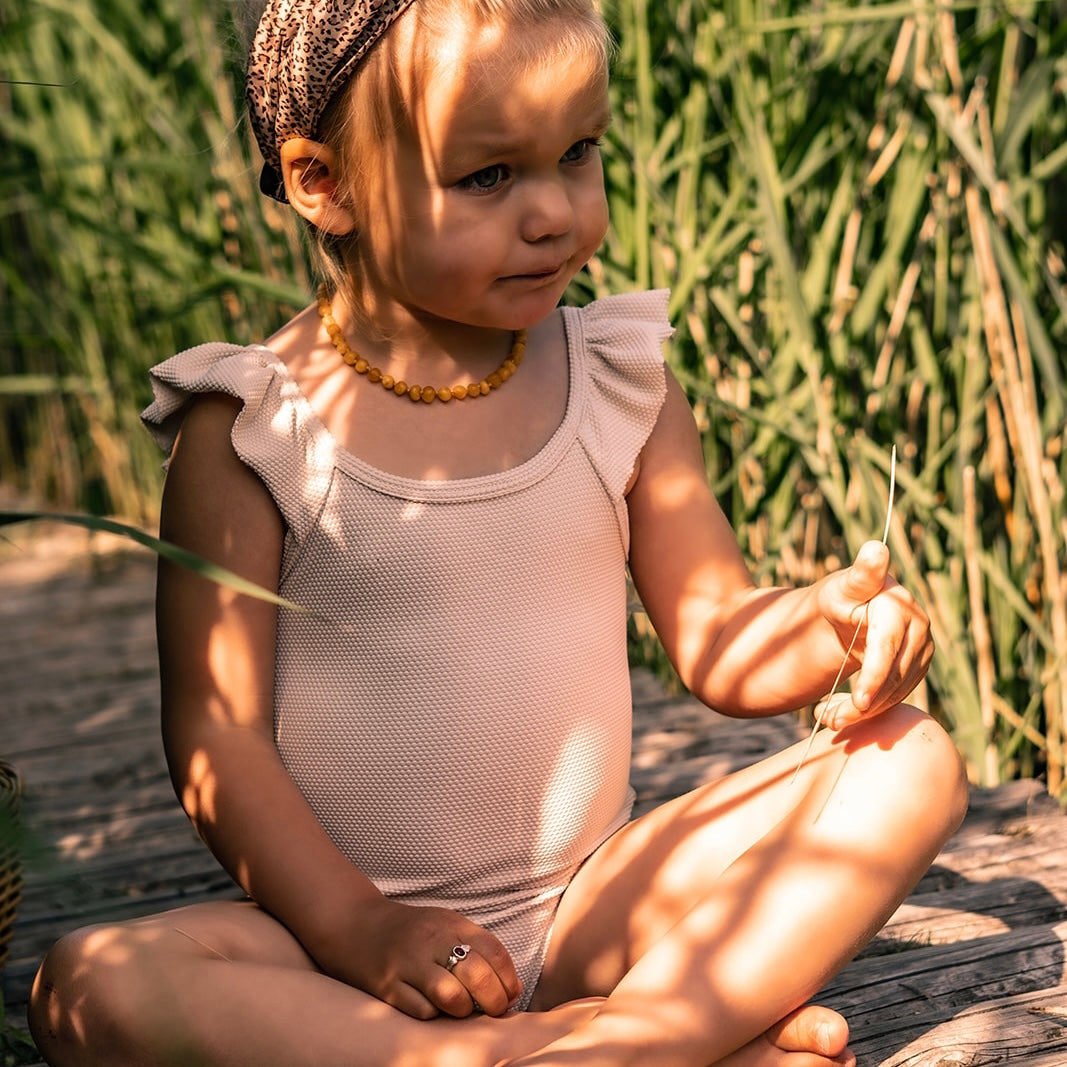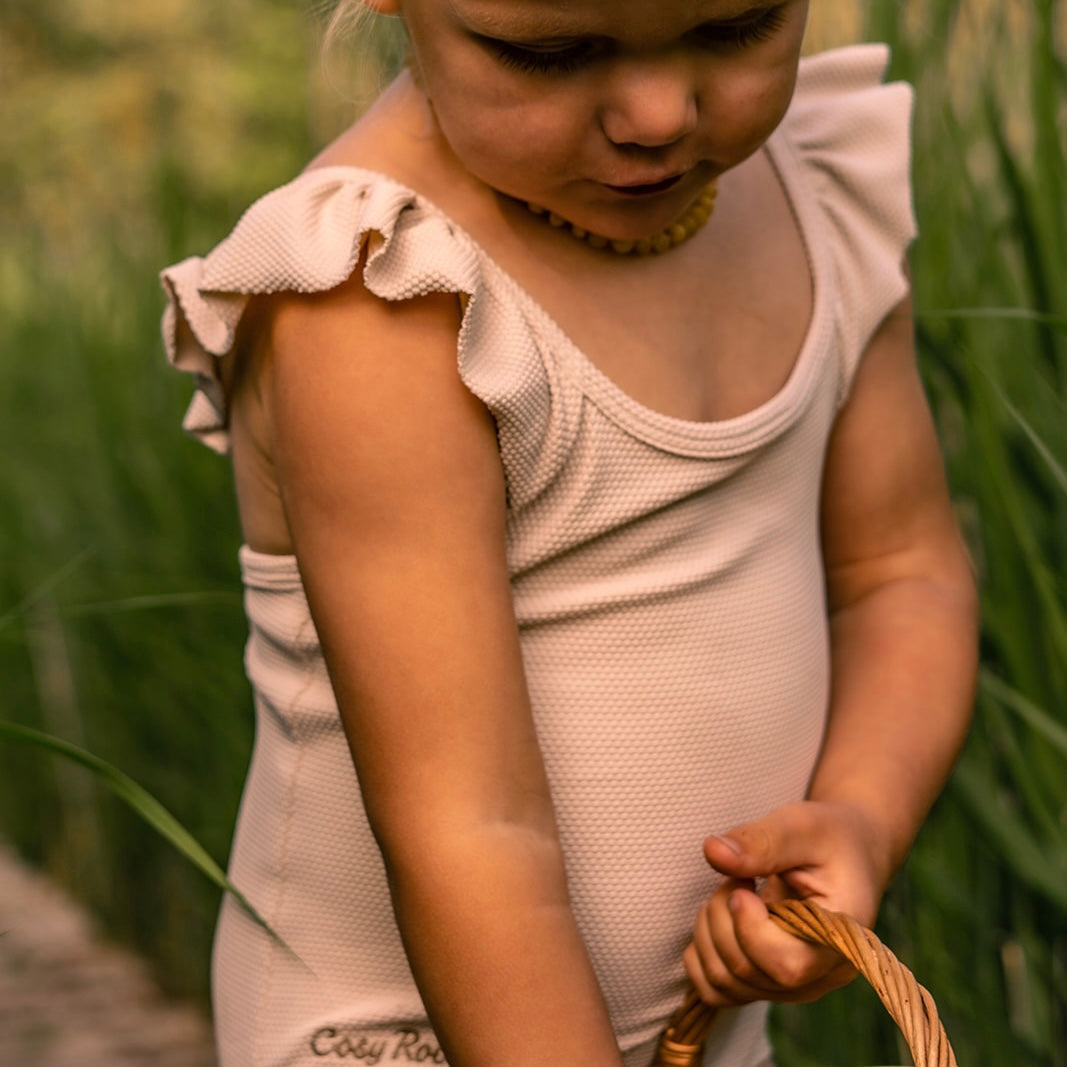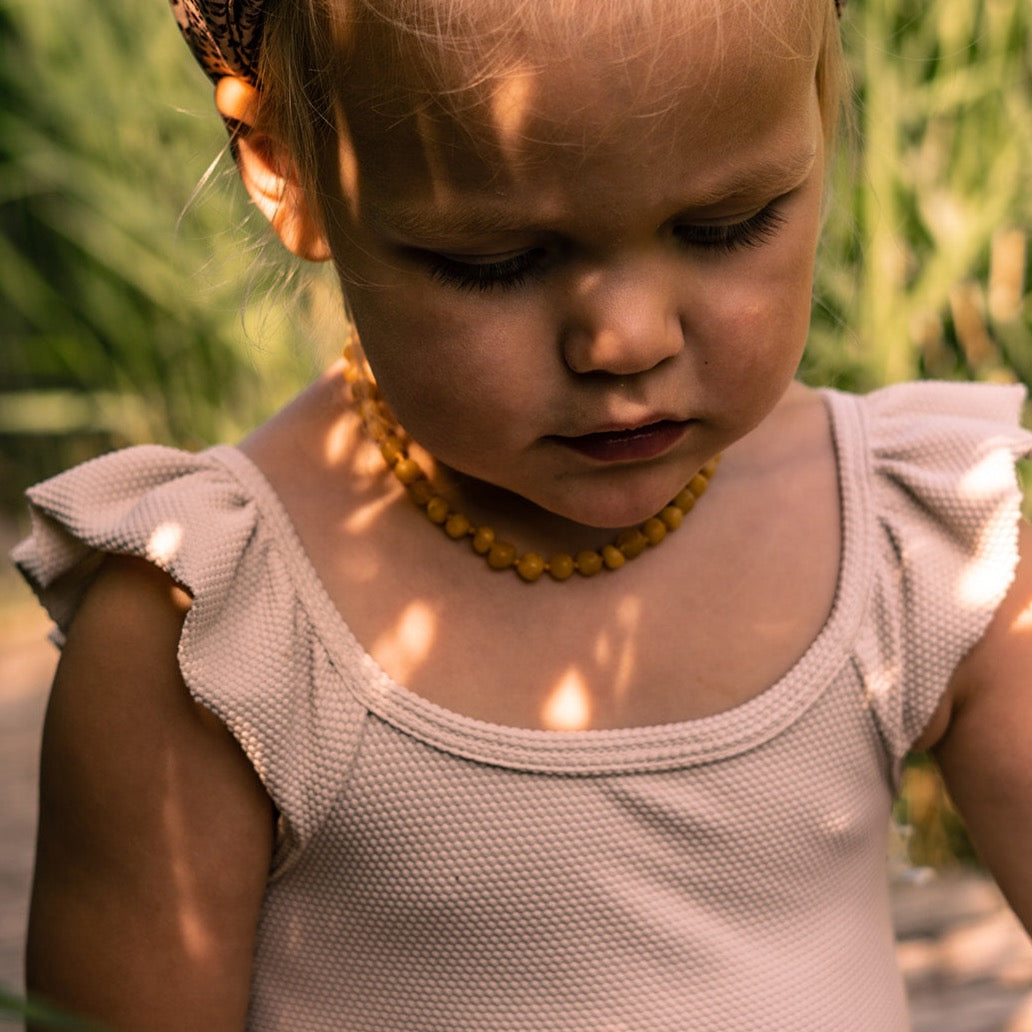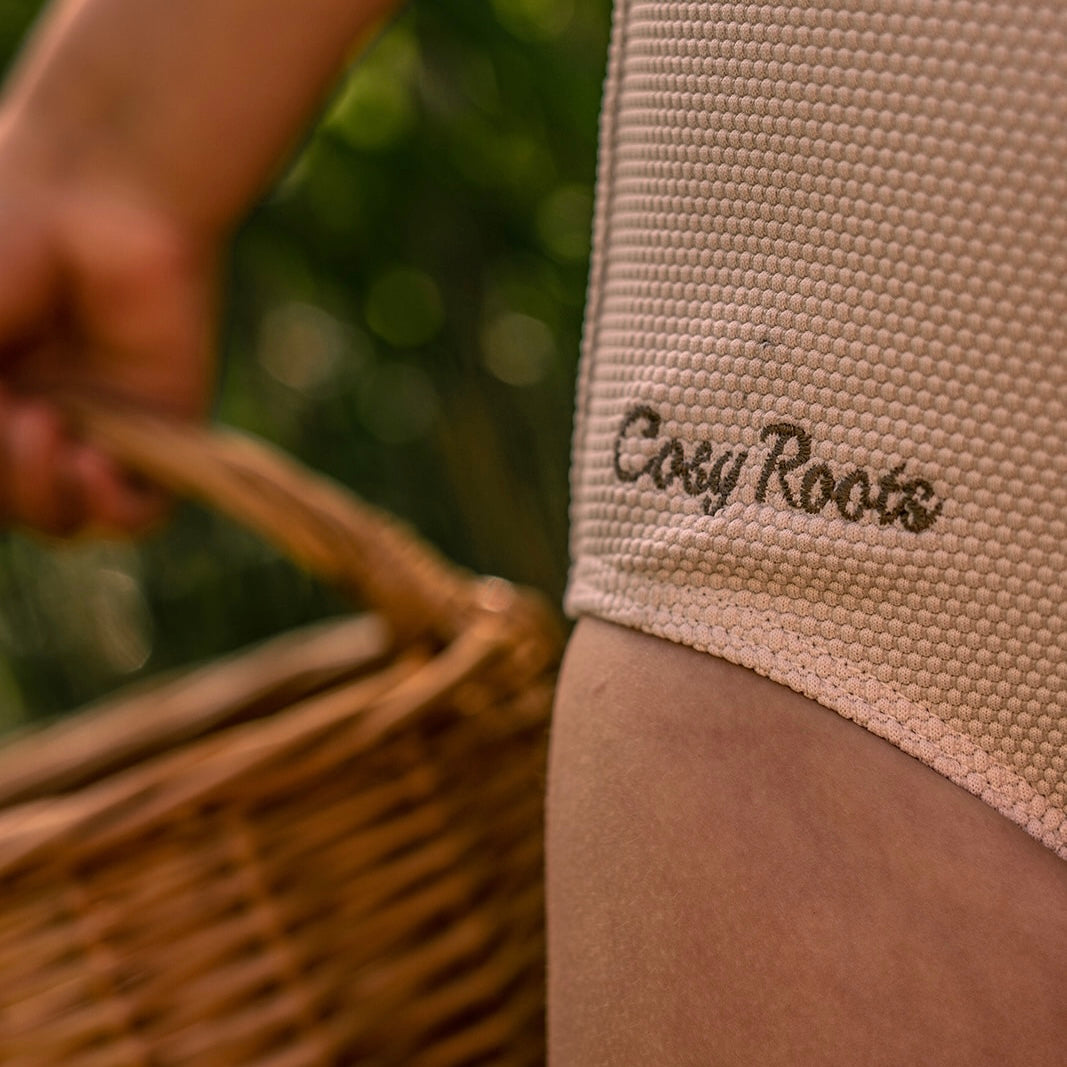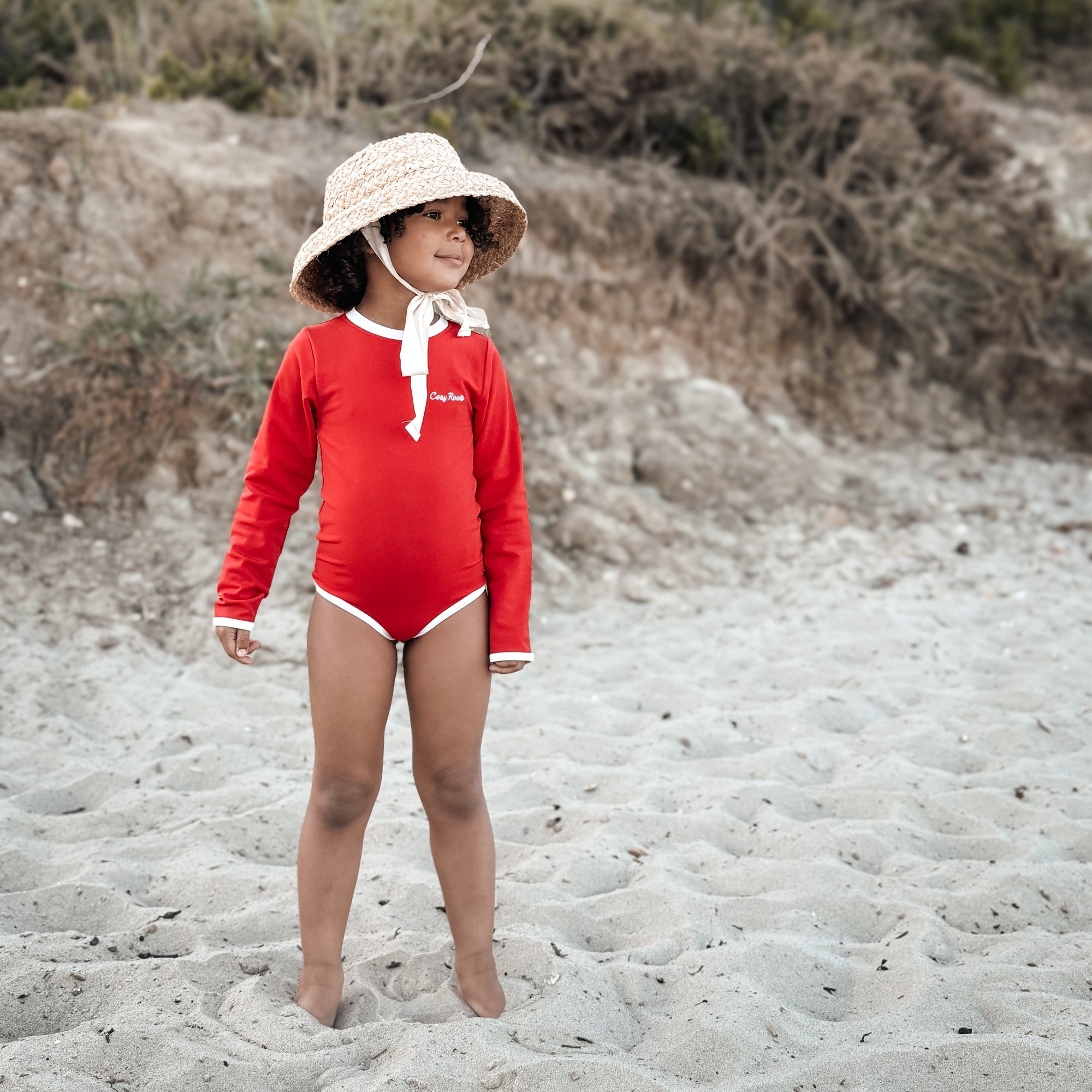Insects are really important creatures for our environment and humans. Unfortunately, due to human influence on their habitat, insecticides and fewer and fewer food and water sources, the number of insects is declining massively every year. Bees are particularly threatened and therefore under protection. The useful, striped insects have an increased need for water, especially in midsummer when temperatures rise. You notice a lack of water in bees, for example, when the insects are visibly exhausted and weak. Sometimes the thirst can also make the otherwise peaceful animals aggressive and hostile. To compensate for the lack of water and to offer bees and other insects a water source, you can build a bee waterer yourself from natural materials. In this guide, we will explain how to do this.
Bee waterer: materials from nature
If you want to build a bee waterer as a watering hole for bees and insects of all kinds, you have to consider a few things. Among other things, you have to know what makes a good bee waterer, how many bee waterers you should set up and which location is most suitable. Setting out a simple bowl of water is well intentioned, but can pose a potential hazard to the bees. We have collected the best tips for you to ensure that your bee waterer is safe and that there is a sufficient water supply. So nothing will go wrong when designing the bee waterer for your balcony or garden.
Bees need water – but what for?
Sure, bees are living creatures and they need fluids to keep their circulation going and not to become dehydrated. They get most of their fluids from nectar and food, but they also need water to quench their thirst. Dewdrops that collect on plants are usually sufficient for this. But bees also need water to cool their hive and feed their brood. Especially in residential areas with few plants, it is hardly possible for bees to find enough water points. A bee waterer can help to preserve and protect bee colonies, because the water point, which is designed to meet the needs of the bees, supplies them with the important H2O.
Build bee waterers yourself: Here's how
You don't need a lot of materials to build a bee waterer yourself. You probably even have most of them at home or you can find them in nature. Of course it would be great if you could create a natural garden pond in your garden, but a DIY bee waterer is also just the thing on a balcony or especially for families with small children who want to do without a pond for safety reasons.
What you need:
- A bowl
- moss
- stones
- branches
- water, preferably rainwater
How it goes:
Take a flat bowl or a deep plate and fill it with all sorts of natural materials such as stones, moss and twigs or expanded clay so that the bees have a suitable landing area on their search for water. Fill the bowl or plate with the rainwater. Bees don't like tap water that much because it's less rich in nutrients. Don't forget to refill the waterer regularly and clean it about every two weeks to prevent bacteria from accumulating in your bee waterer and to ensure good water quality.
The perfect place for your bee waterer
The optimal location for a bee waterer is sunny and very warm. Make sure it is protected from the wind and ideally covered so that the bees can rest when it rains. It is perfect if you place your bee waterer near bee-friendly plants. The bees come, attracted by the colorful flowers to collect pollen and nectar and will then be able to find and accept your potions more easily. If you have a beehive nearby, the bee trough should be at least 40 meters away from the hive, otherwise the water in the trough will be too heavily contaminated by bee excrement. The bee waterers are particularly attractive when you add a few drops of aniseed oil to the water. The strong essential fragrance is particularly pleasant for bees and can lure them directly to your bee waterer.
|
|
Once you have successfully attracted bees with your bee waterer, they will fly to your garden or balcony regularly. Make sure they always have enough water, because just a few failed attempts and they will find another bee waterer to meet their water needs. Especially with children, building a bee waterer is a great opportunity to teach children about the role of bees in our ecosystem and at the same time do something good for the bees.

